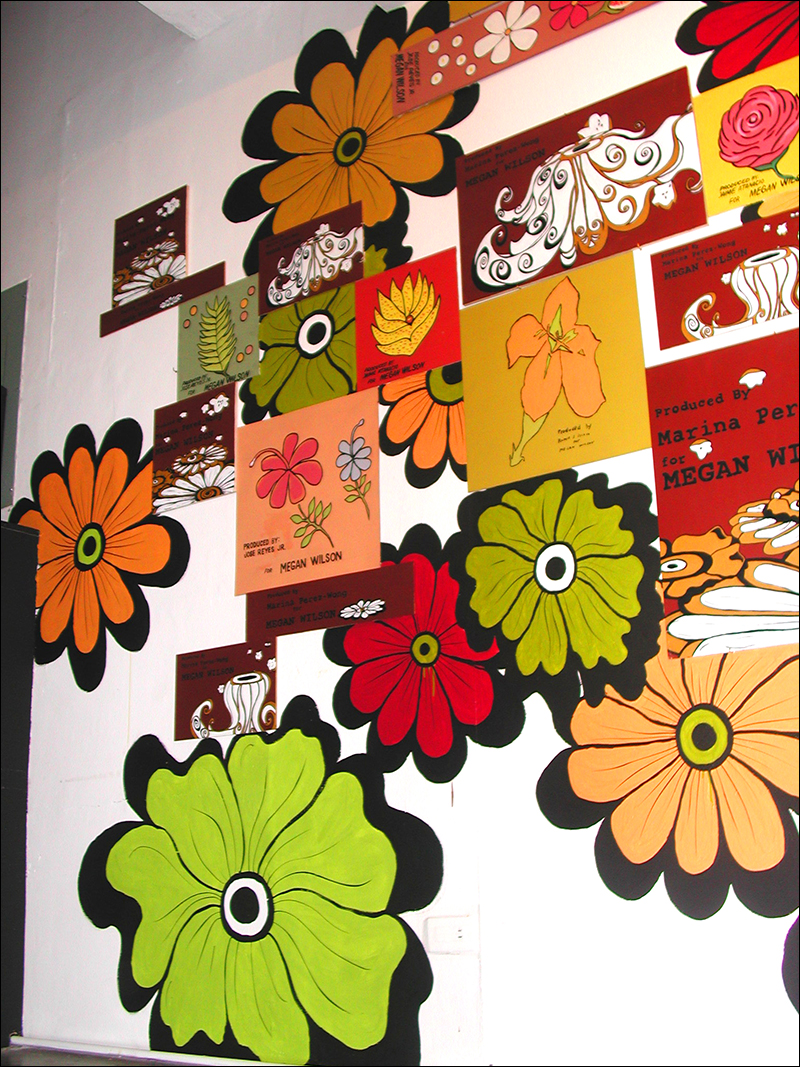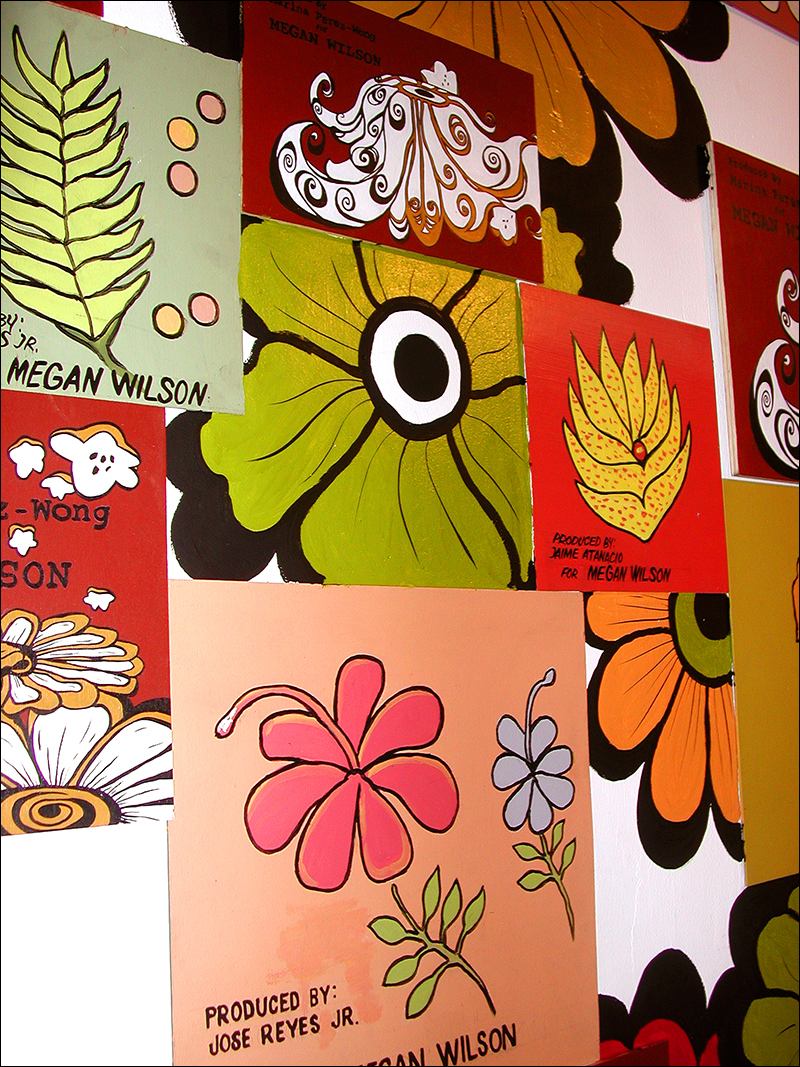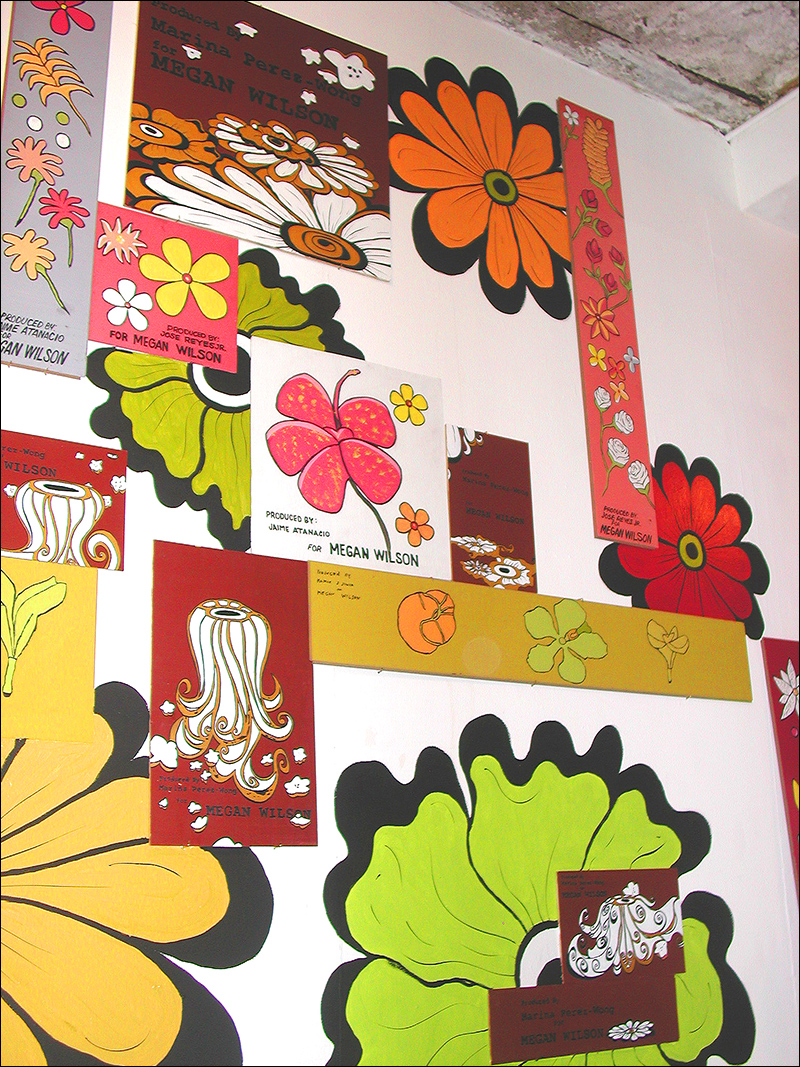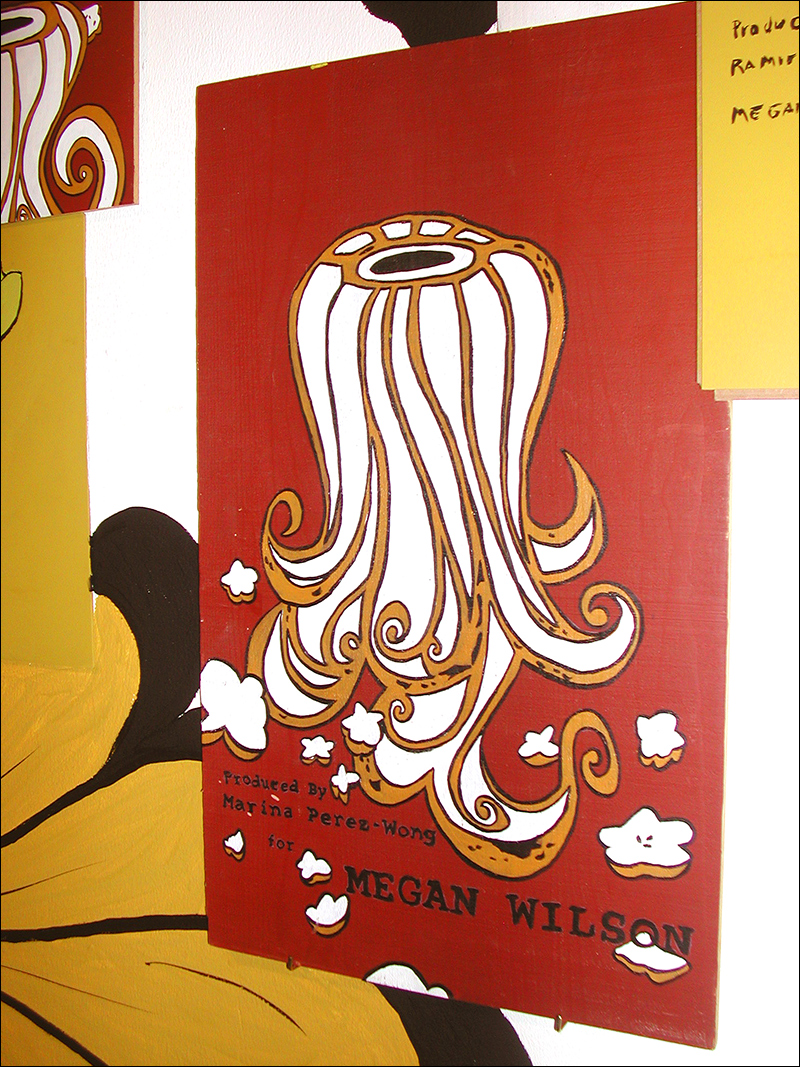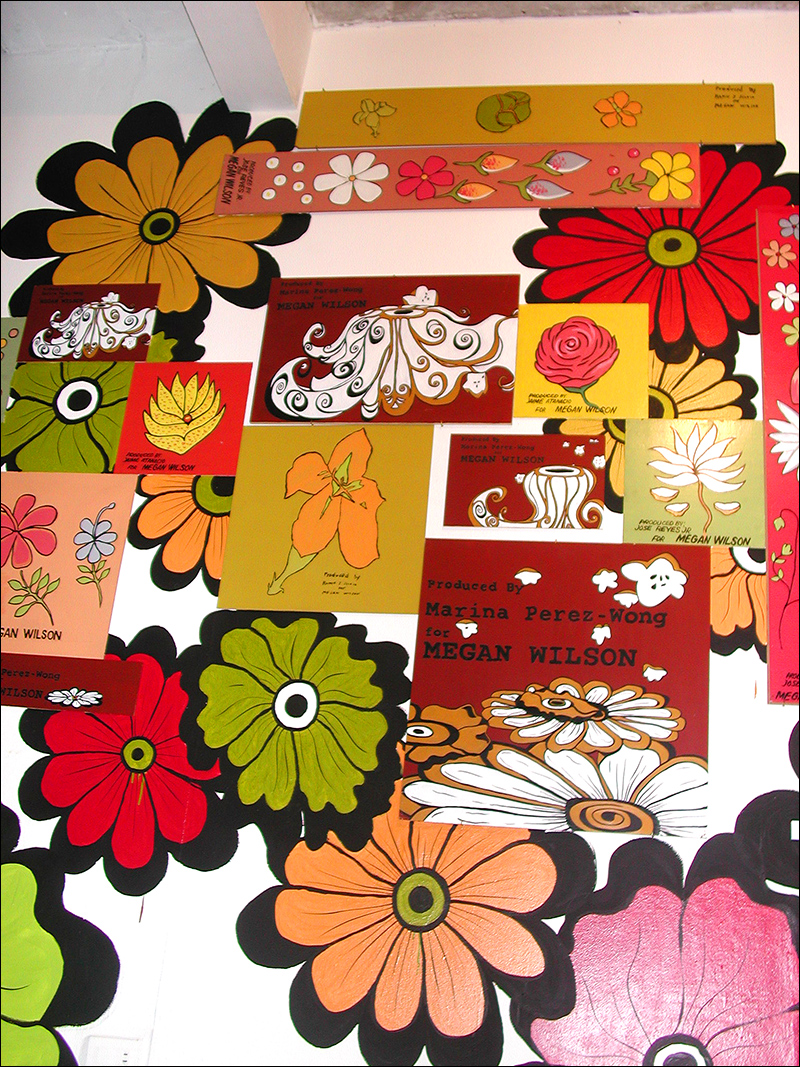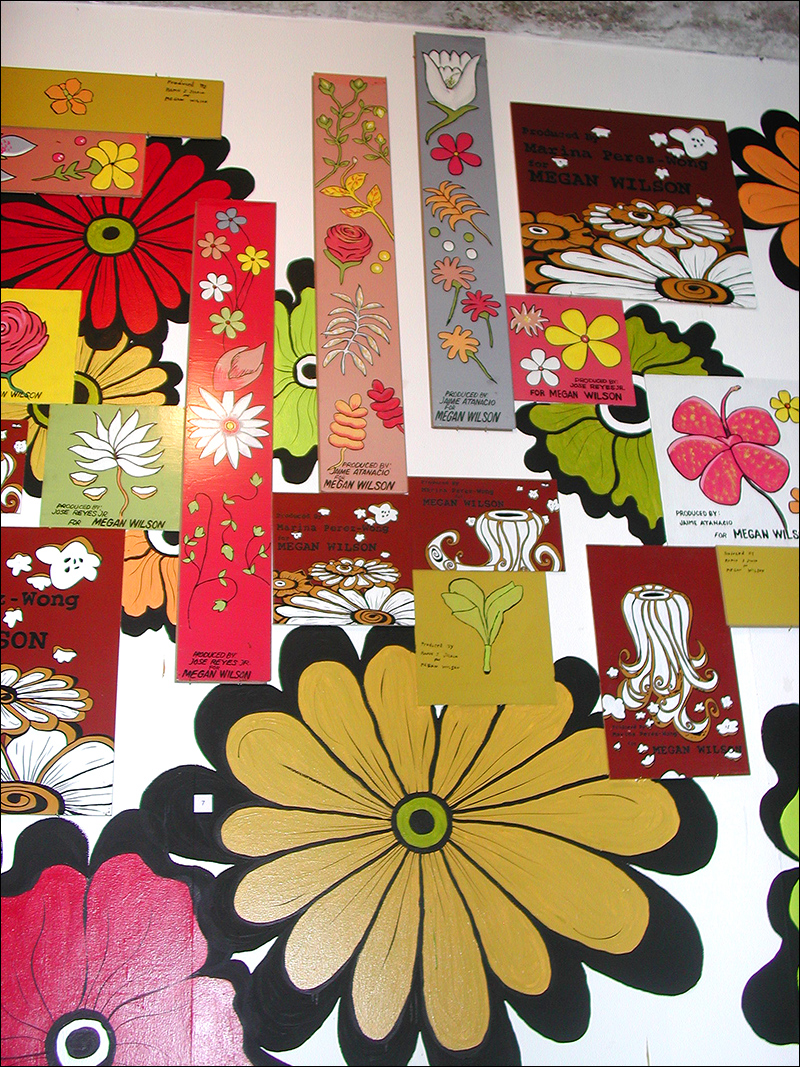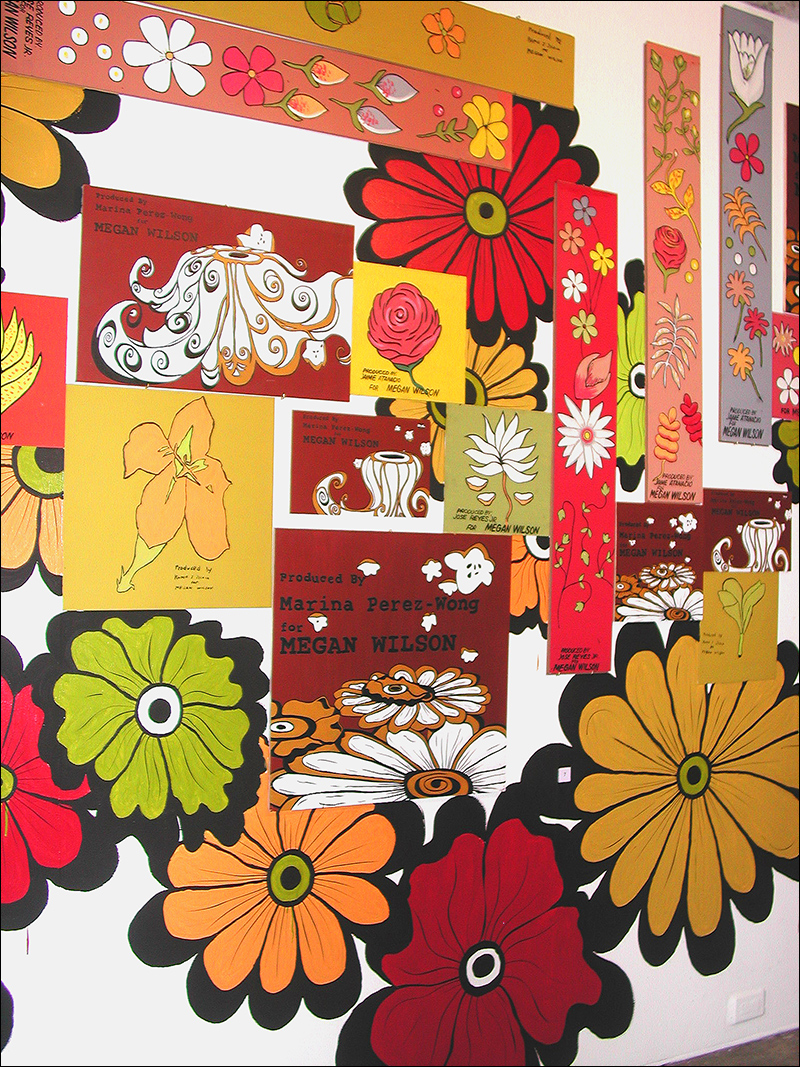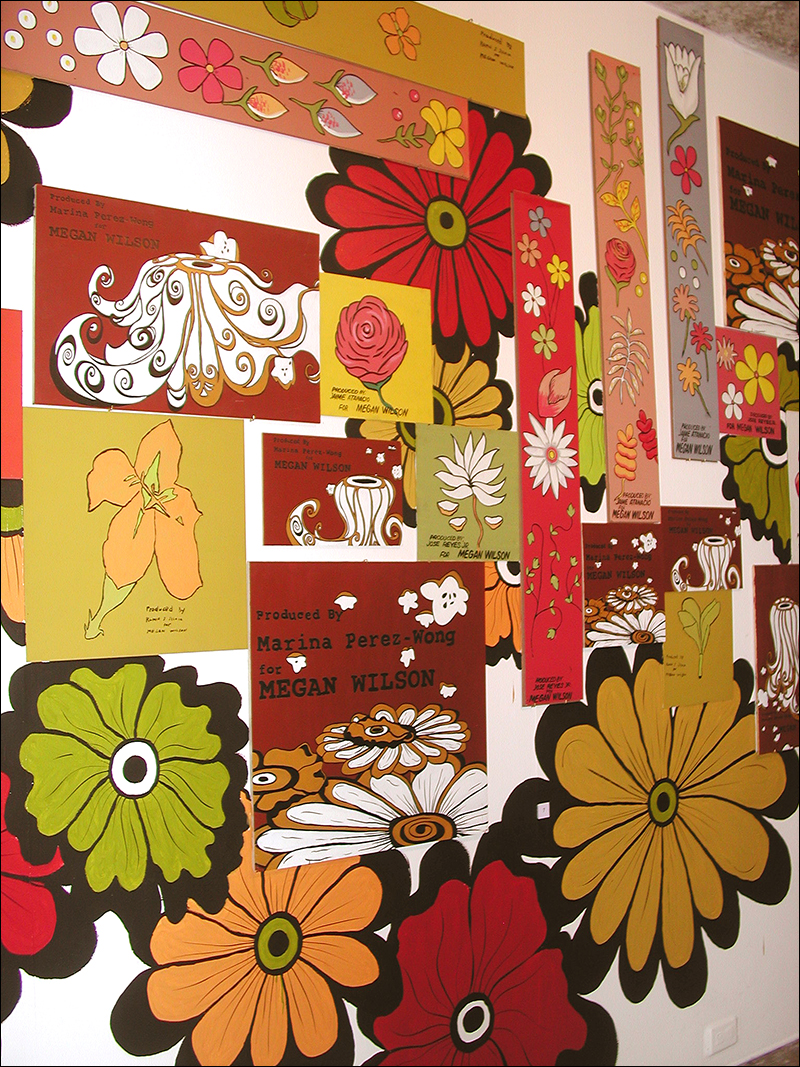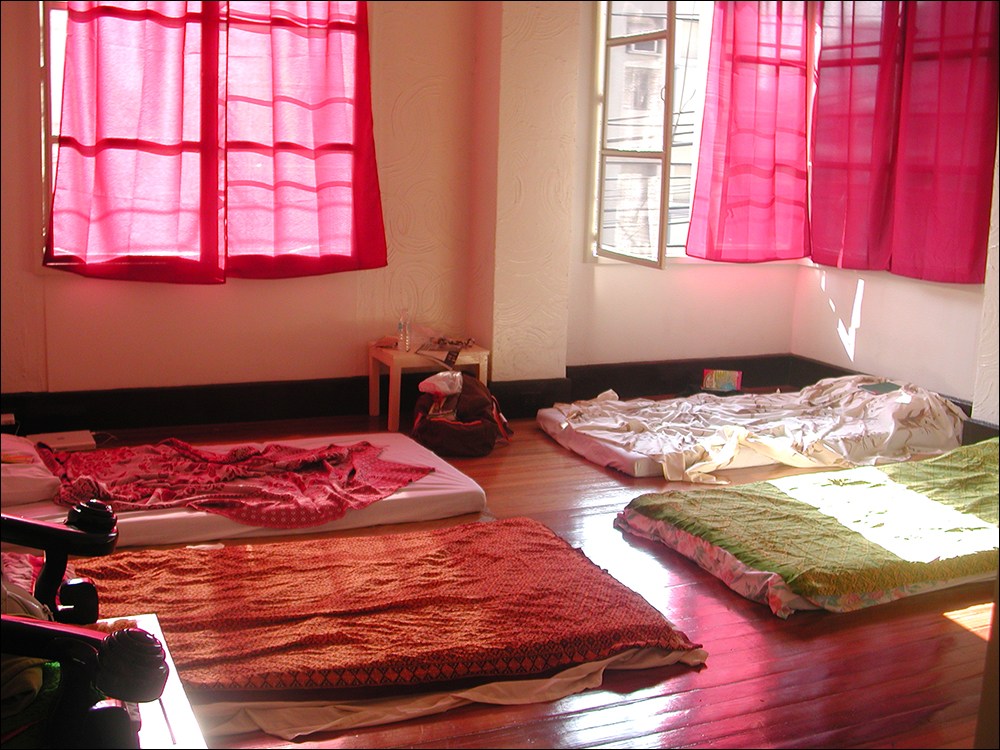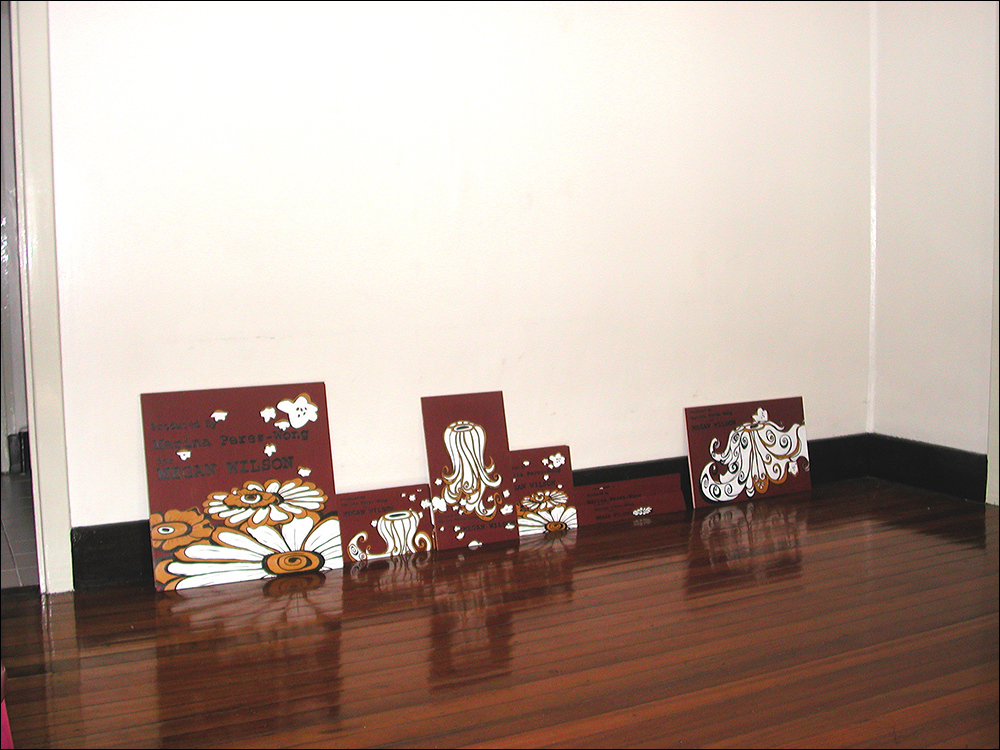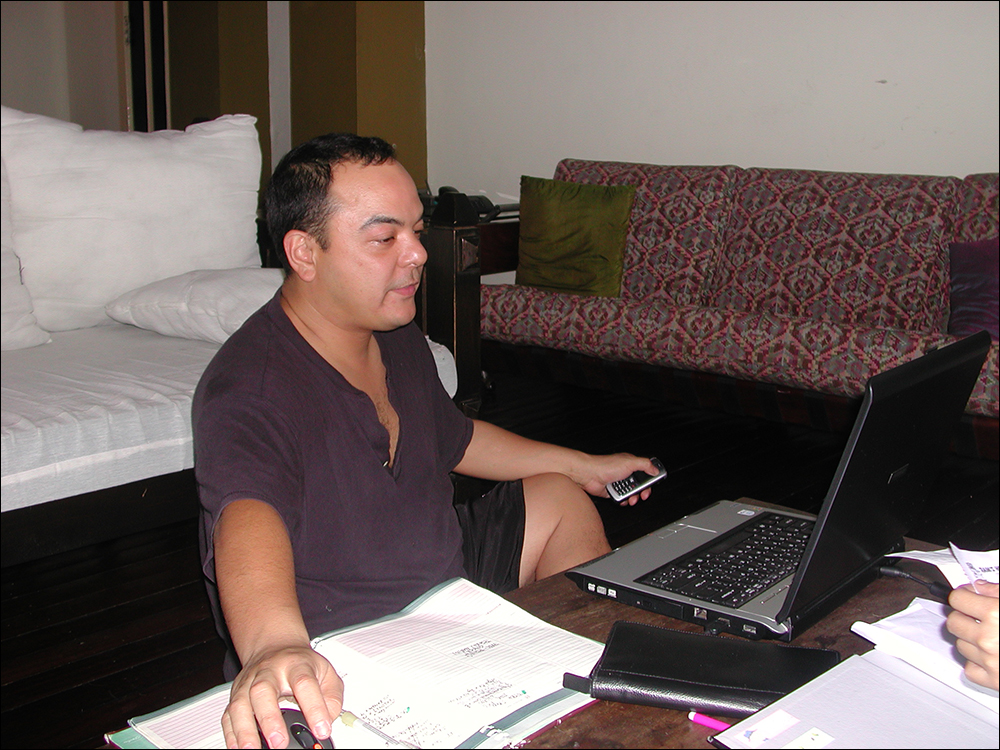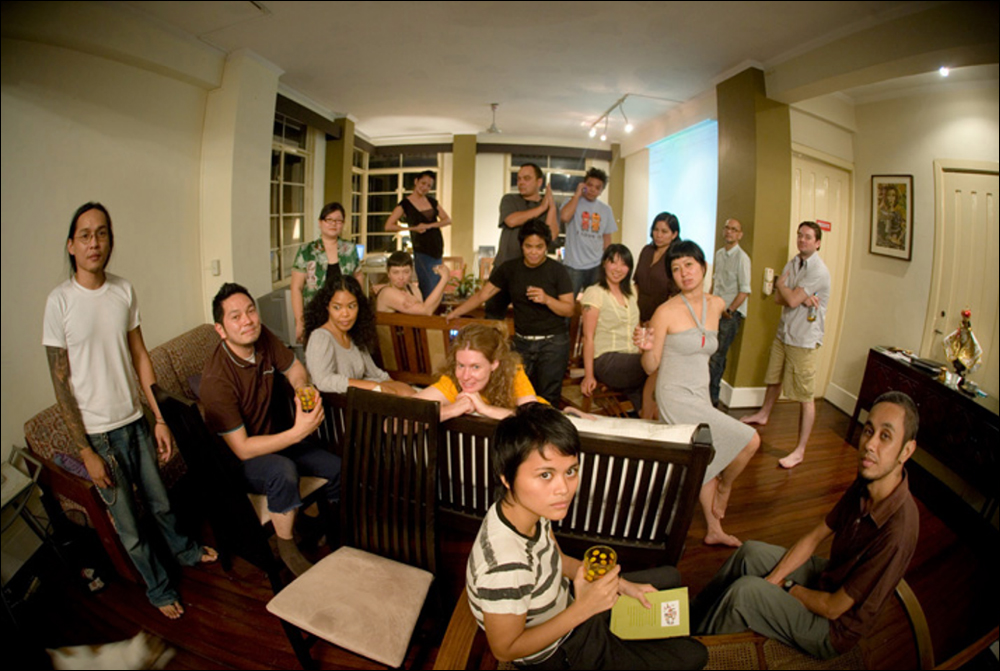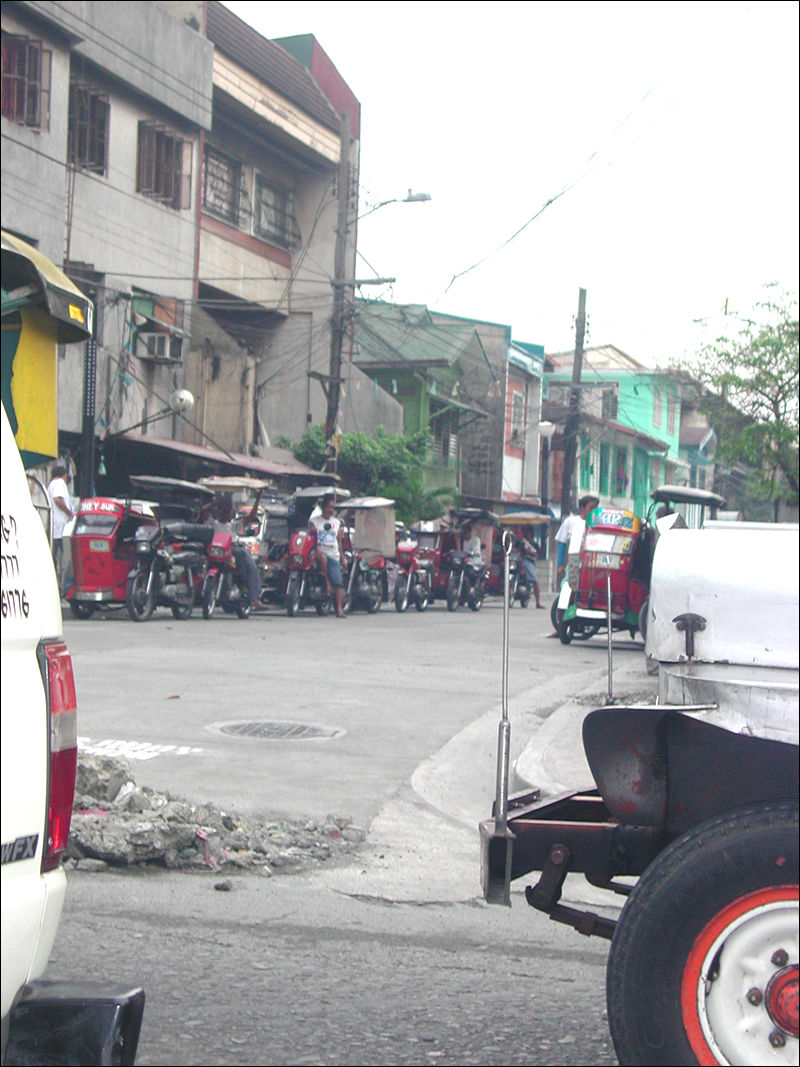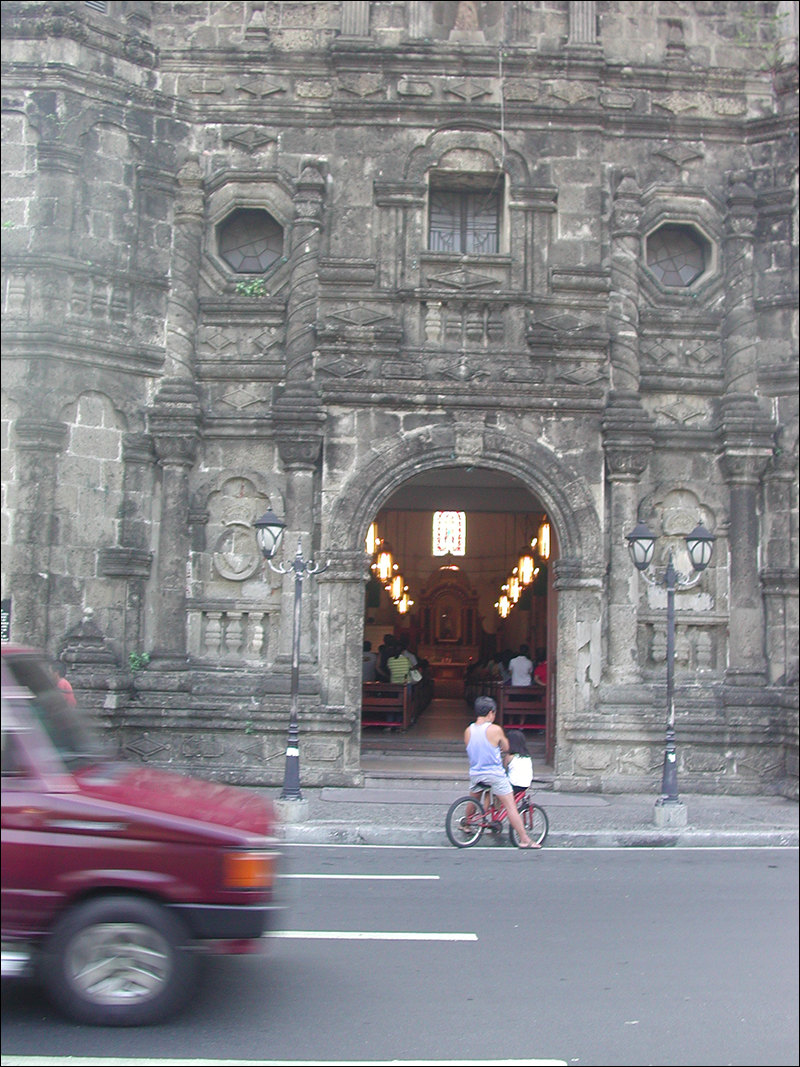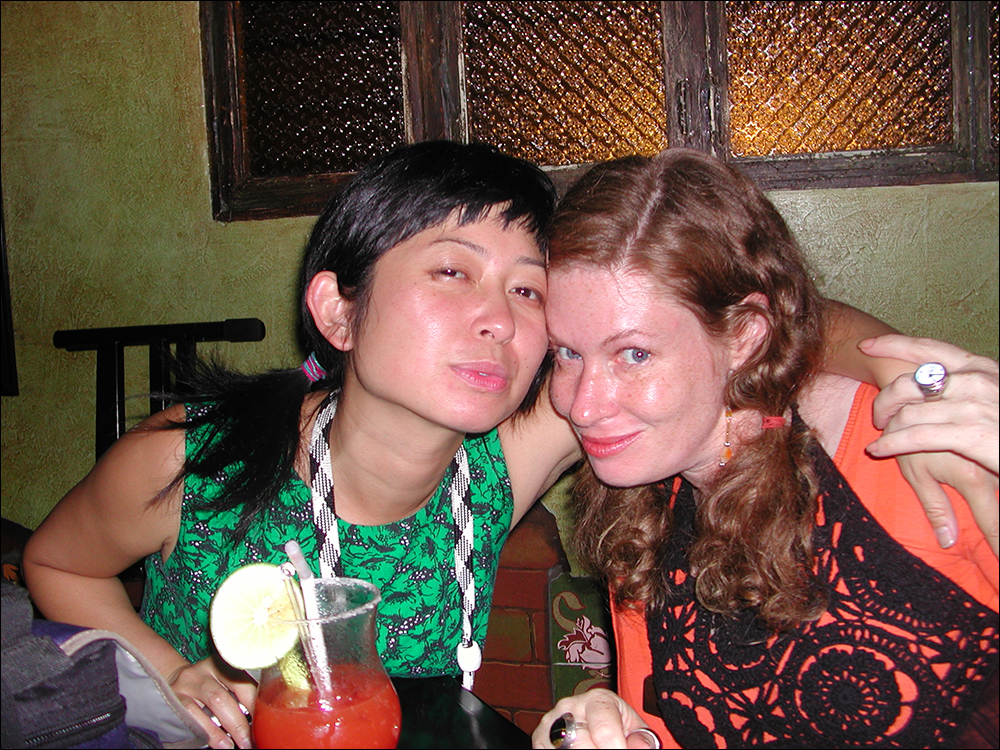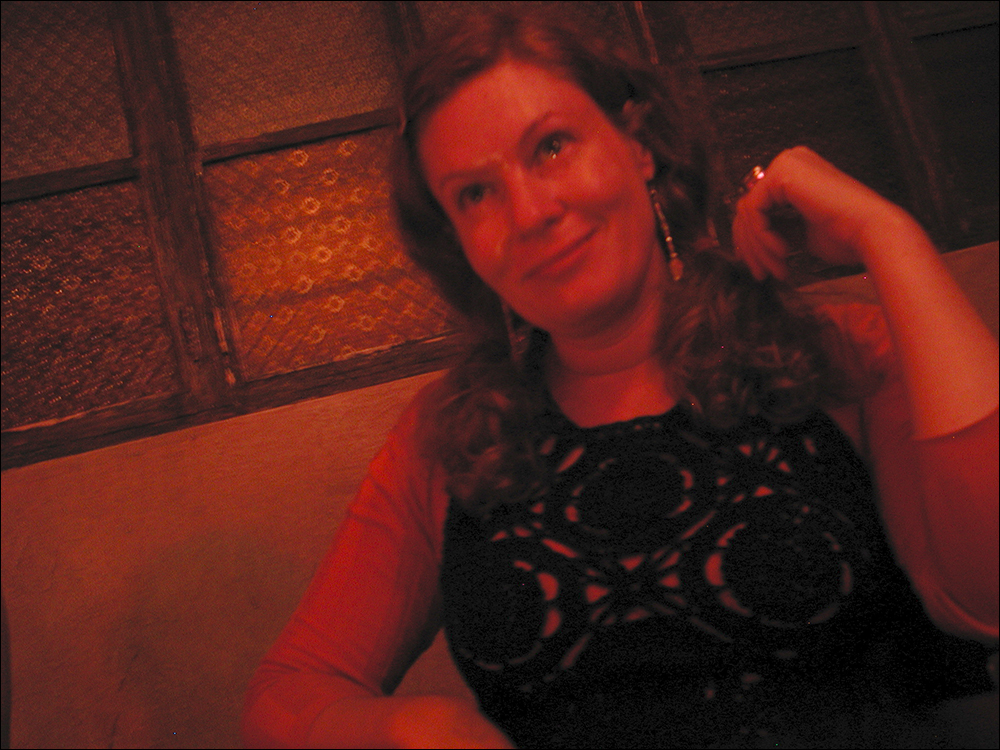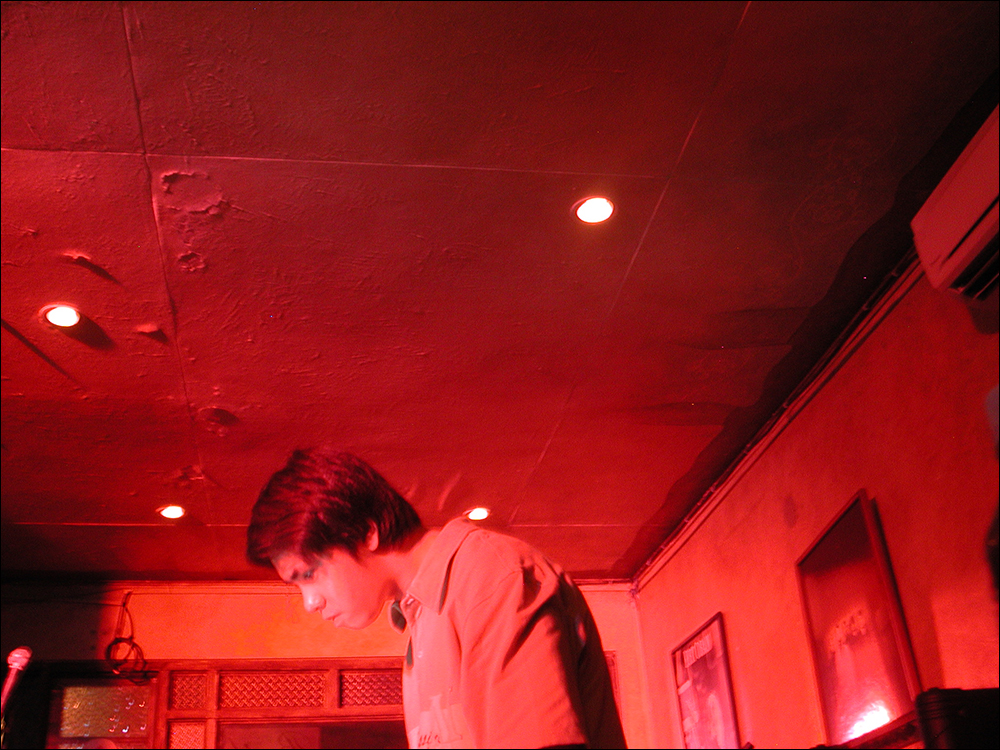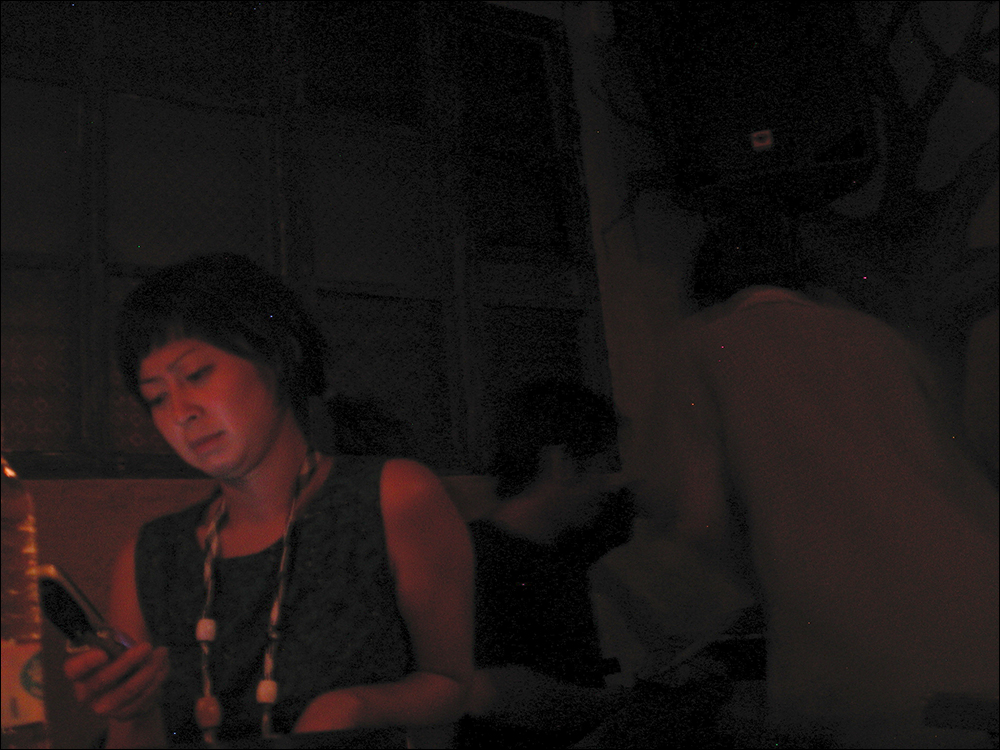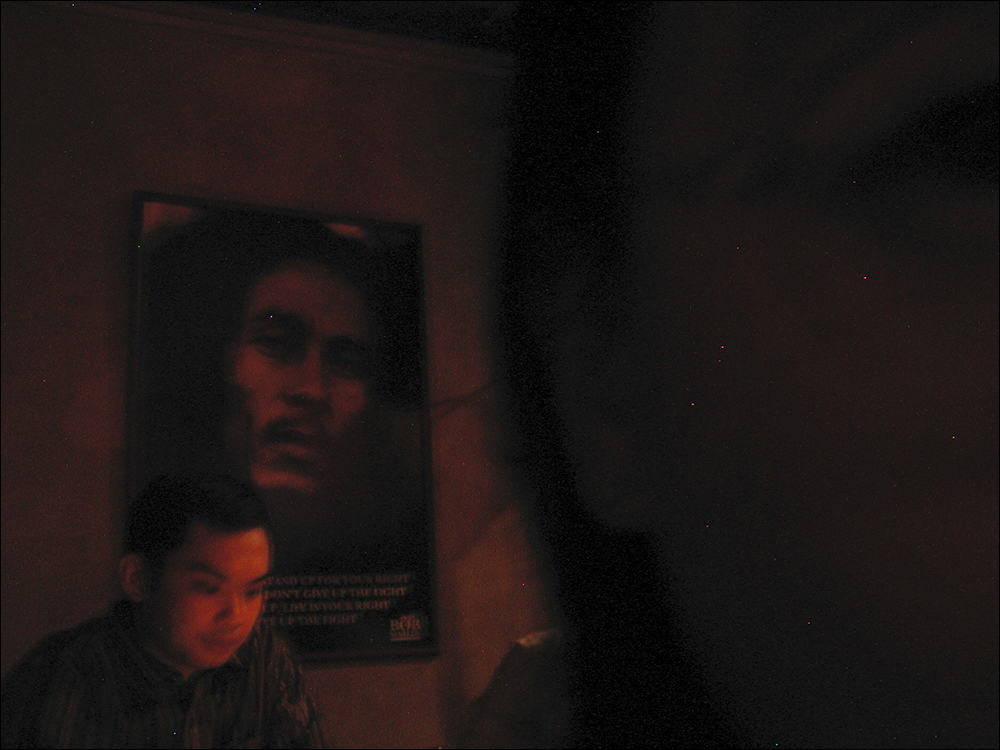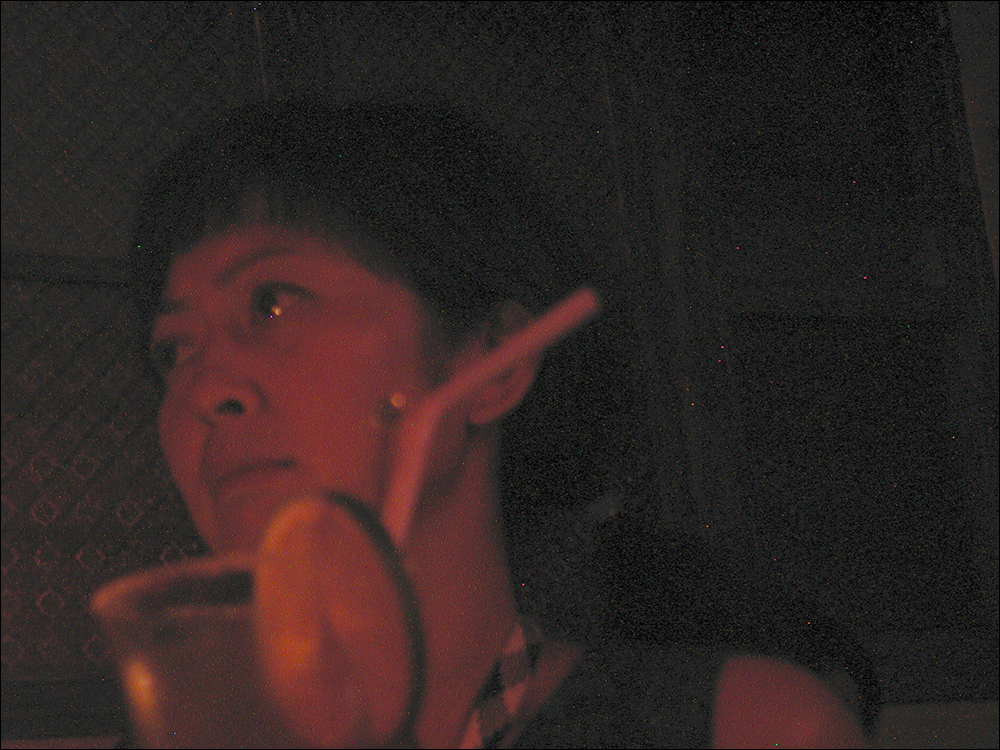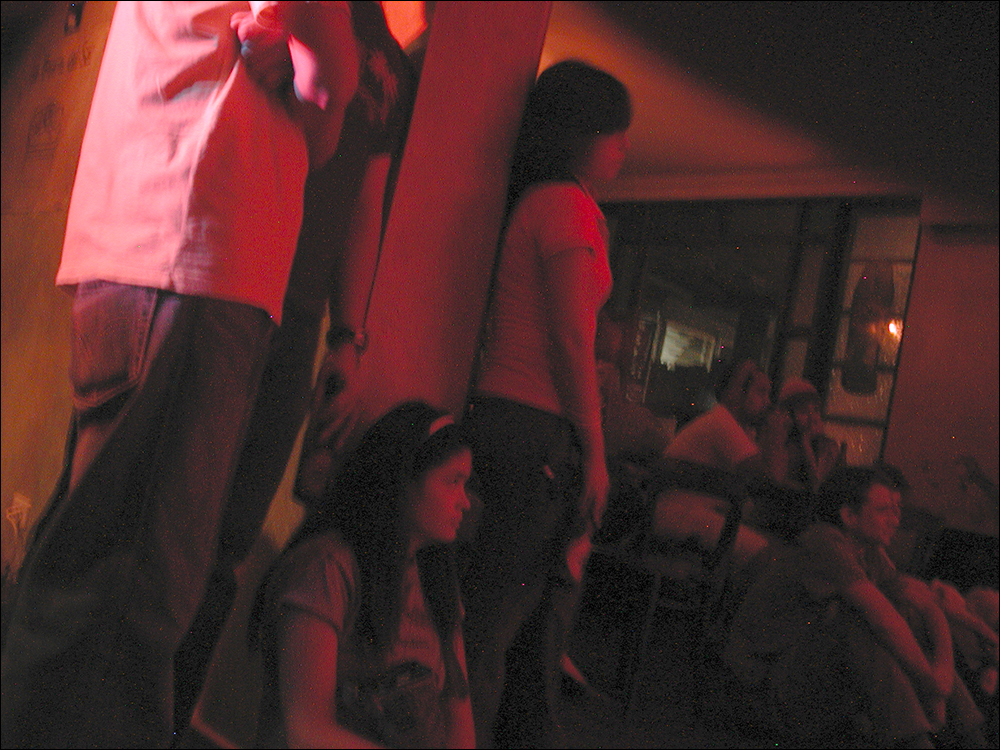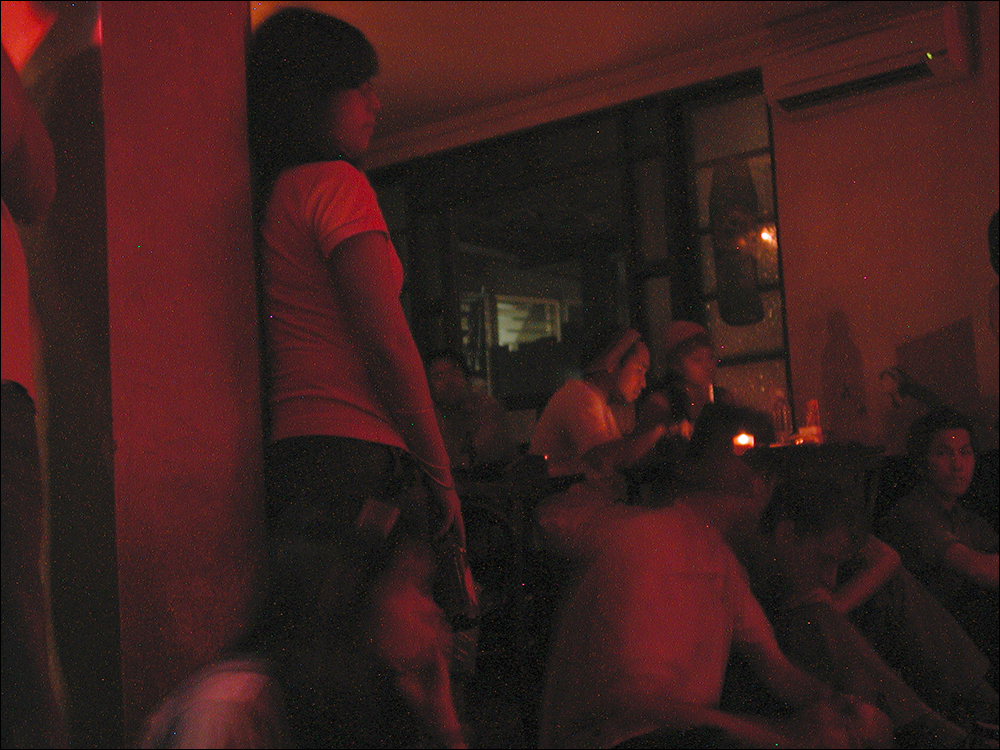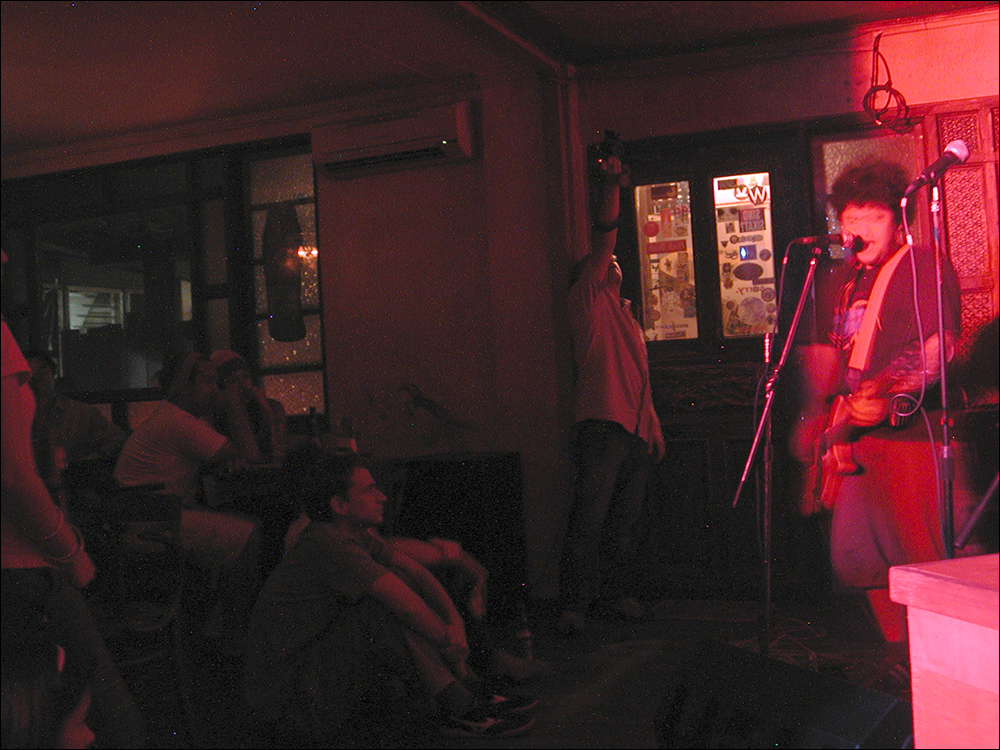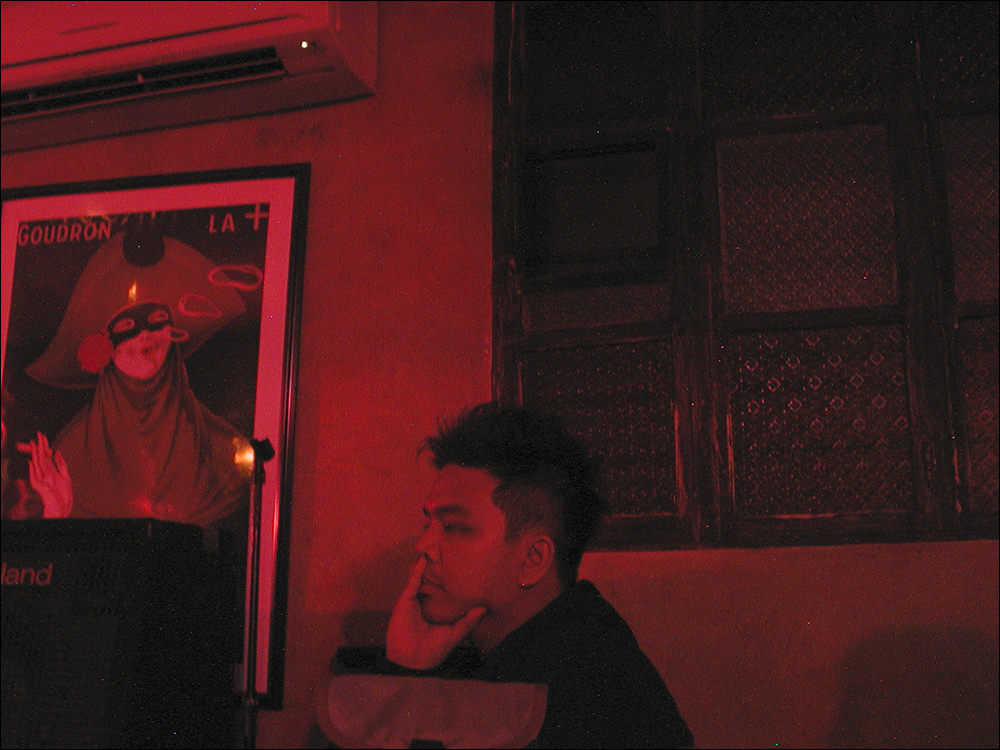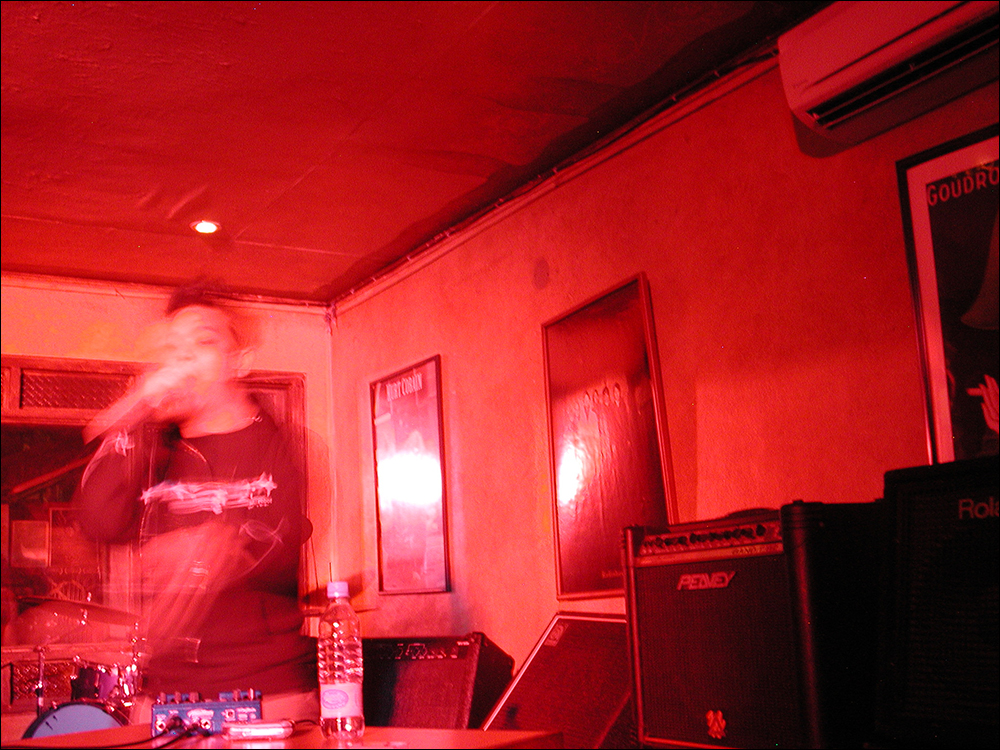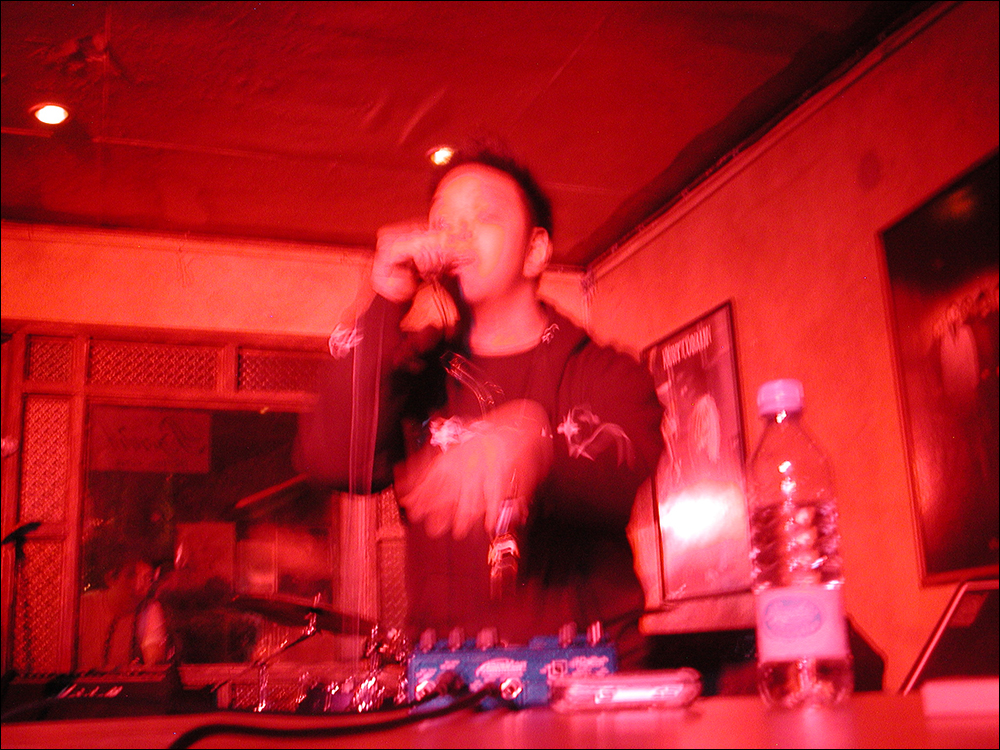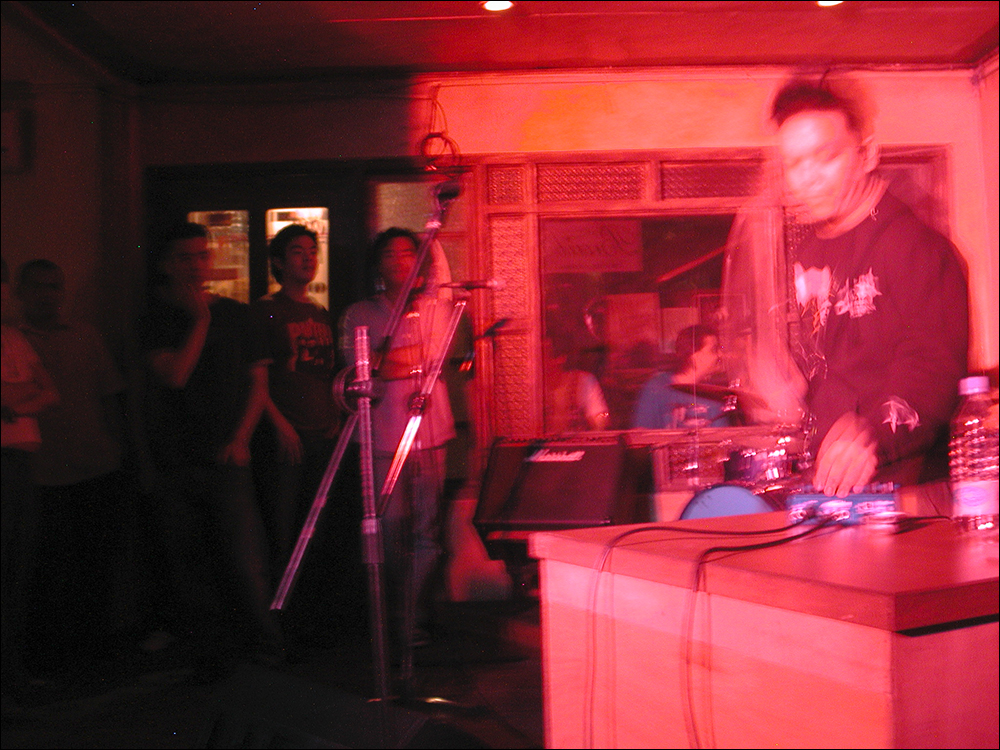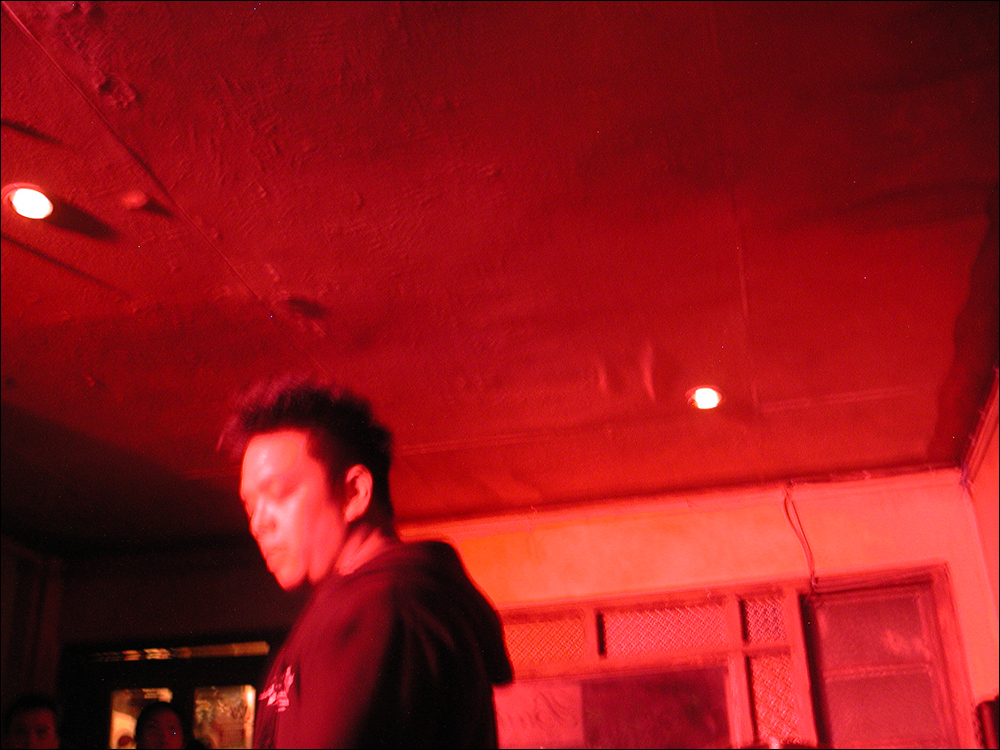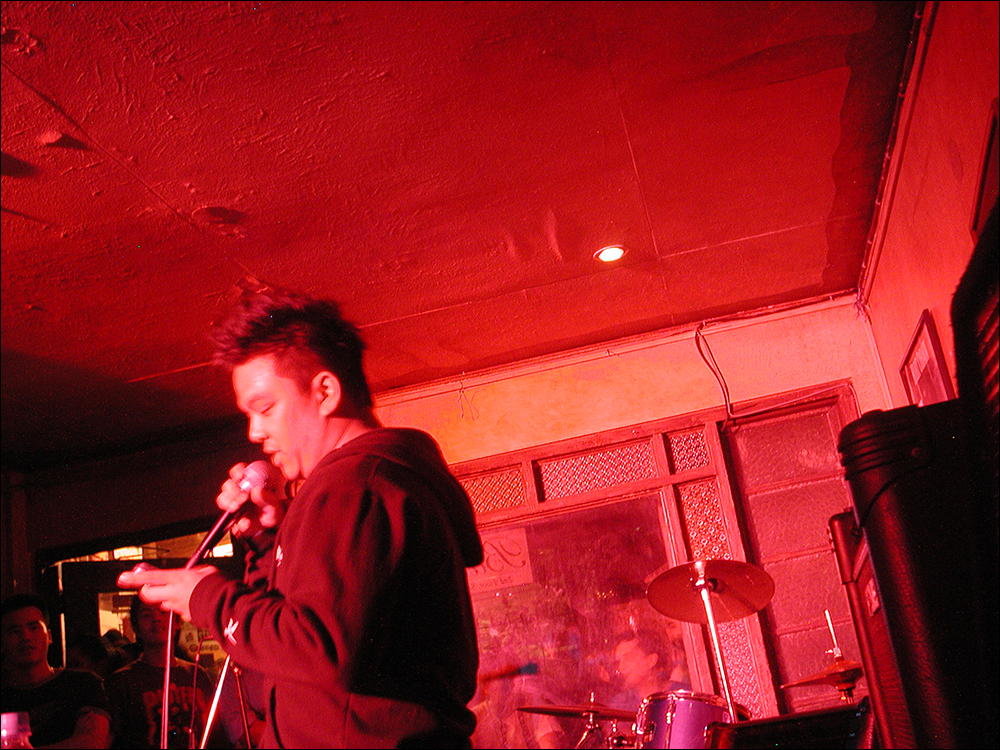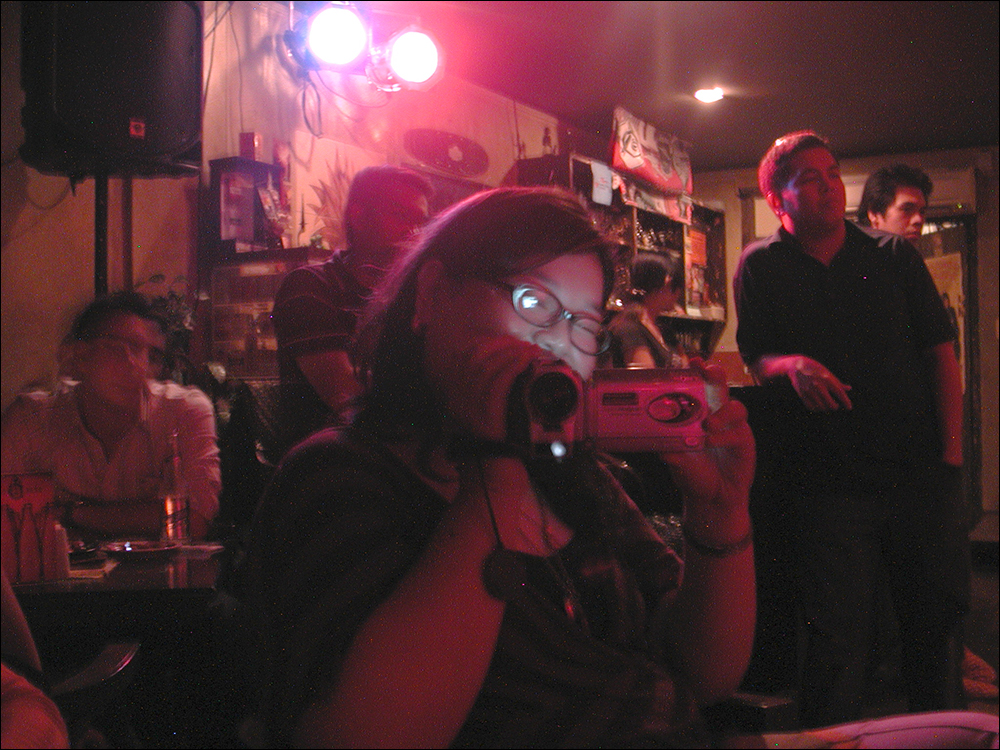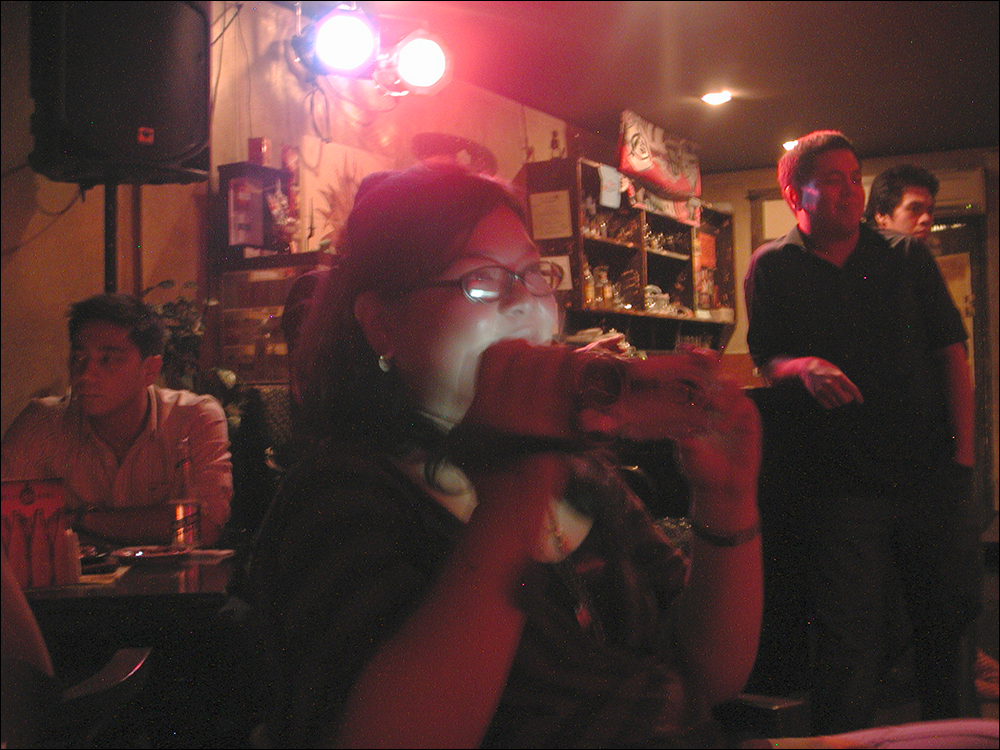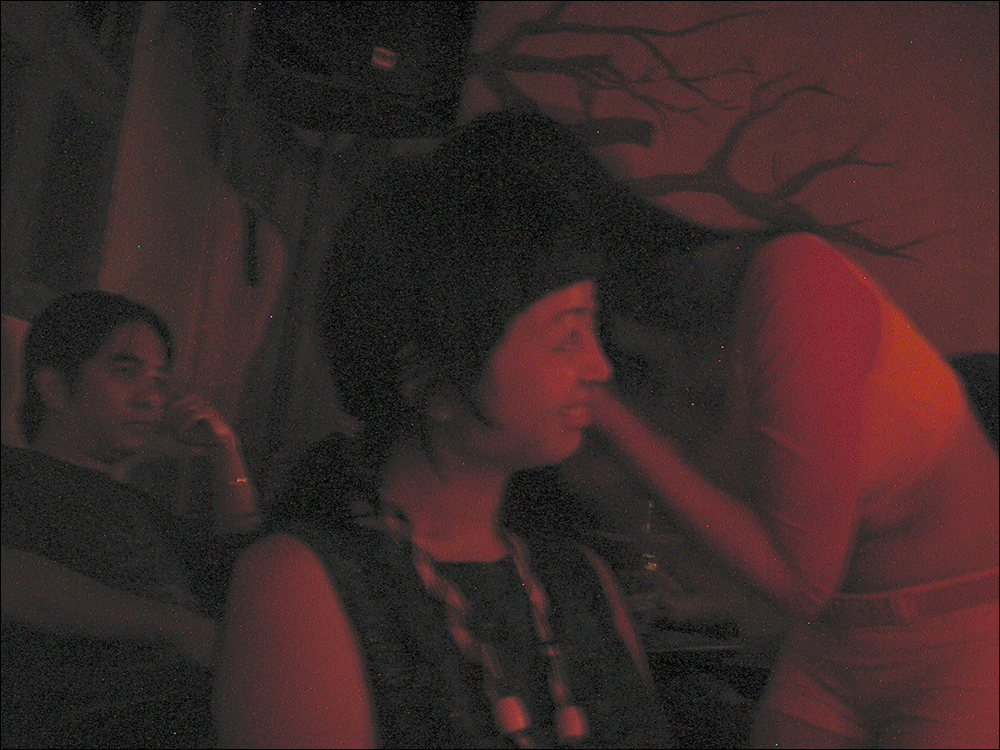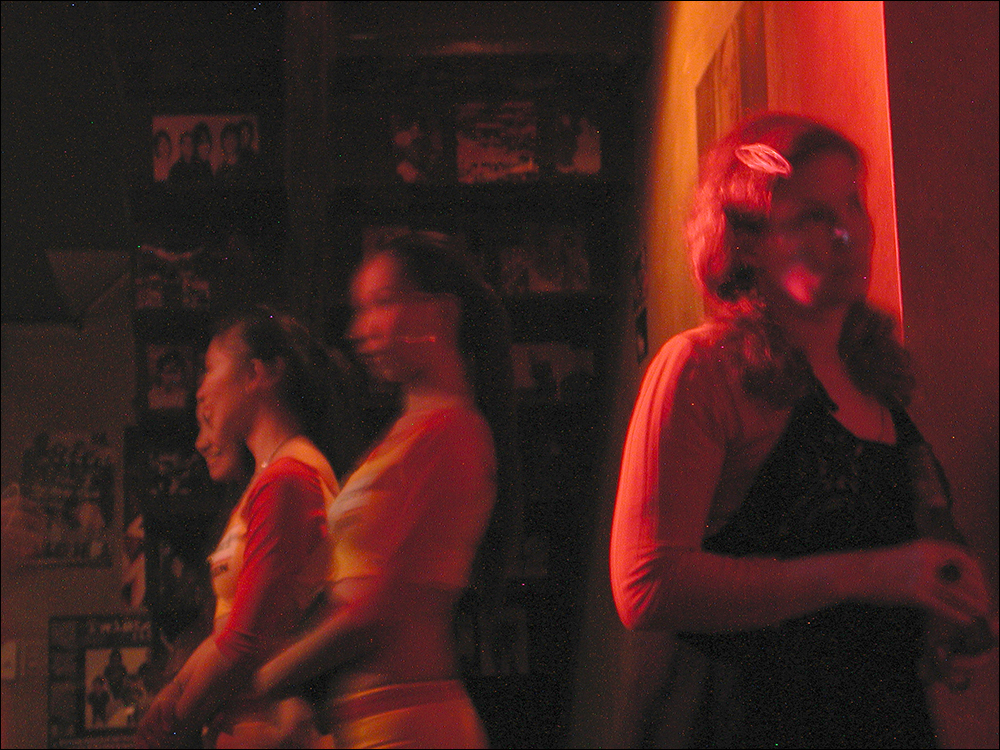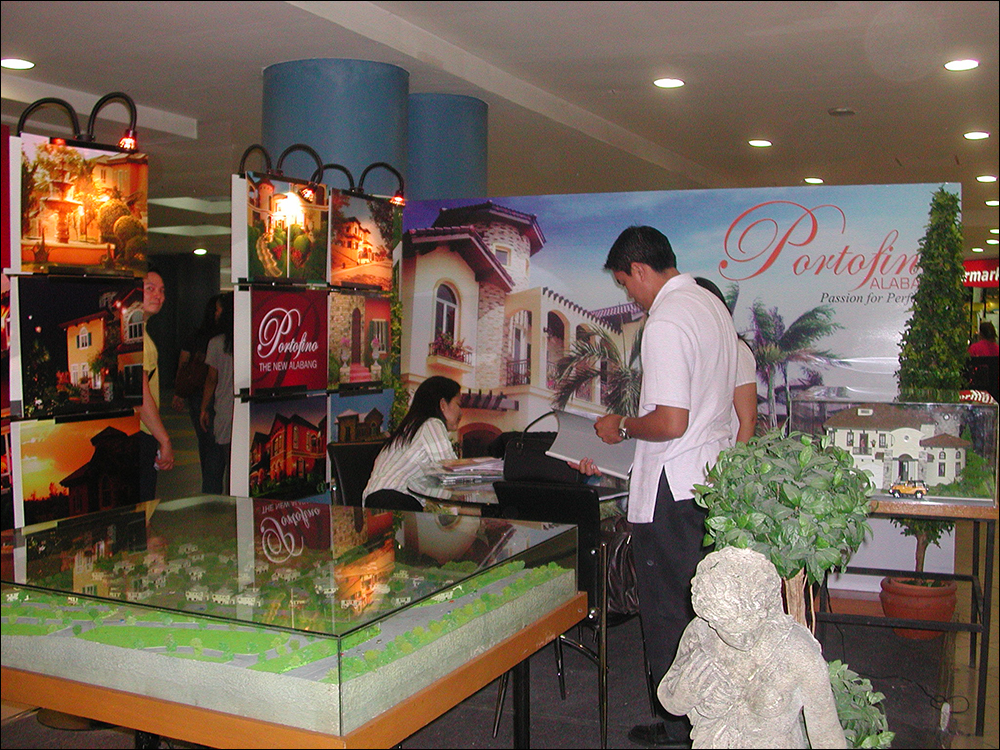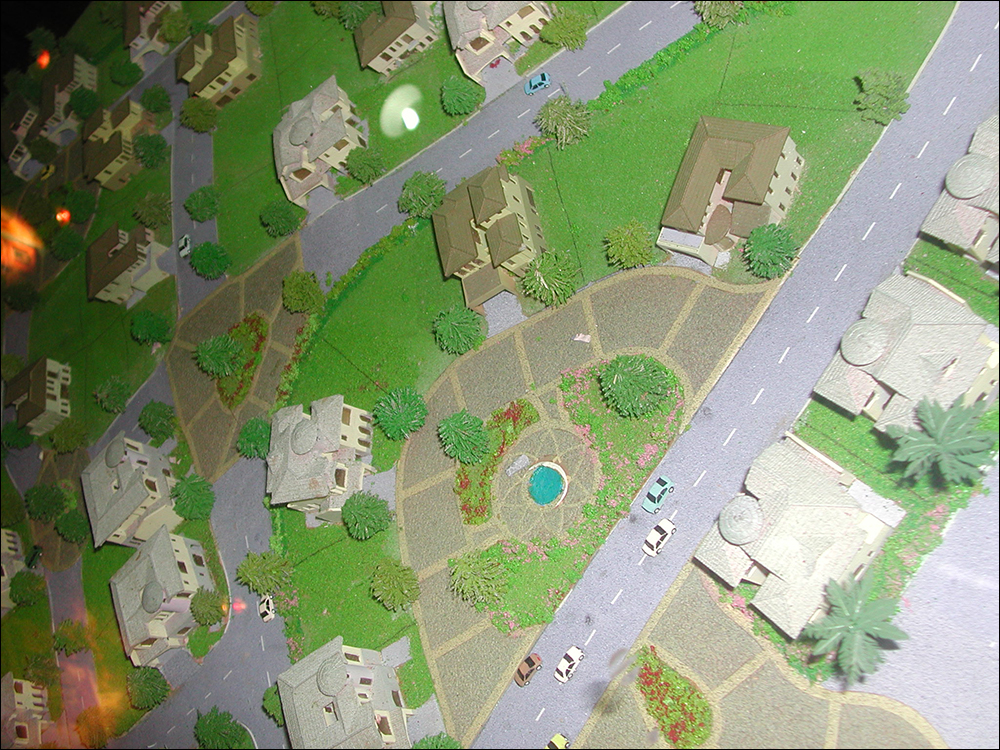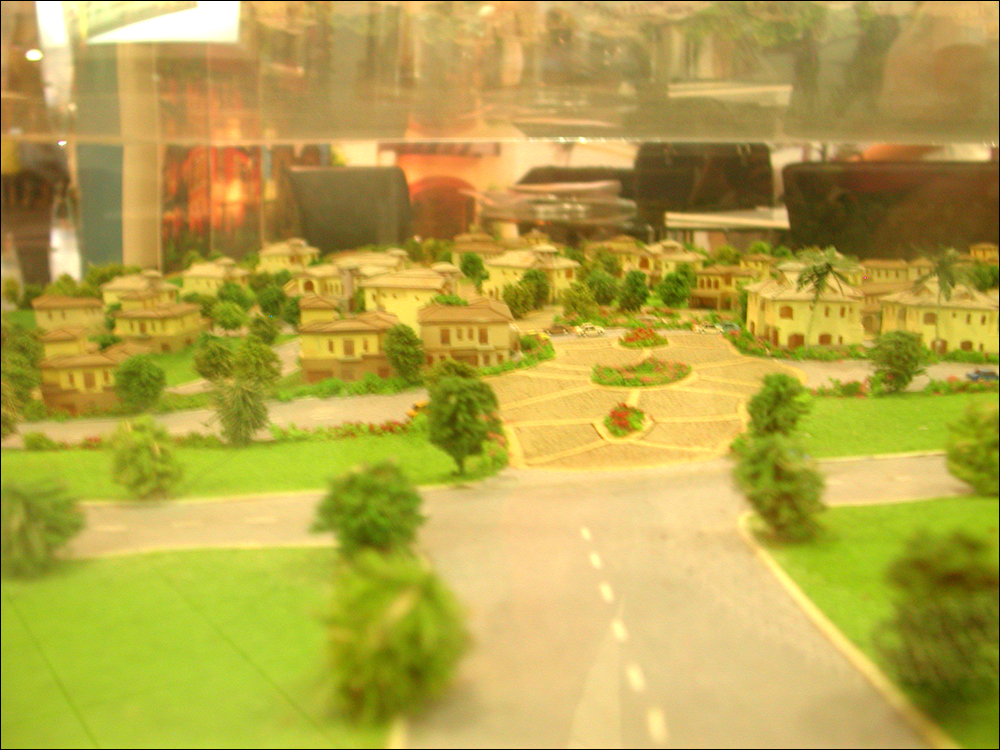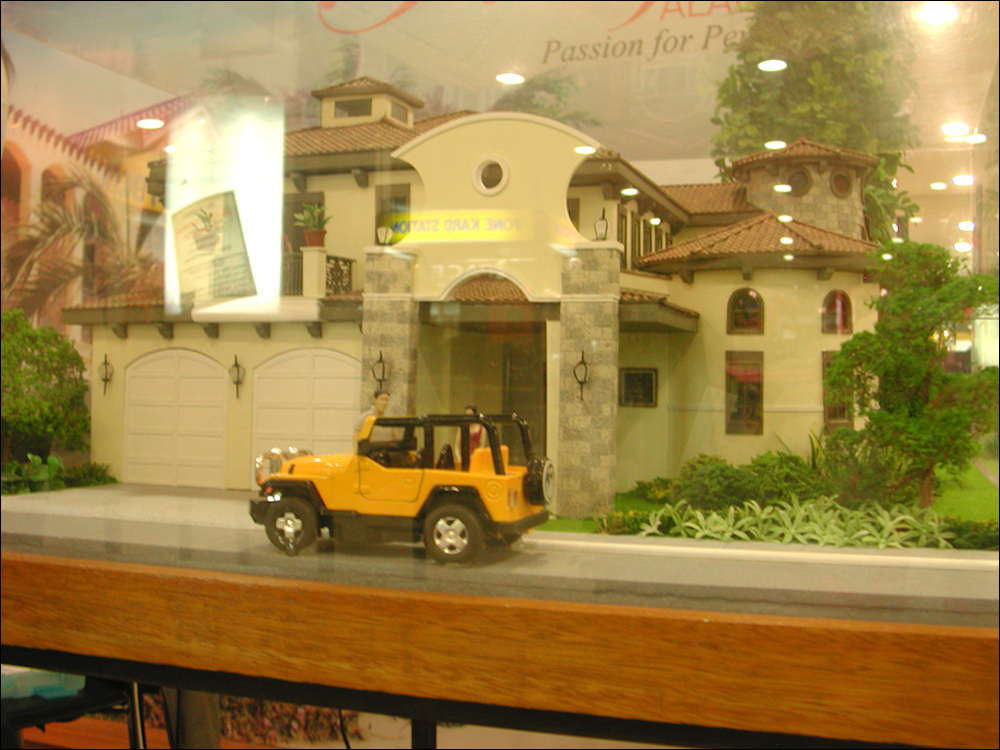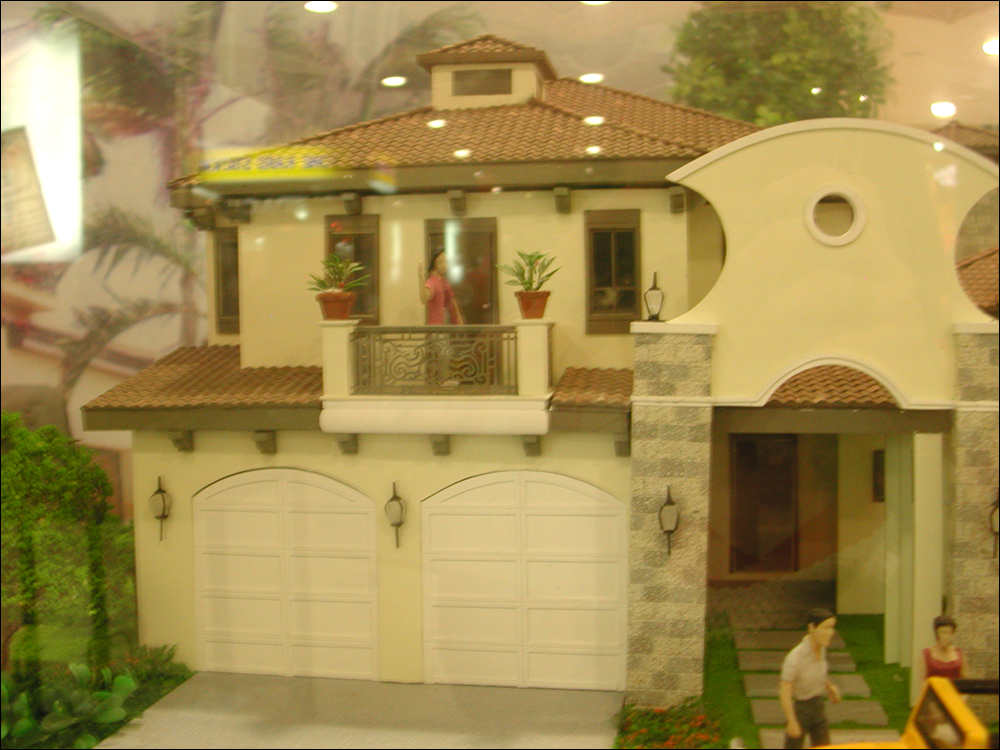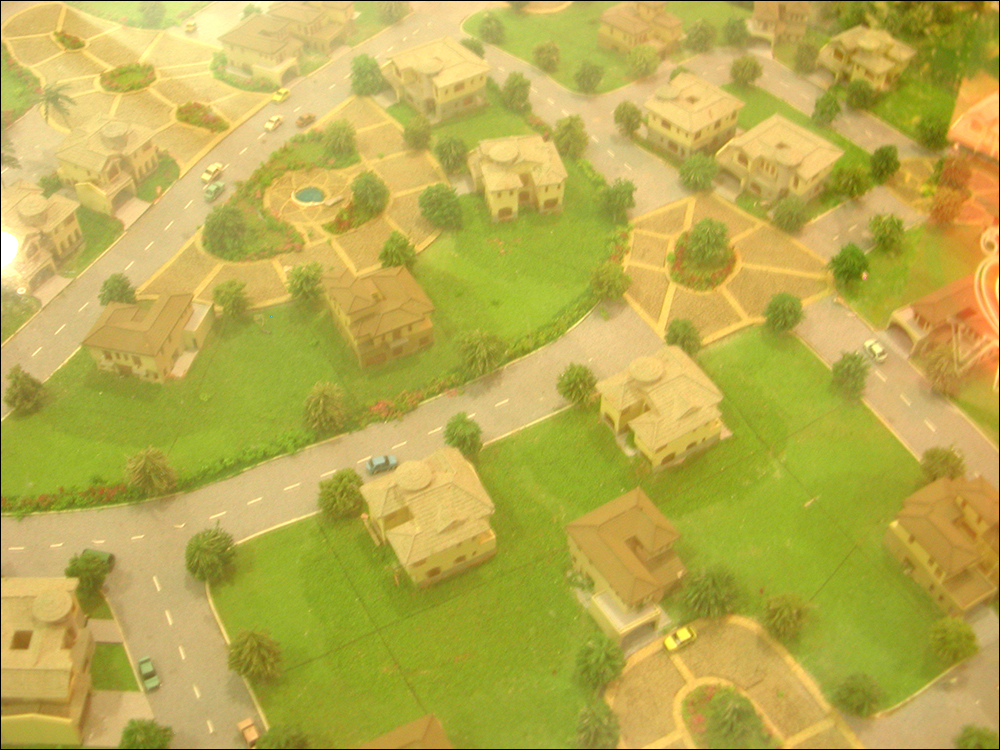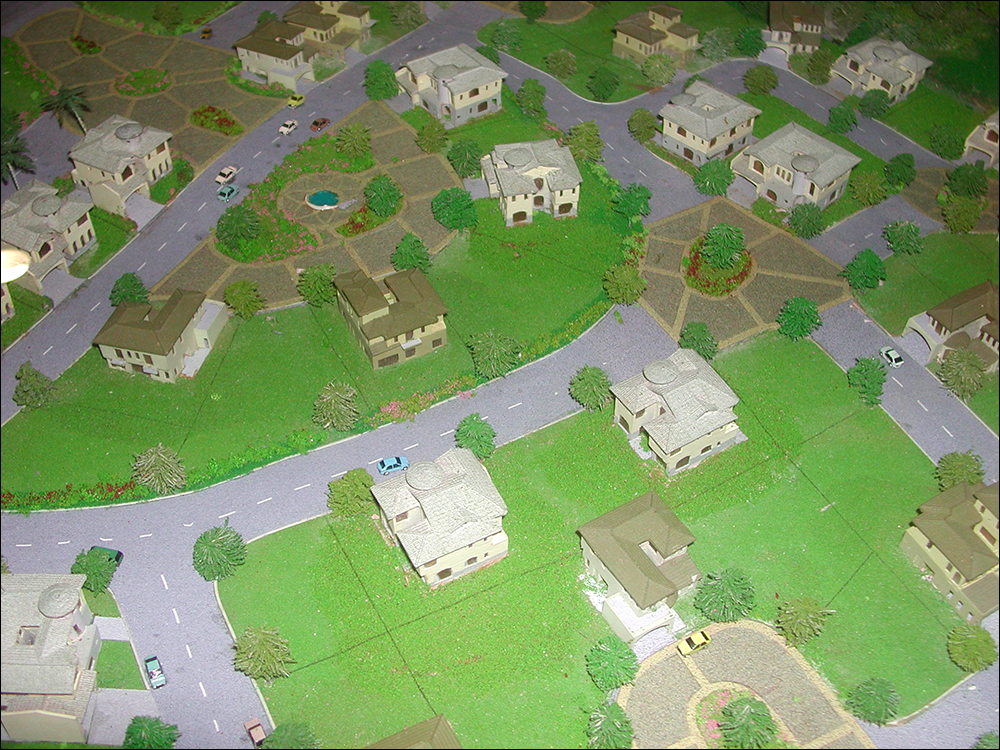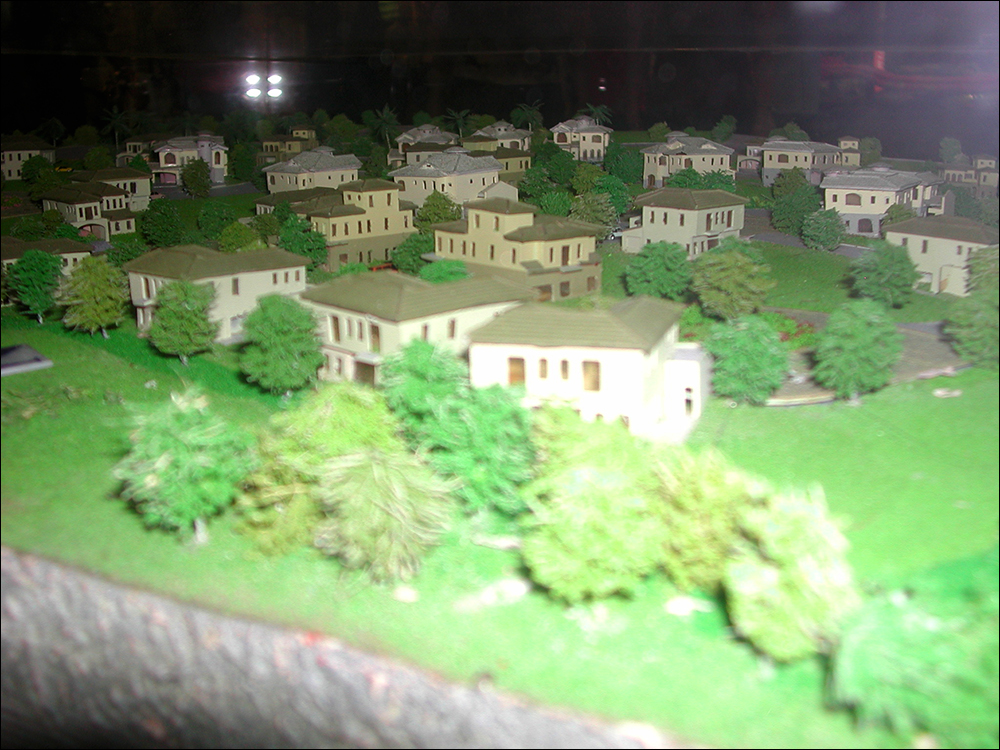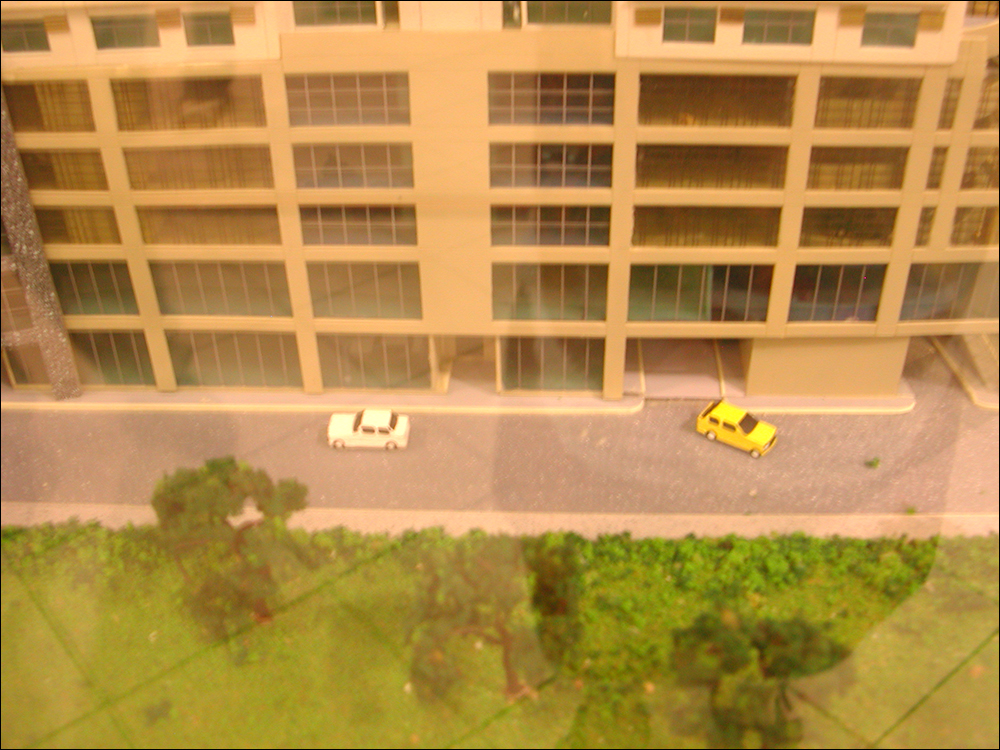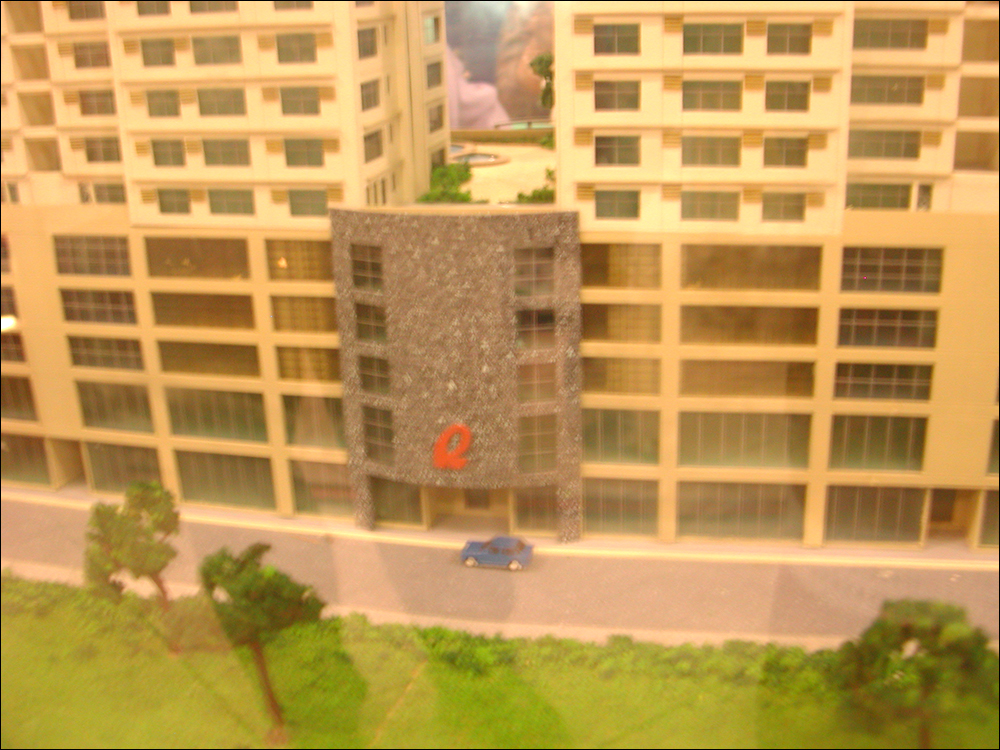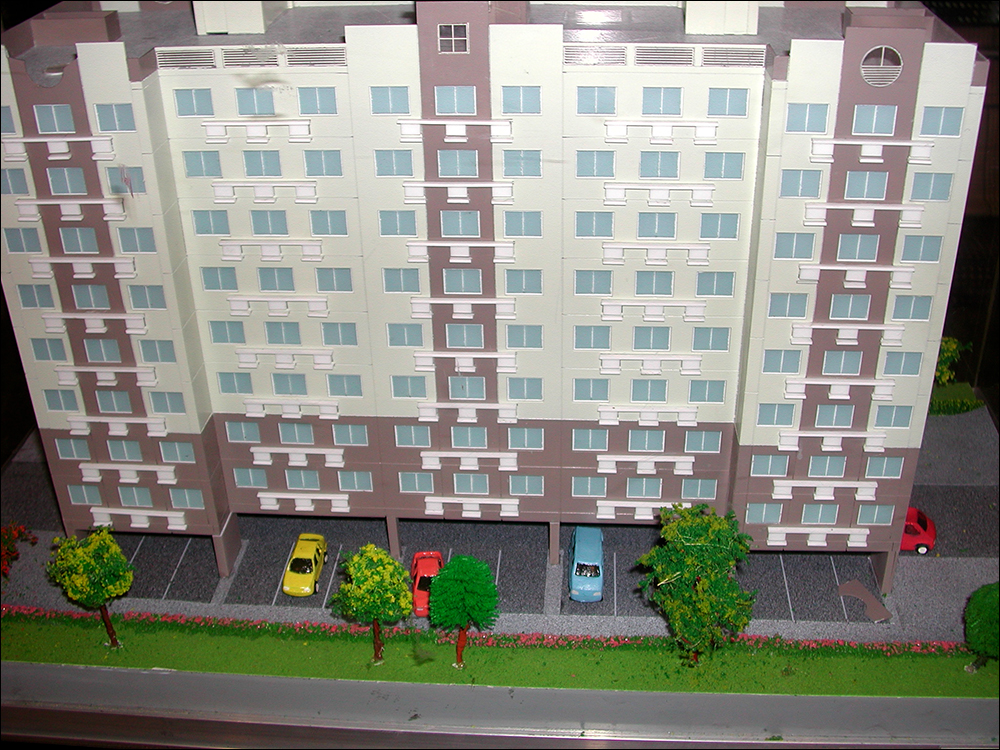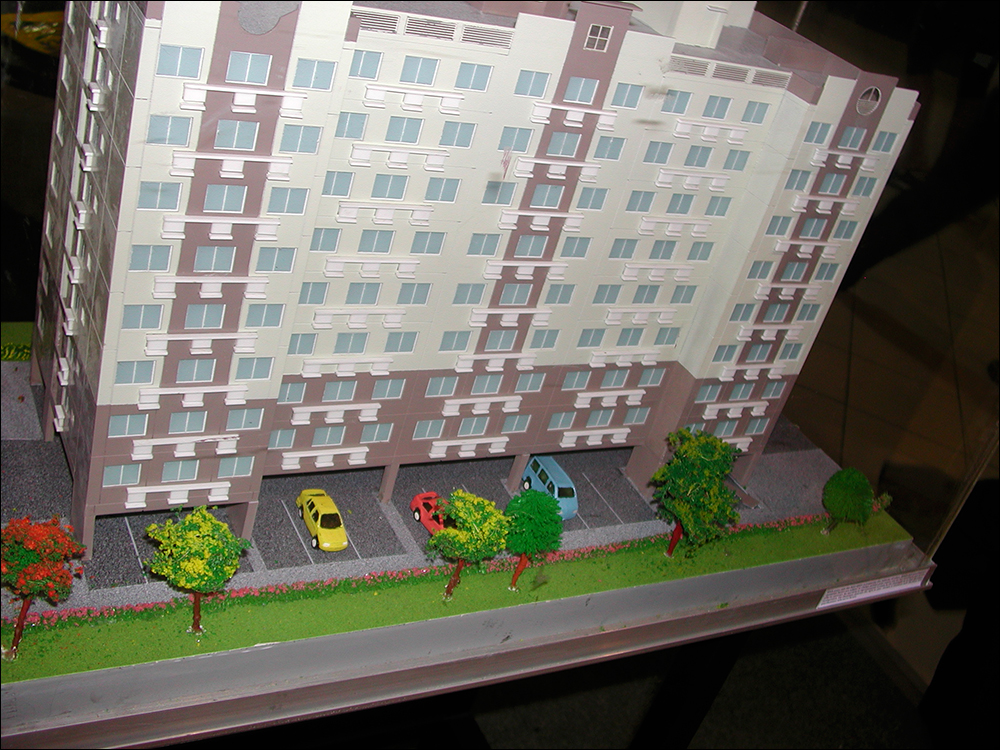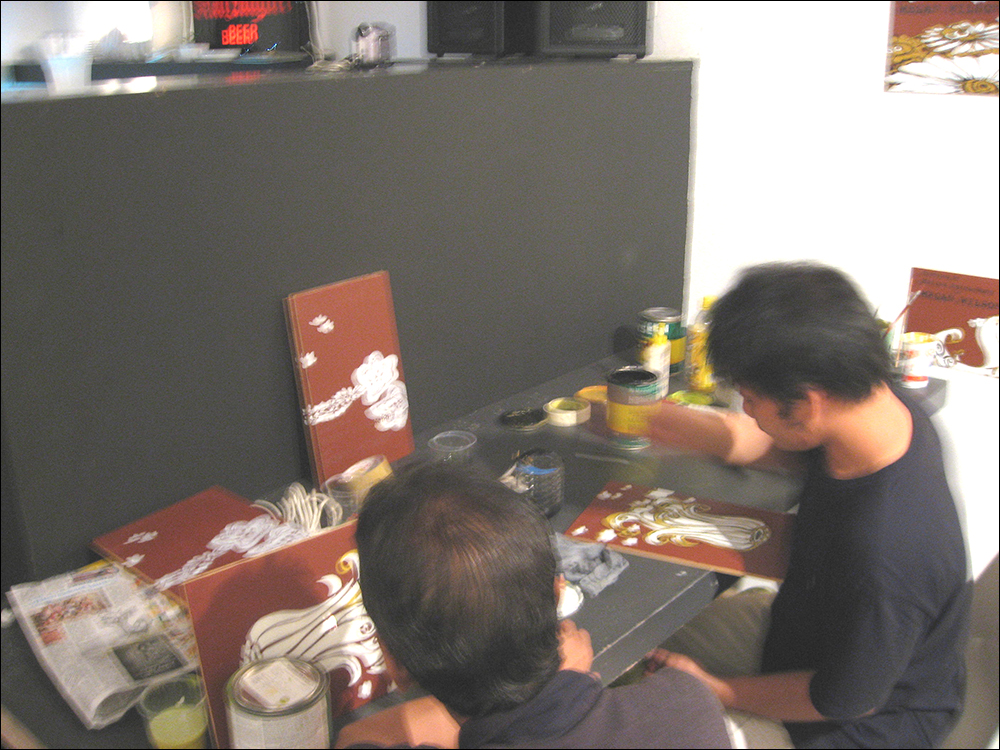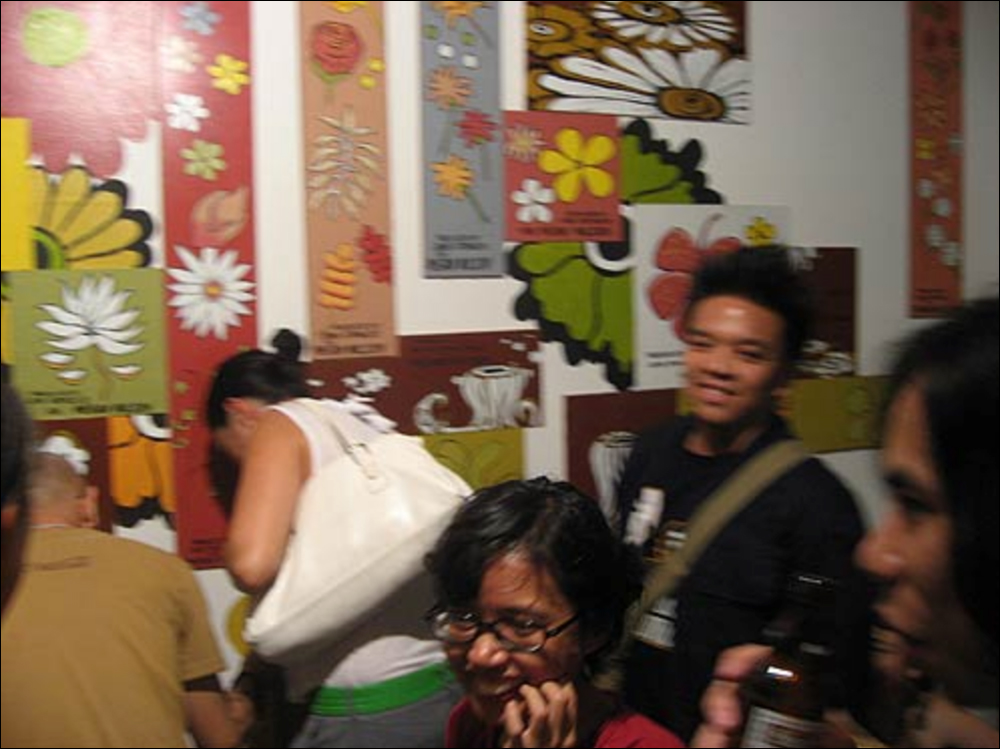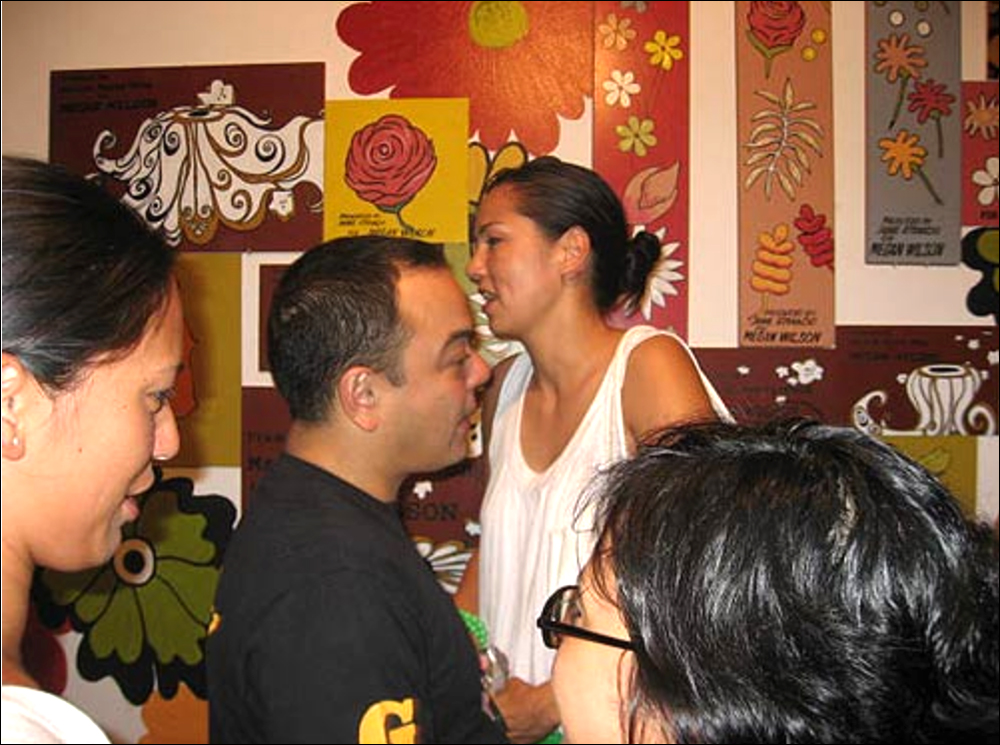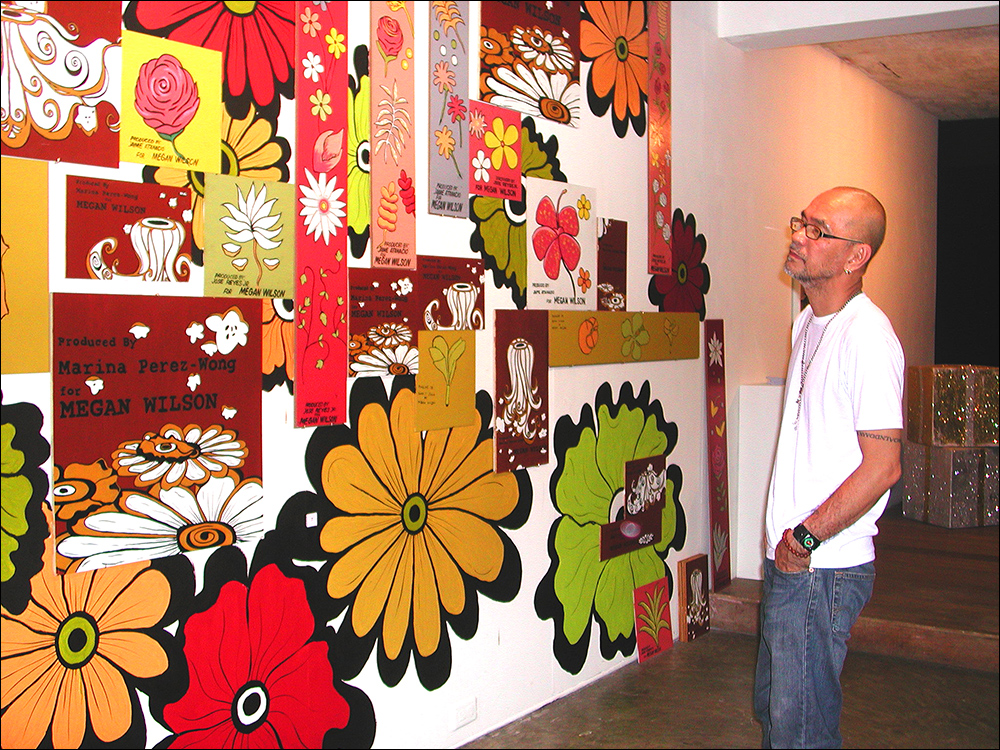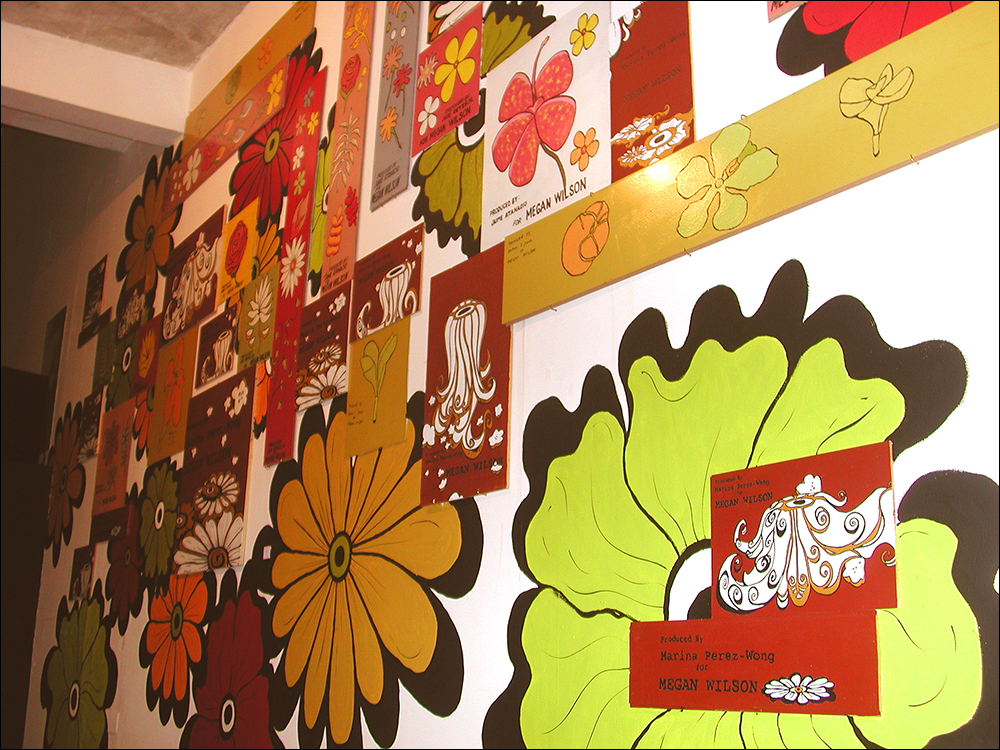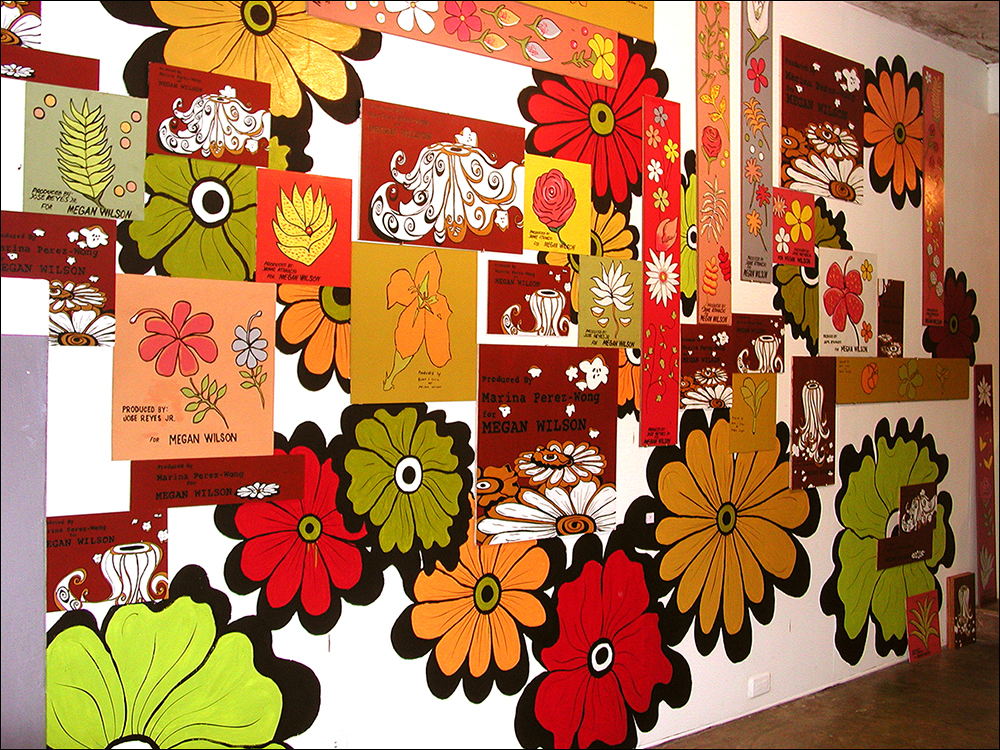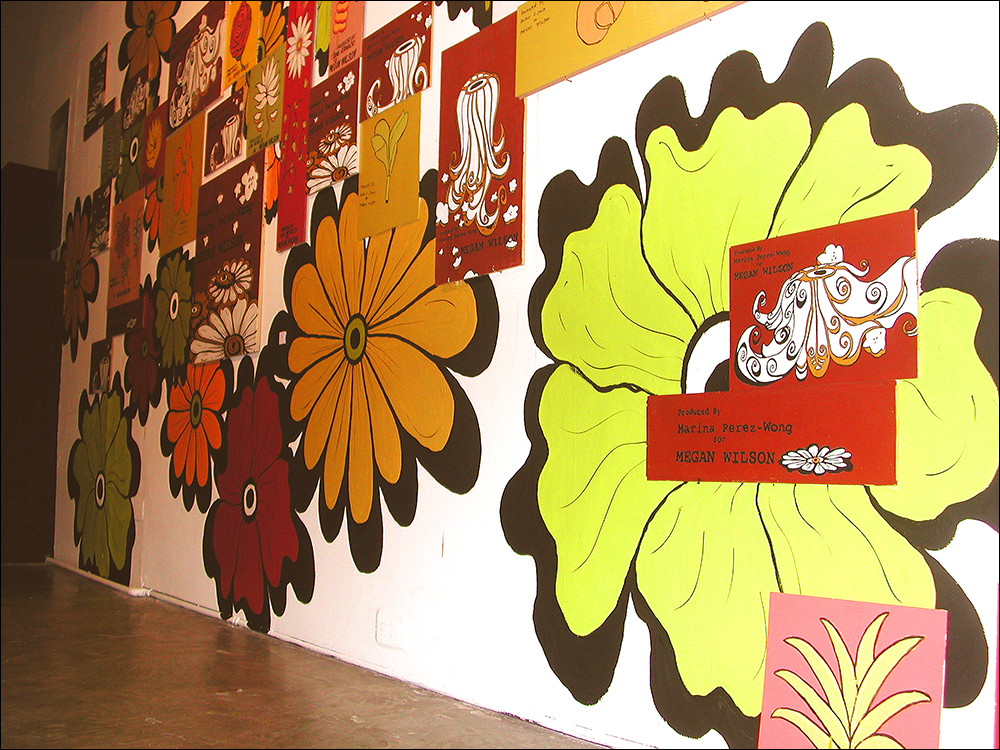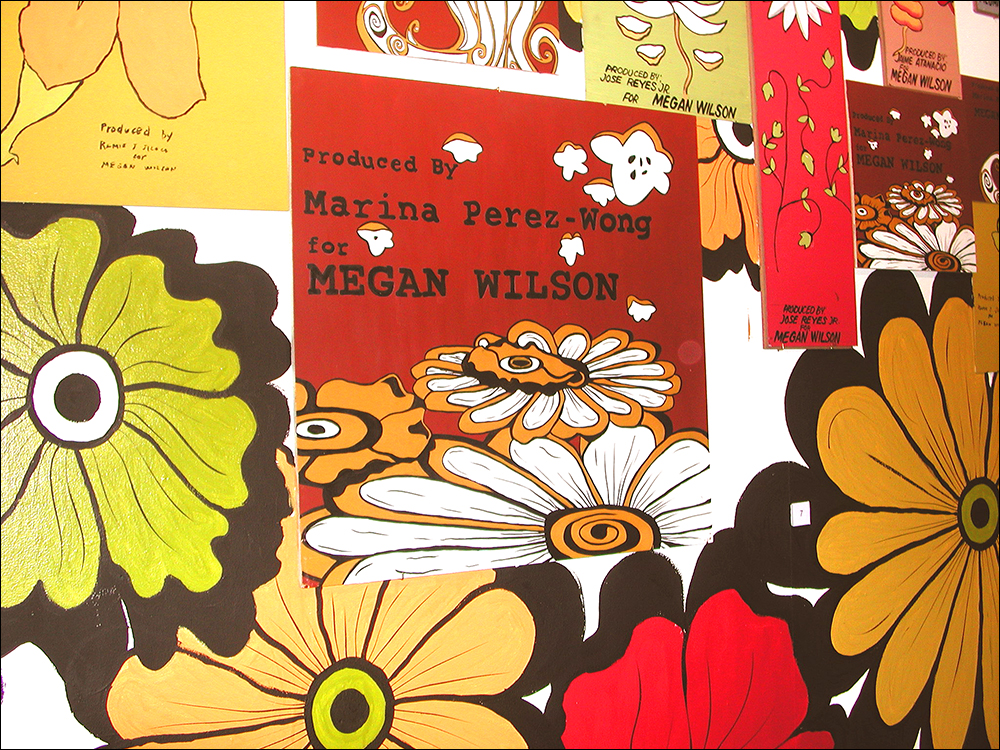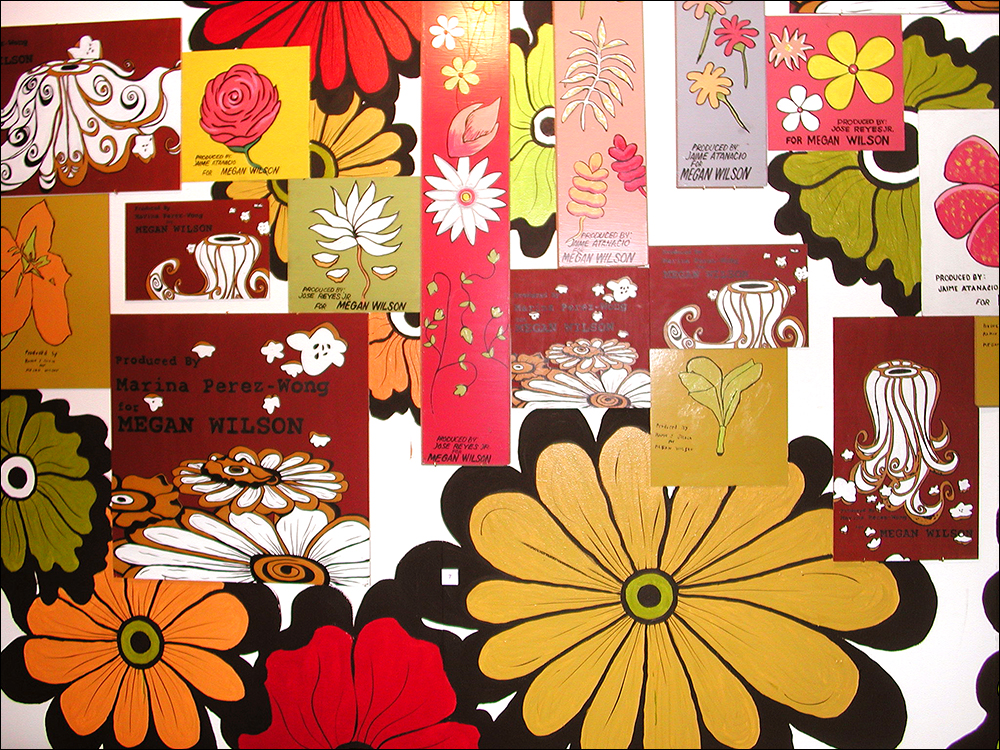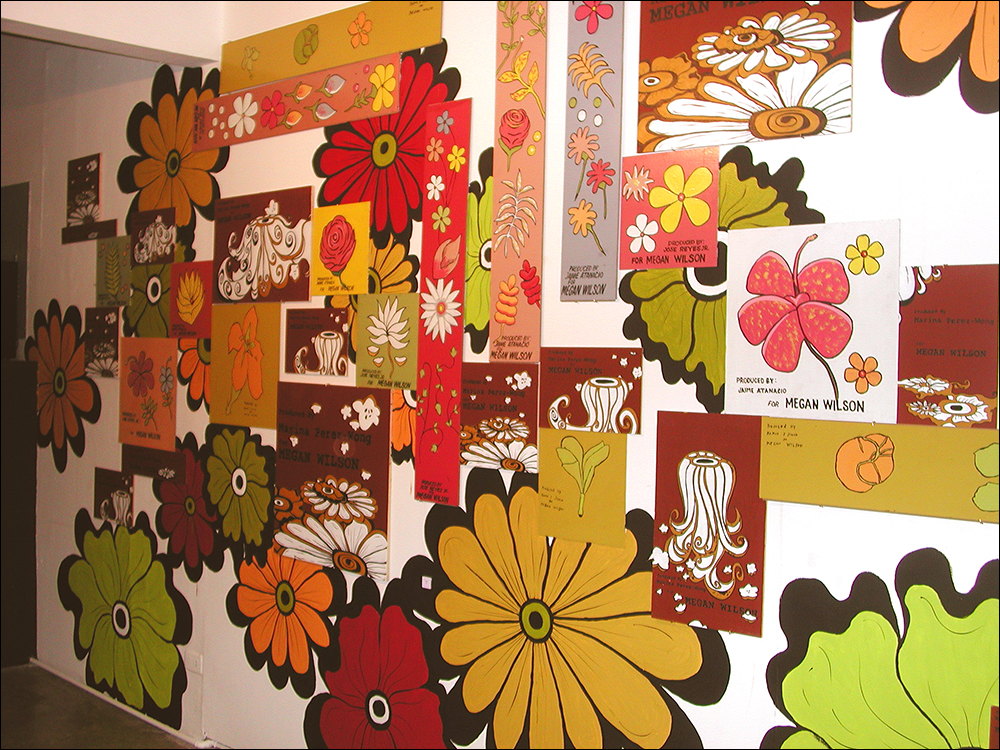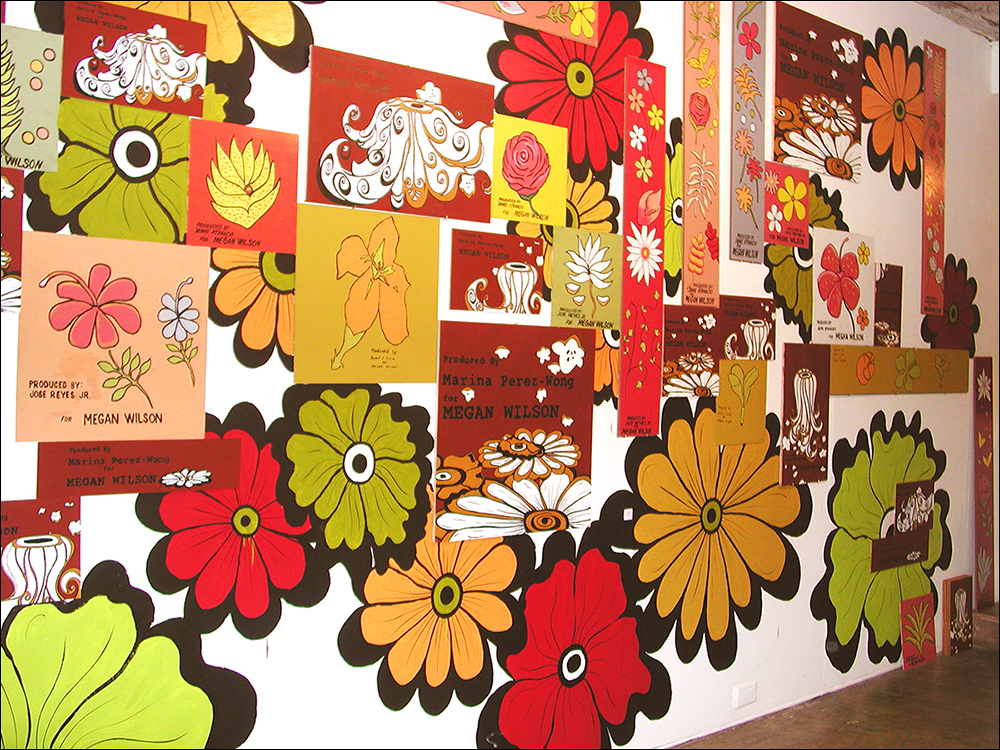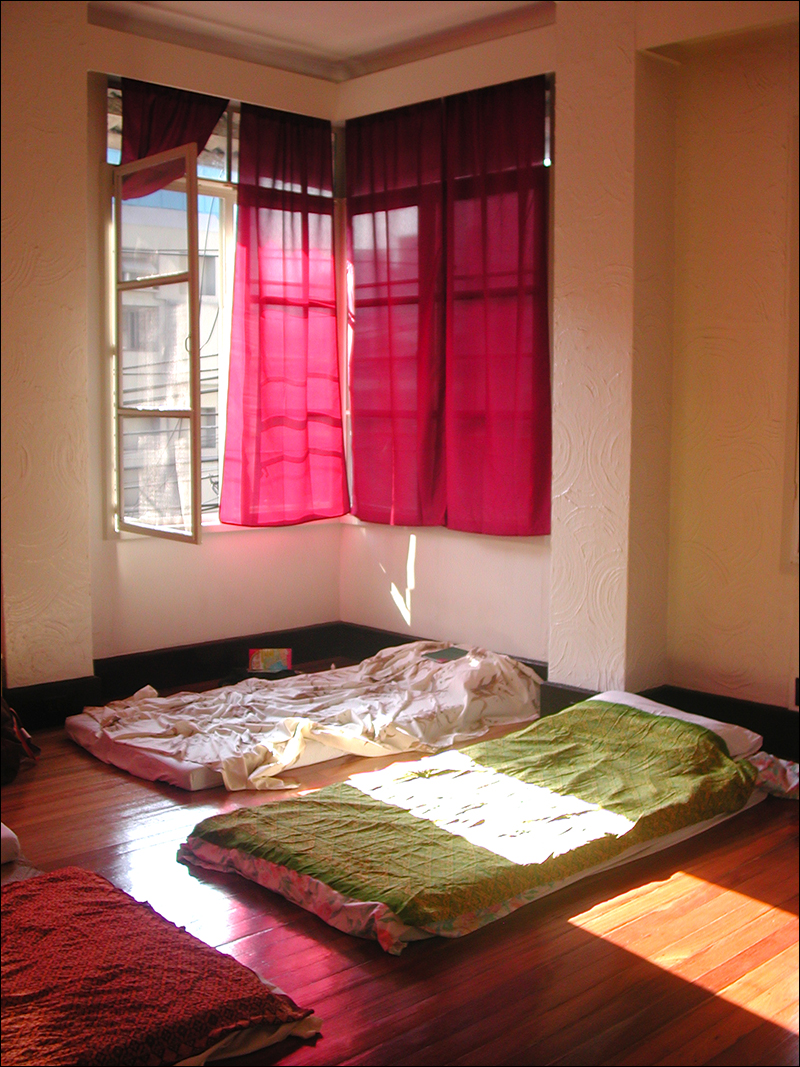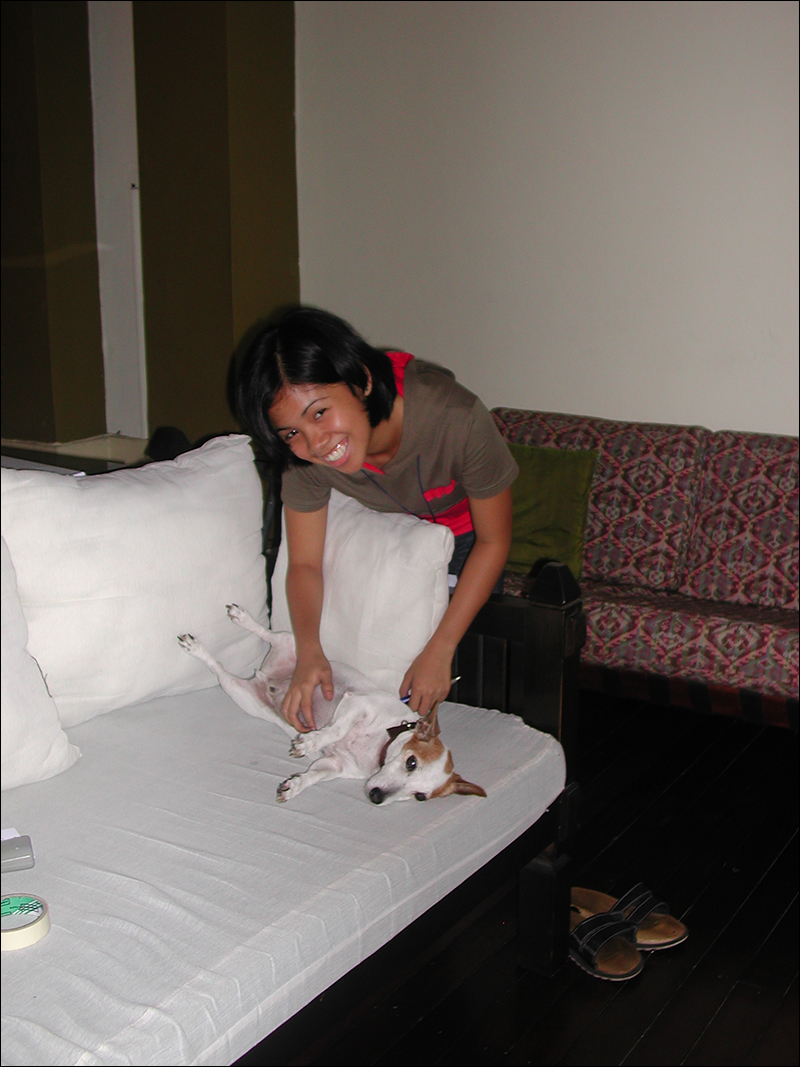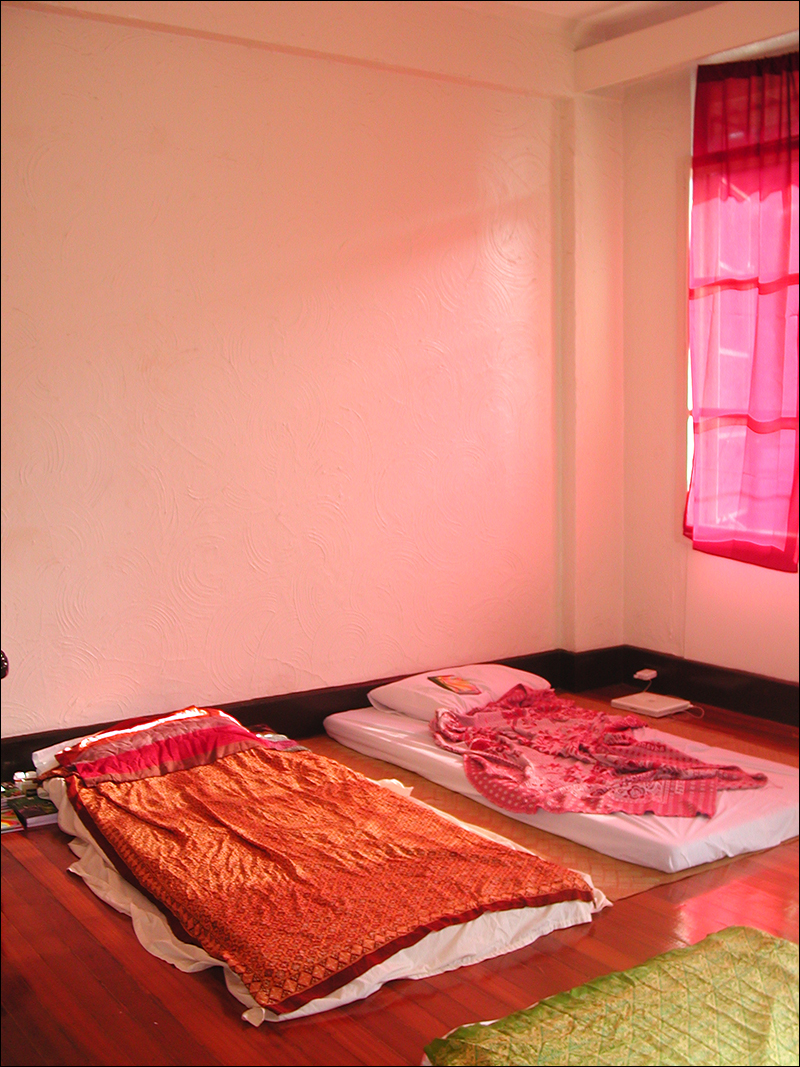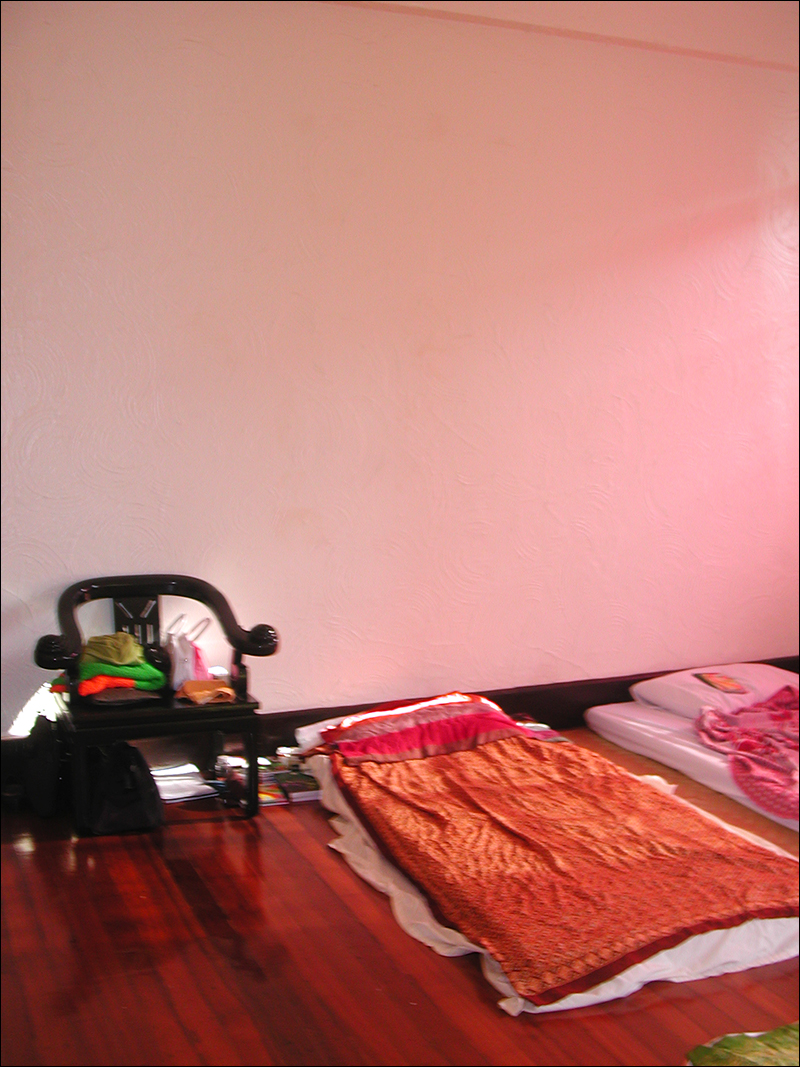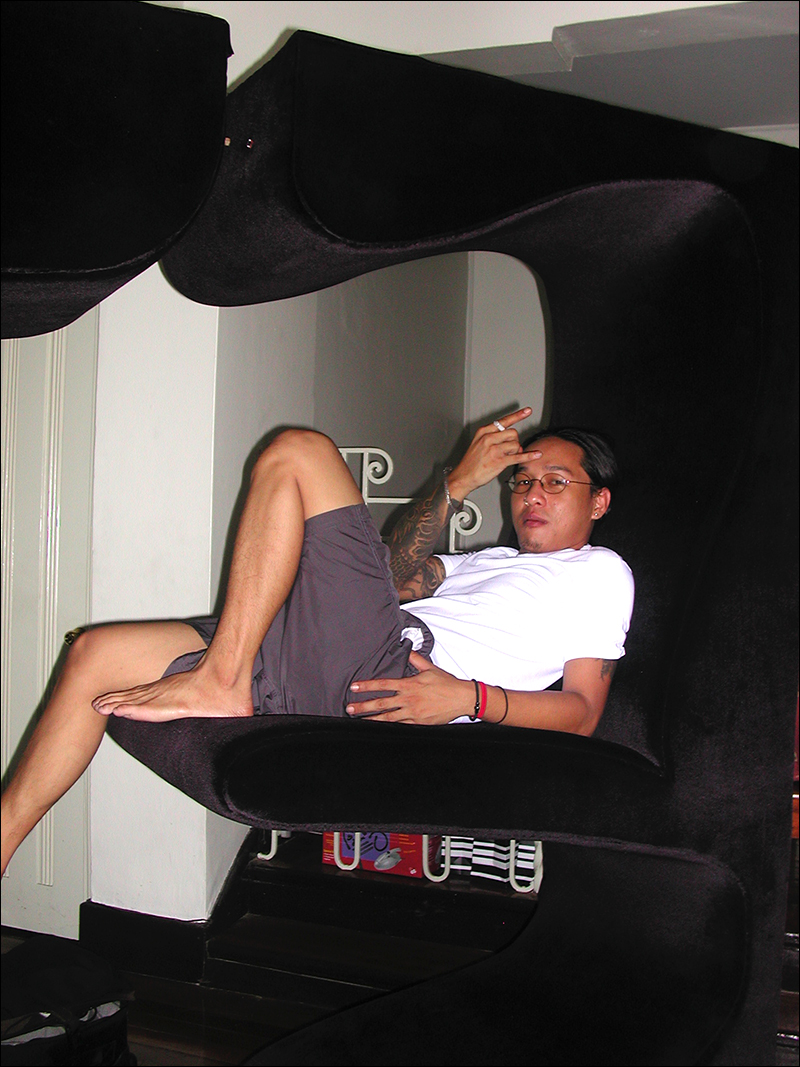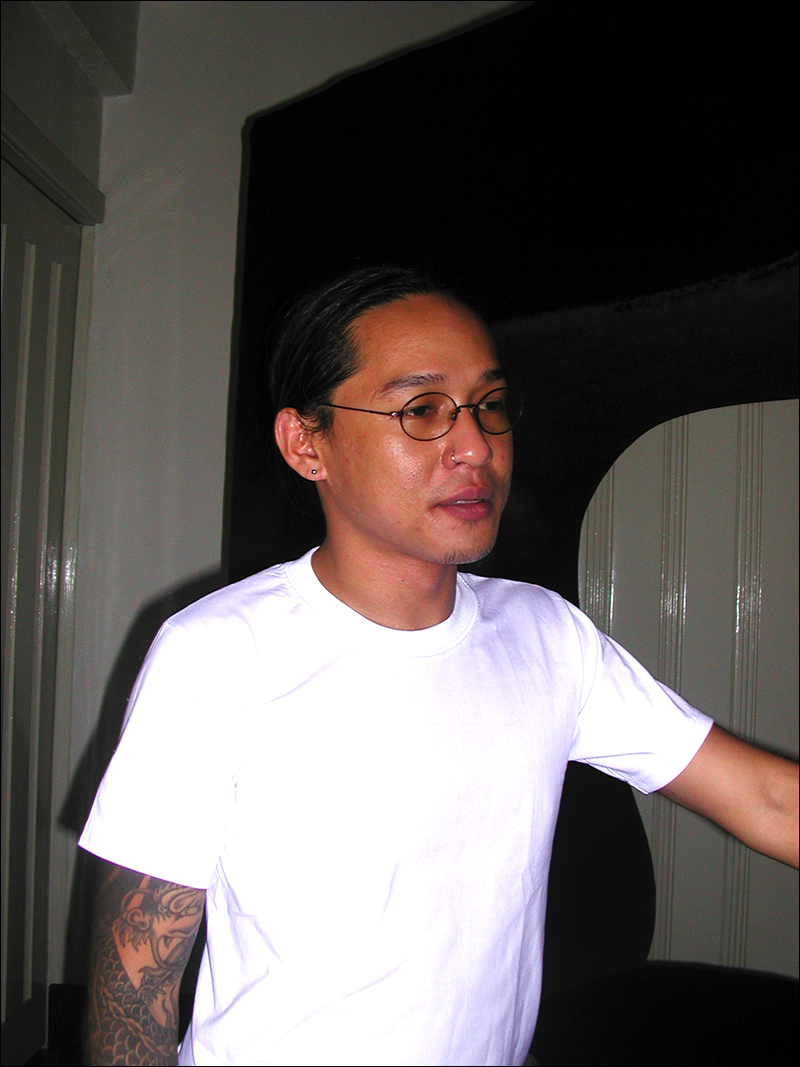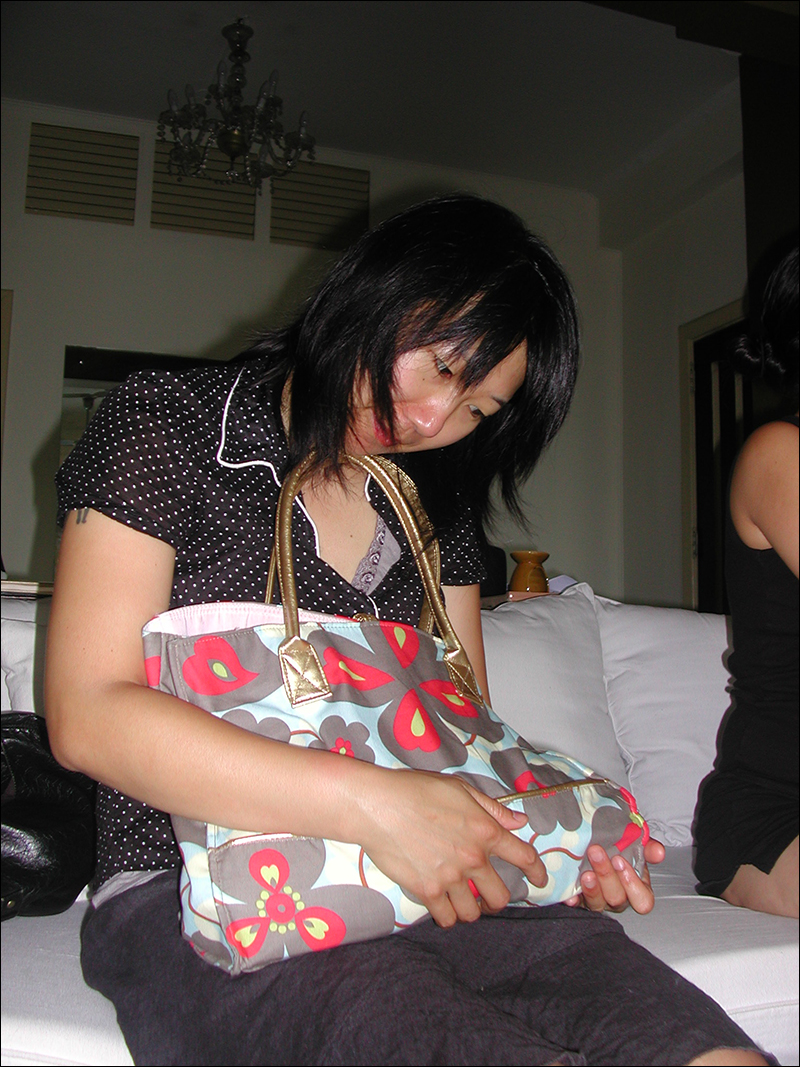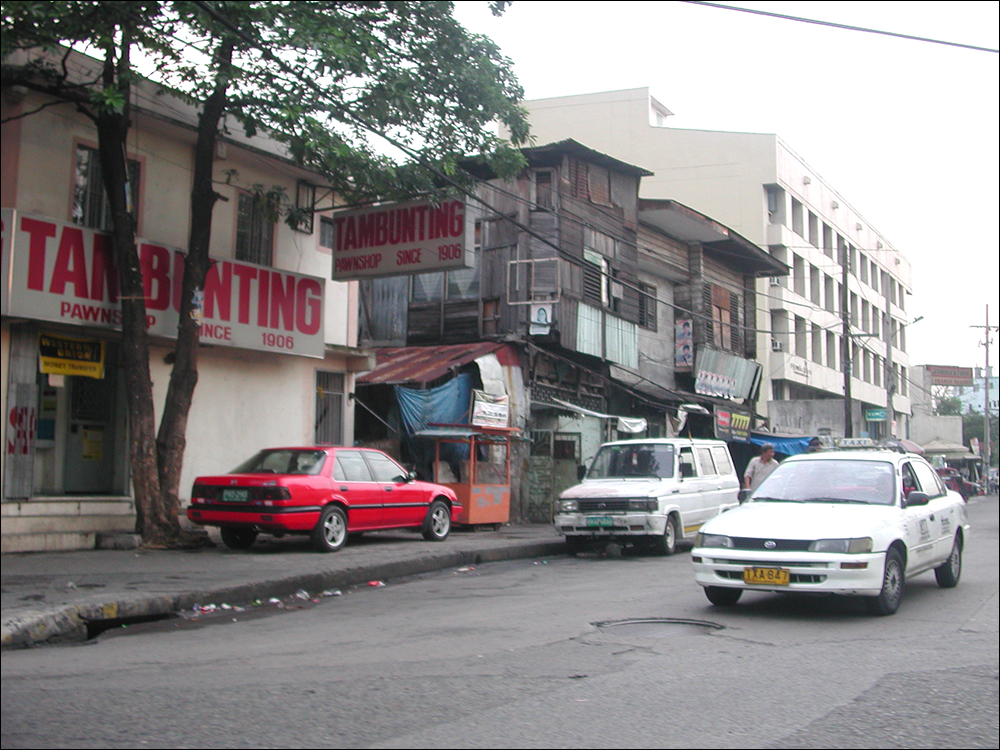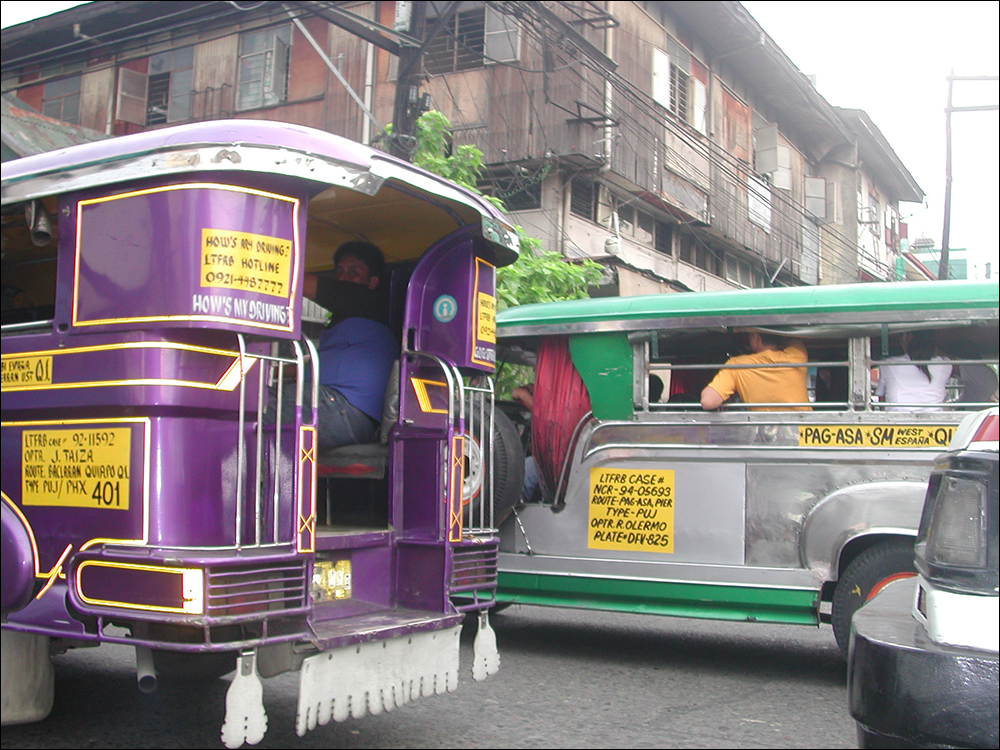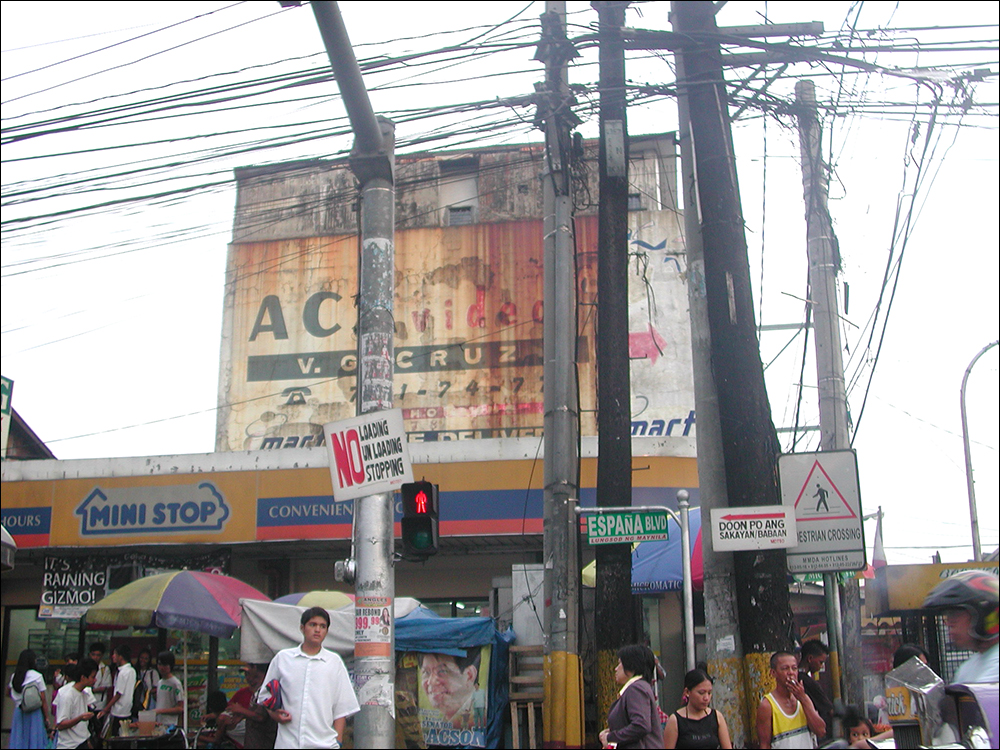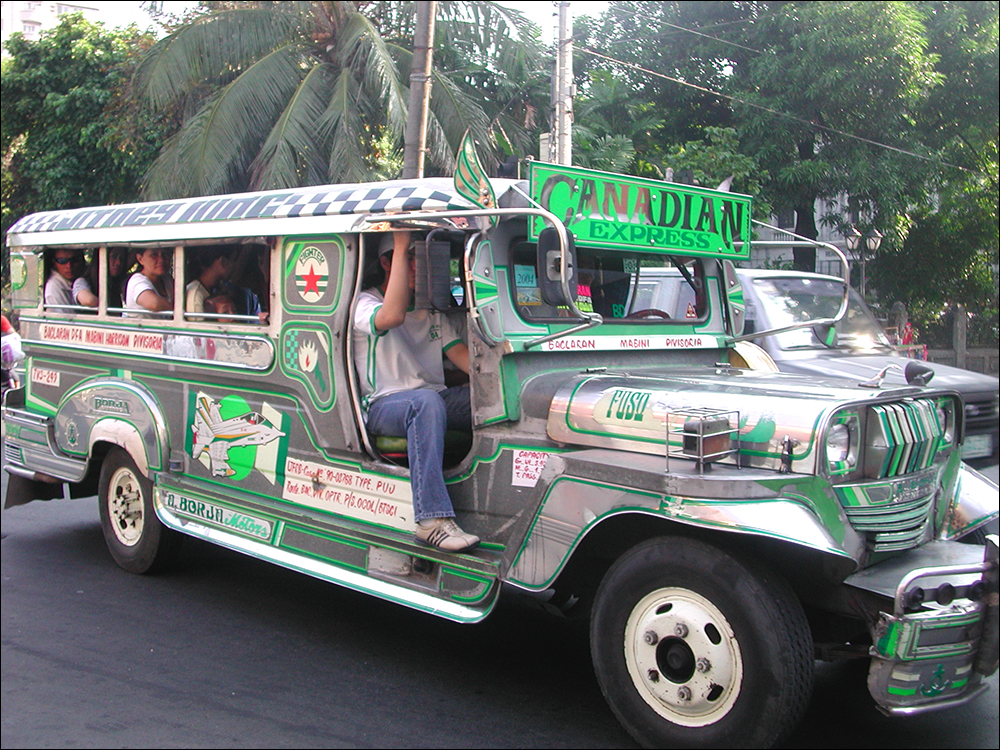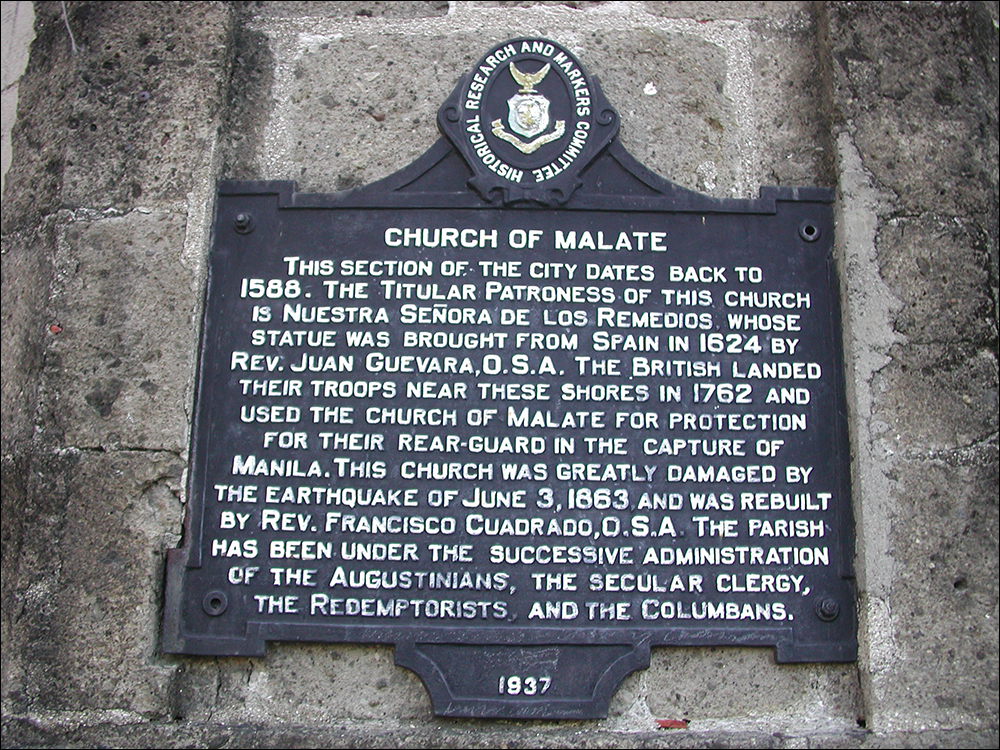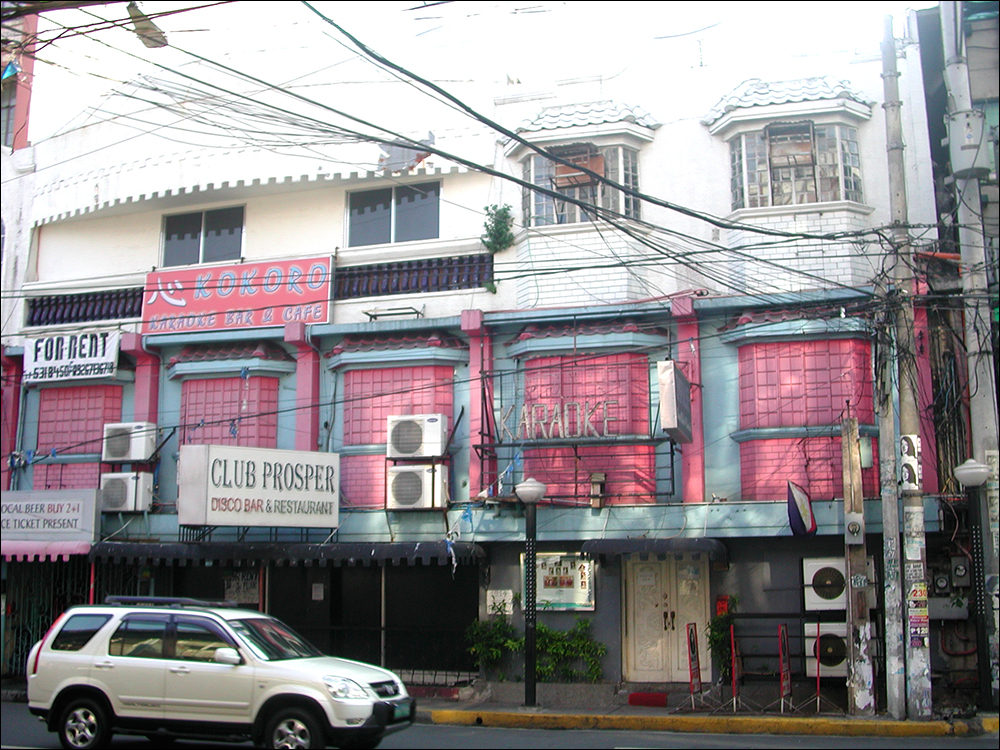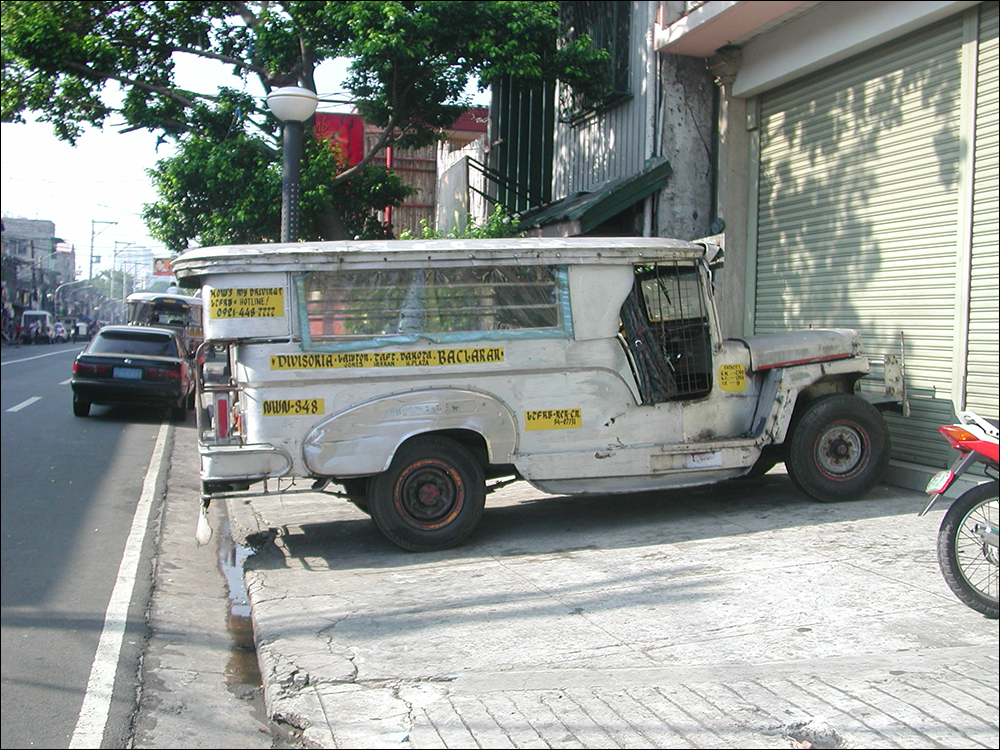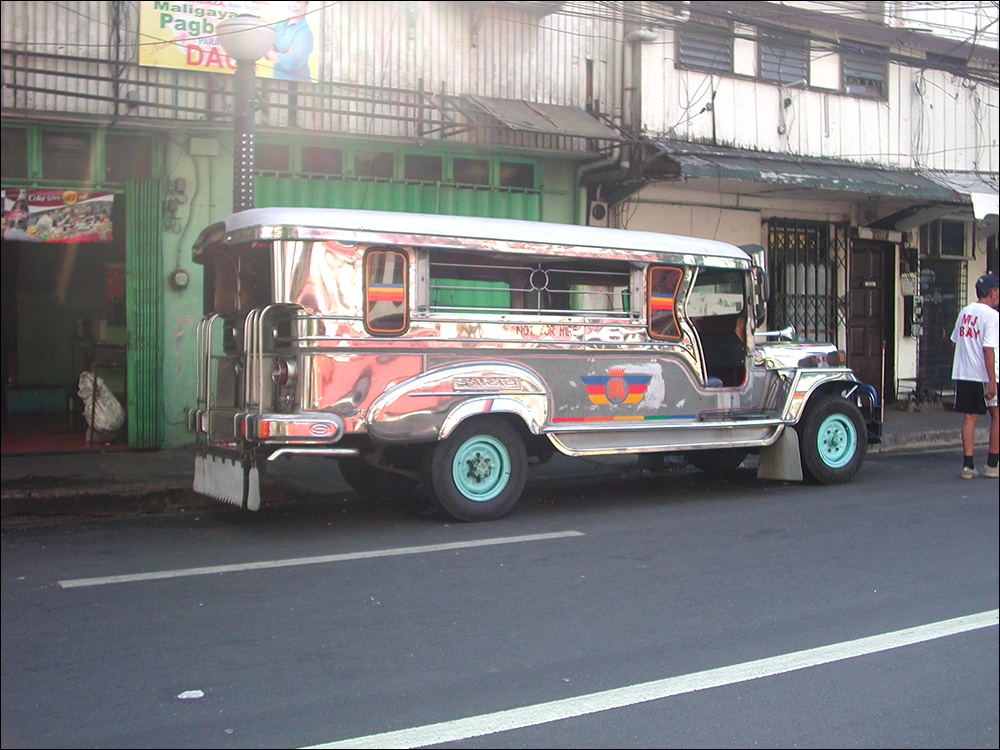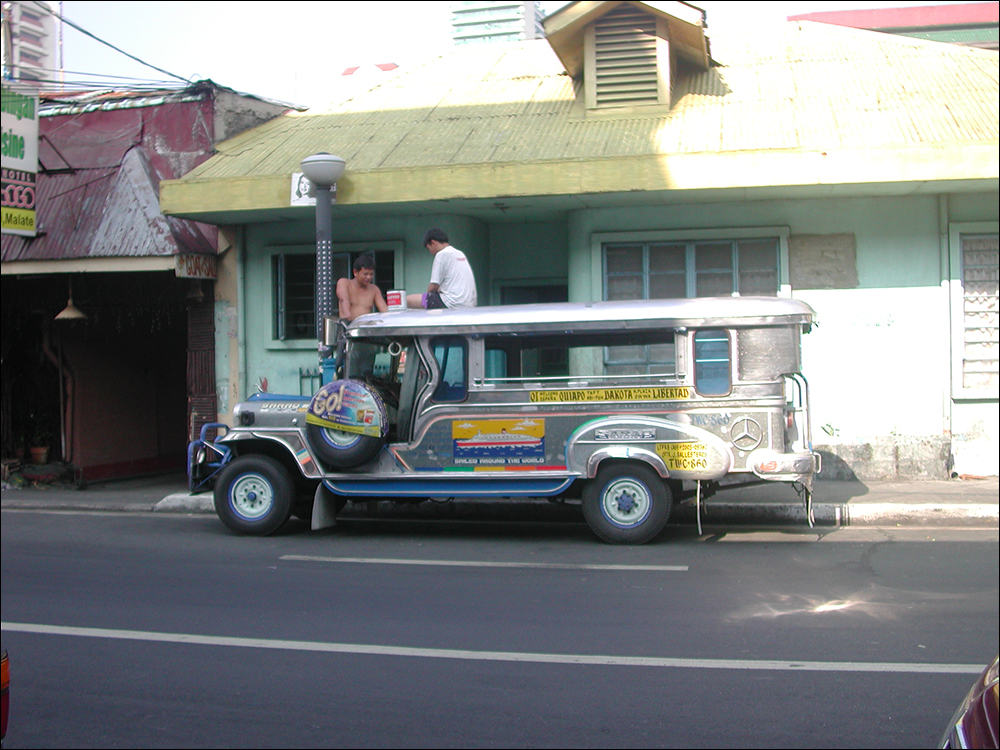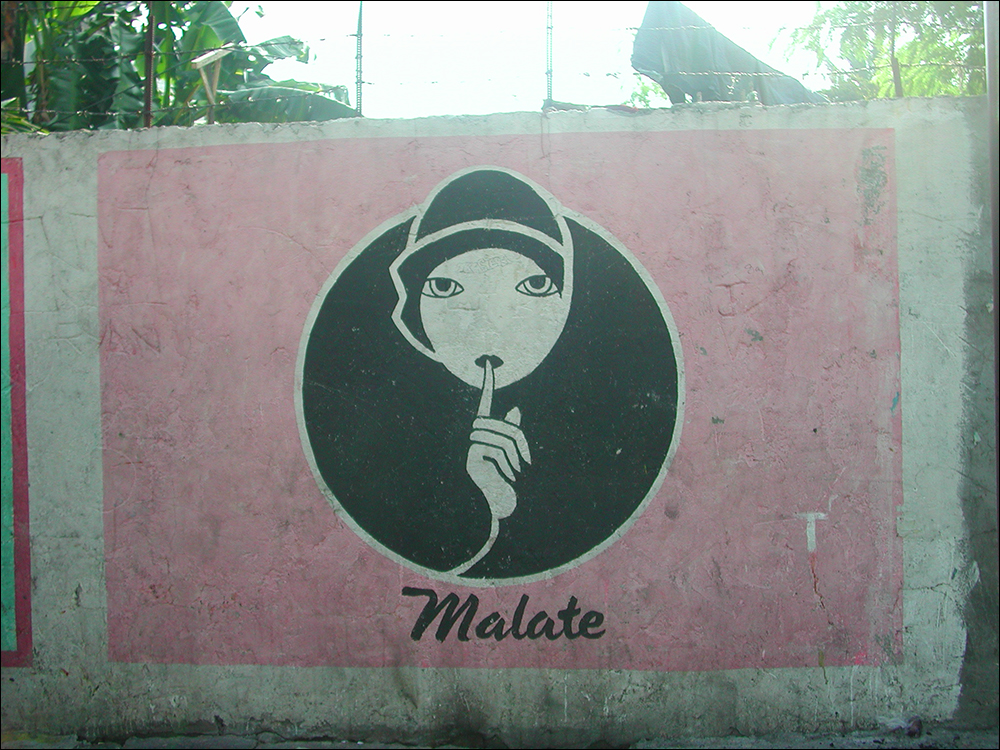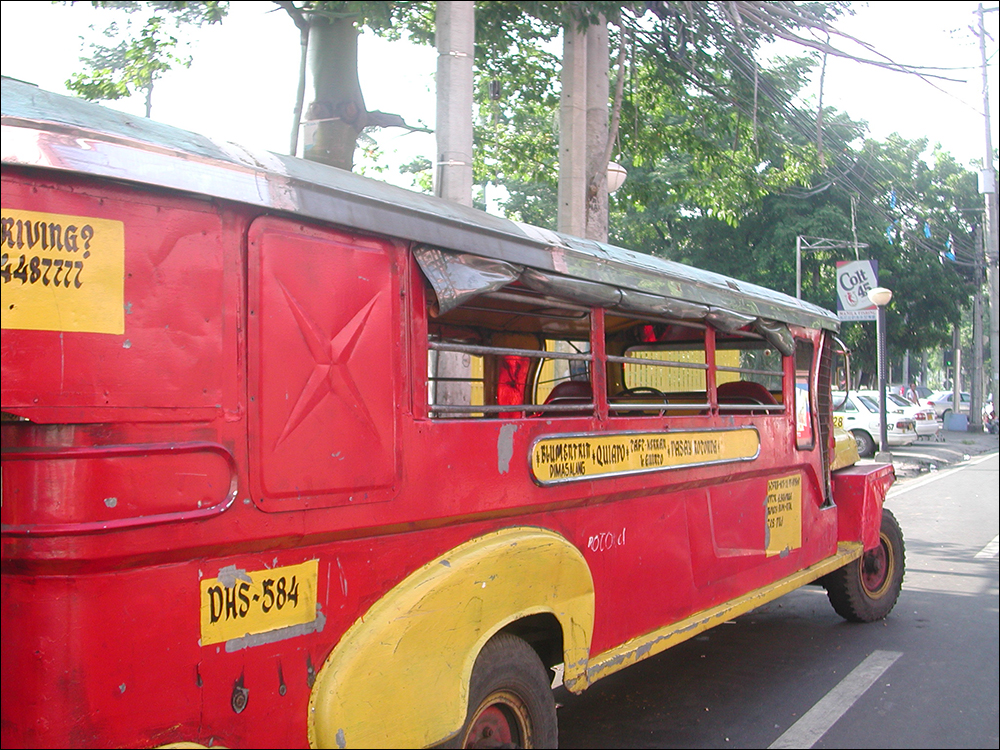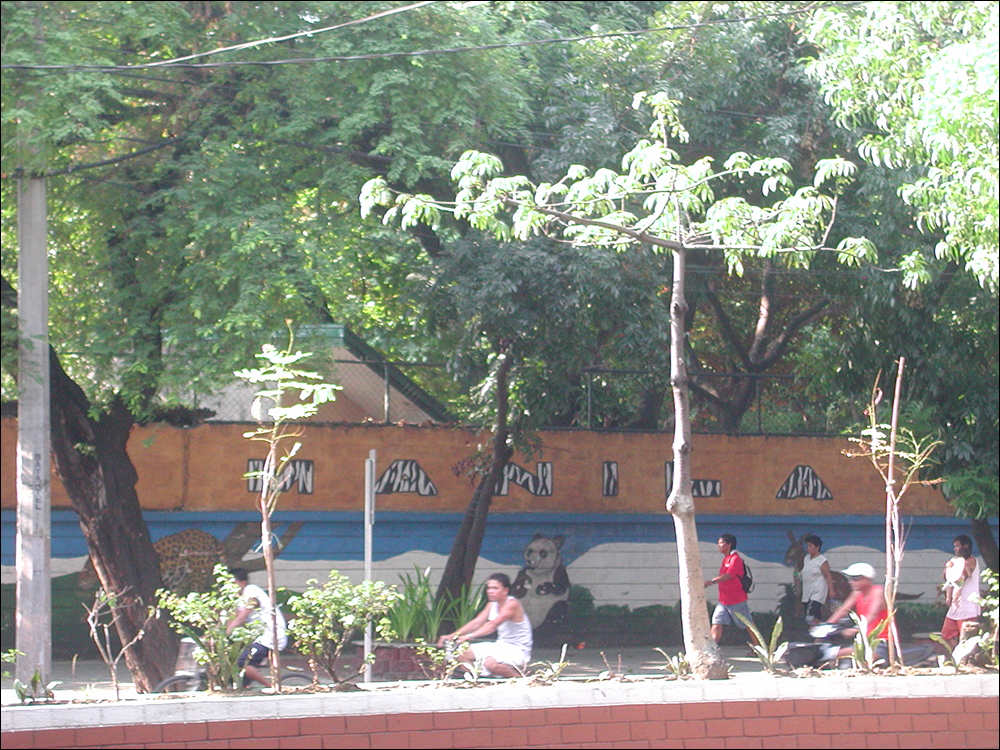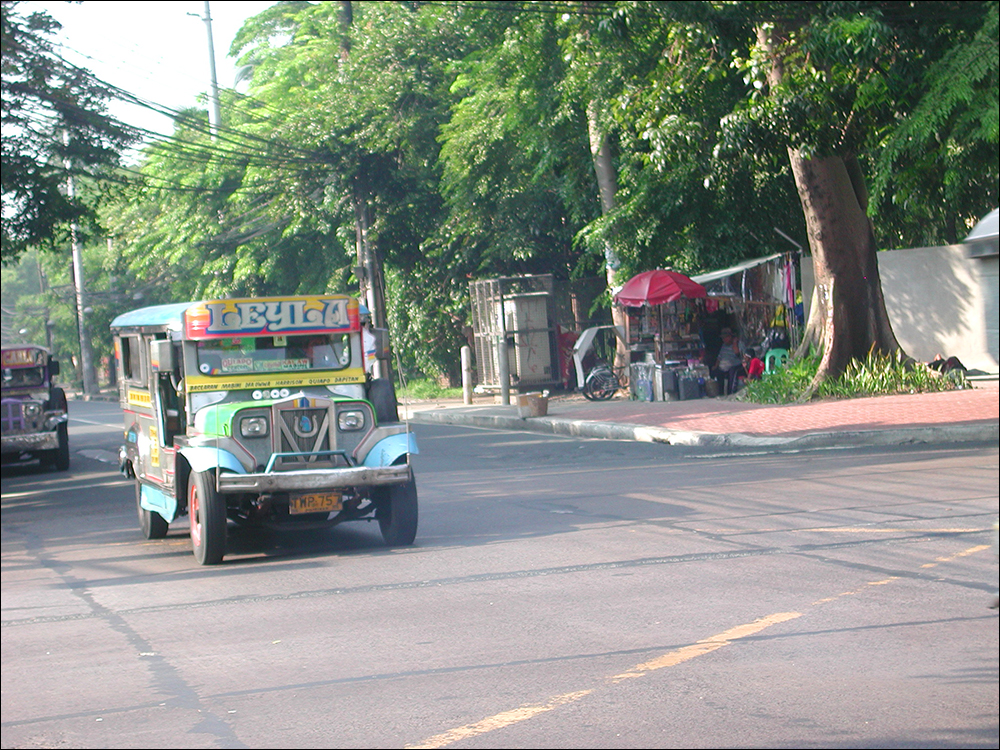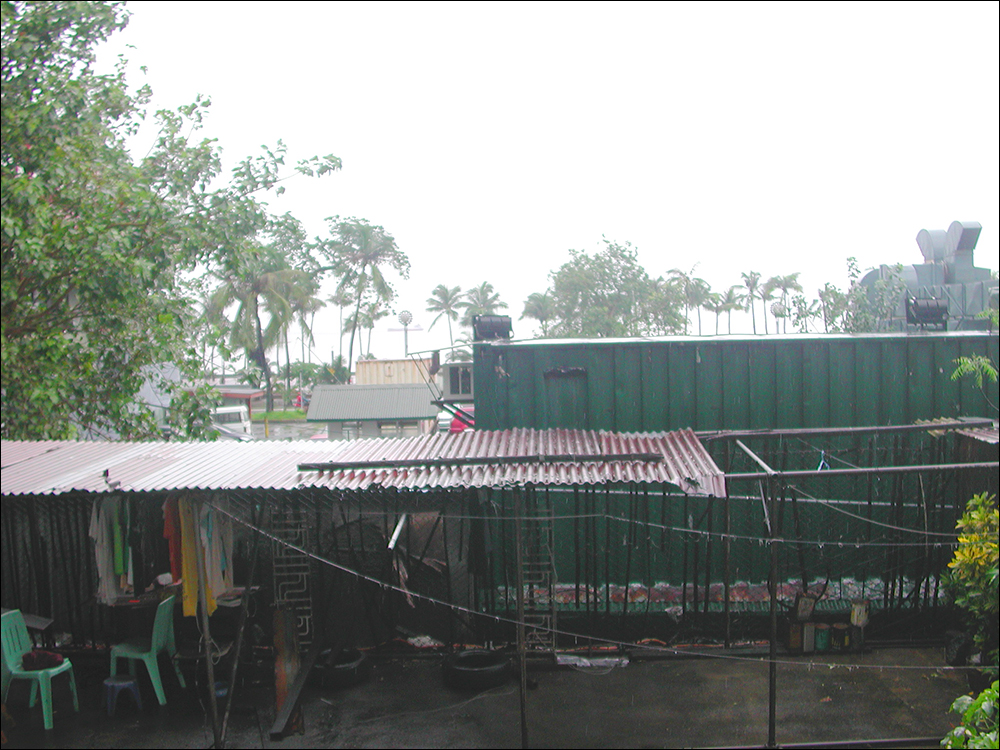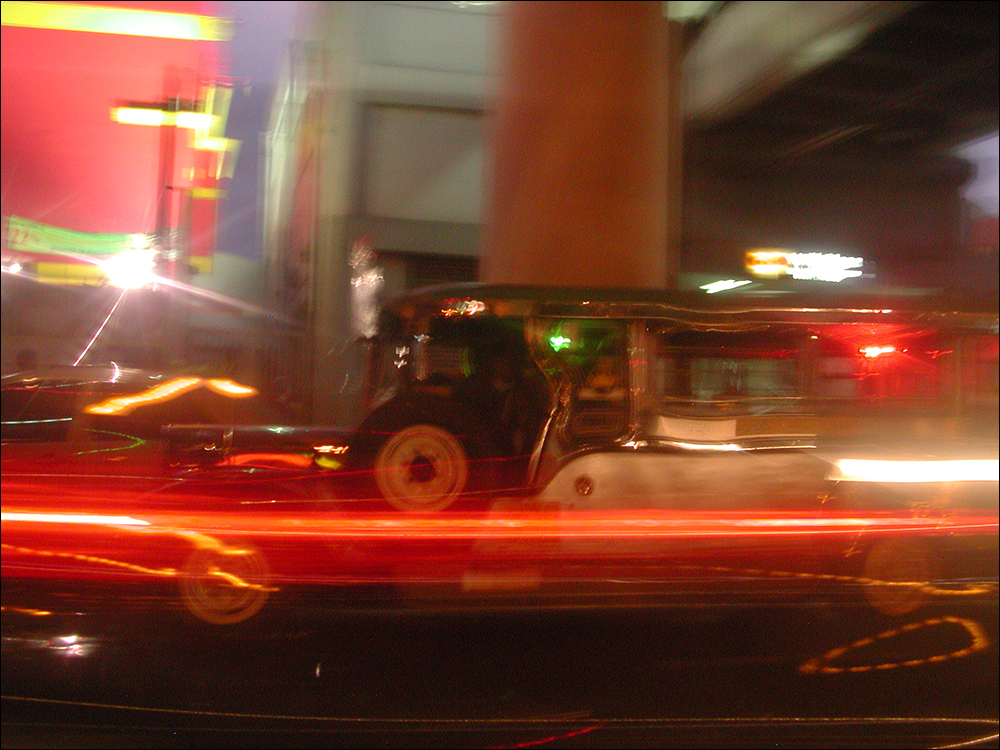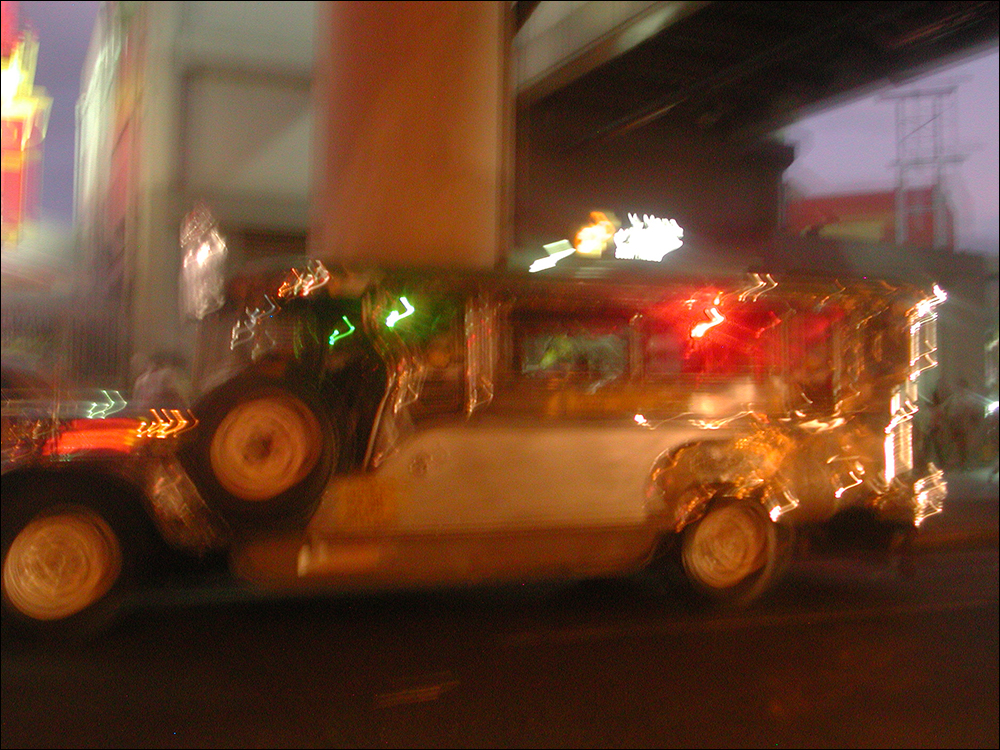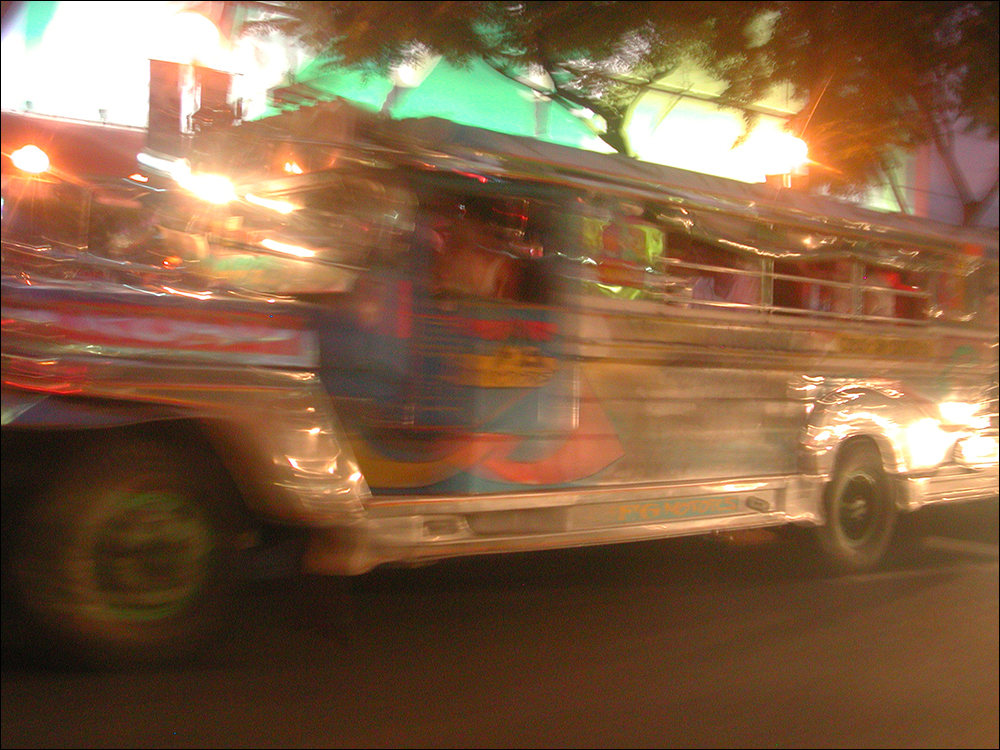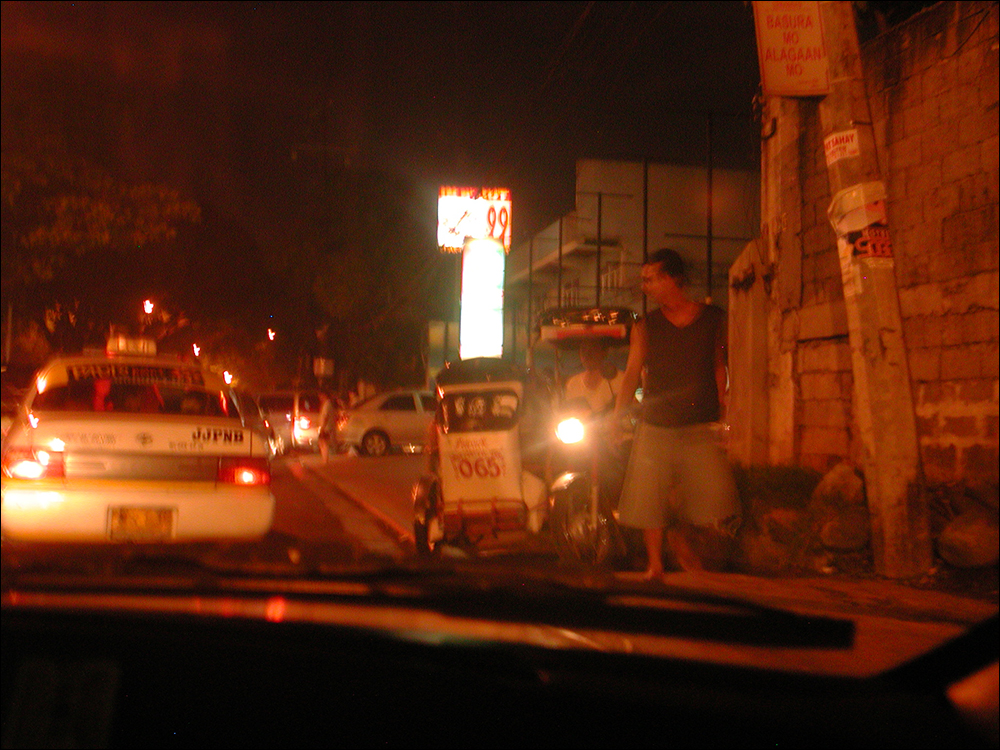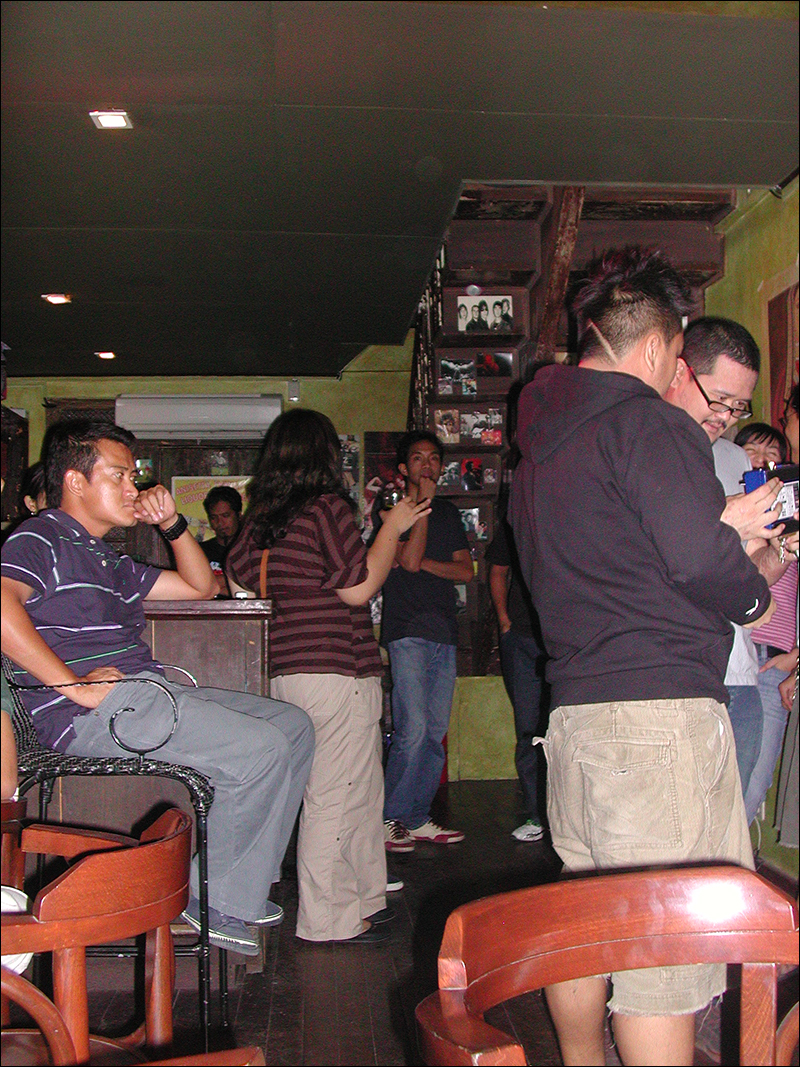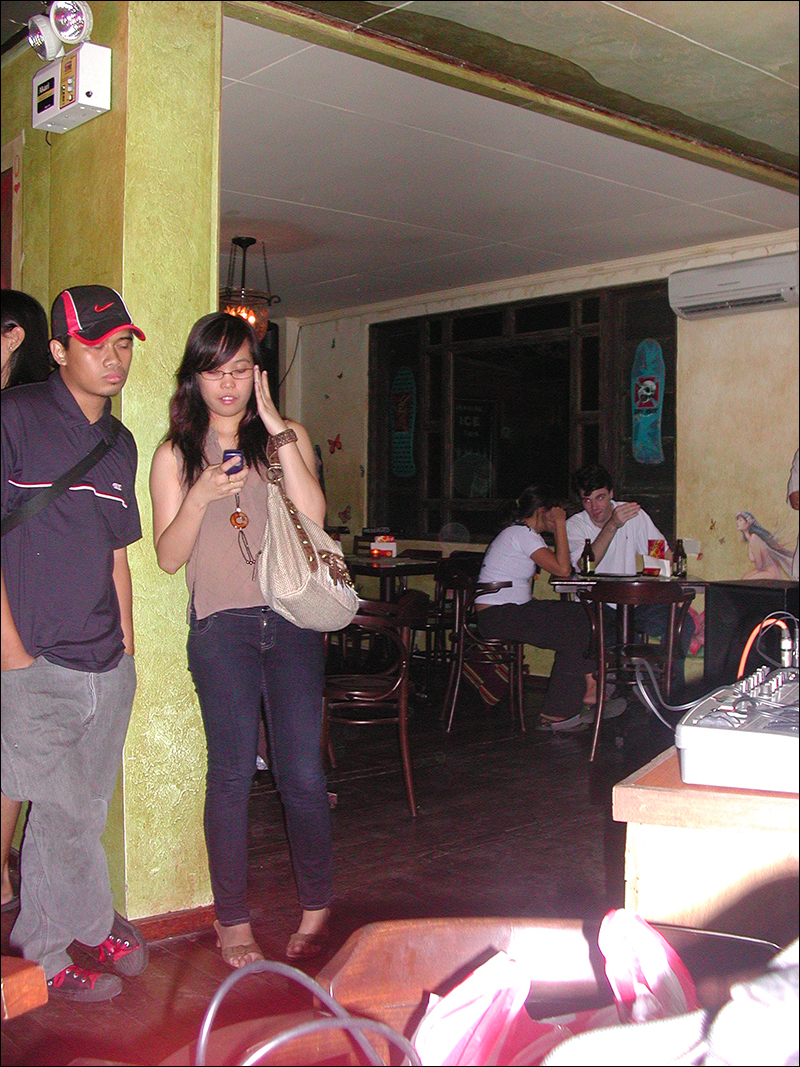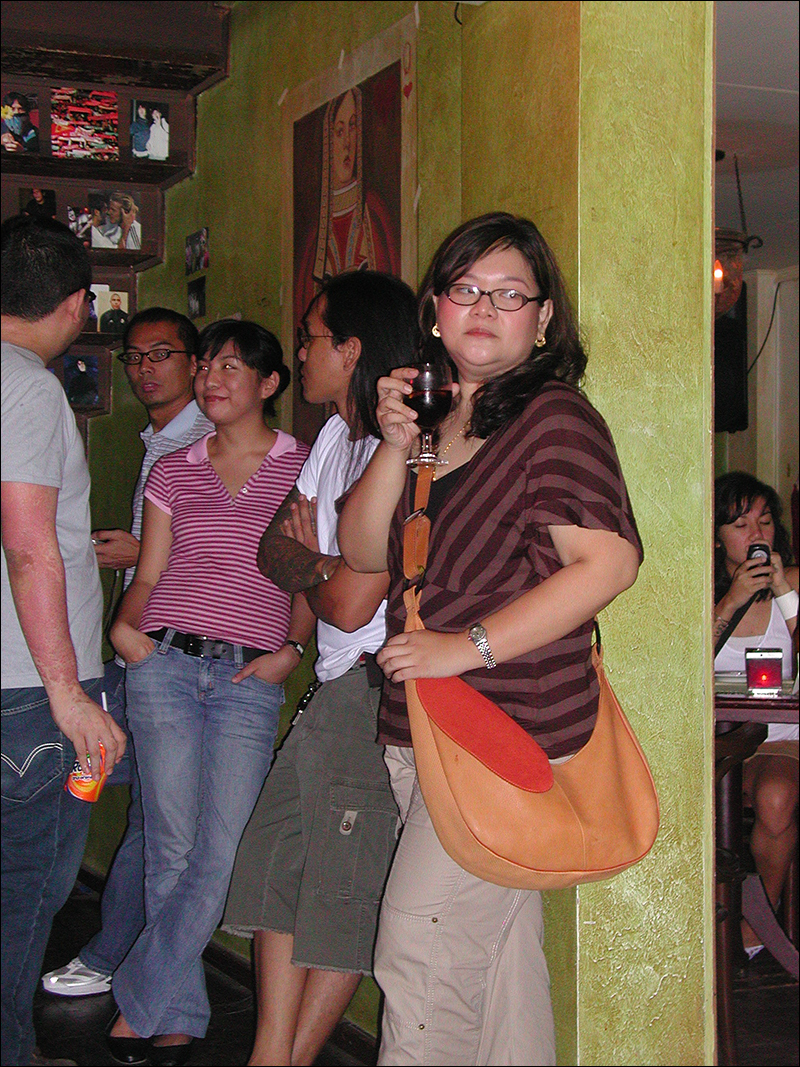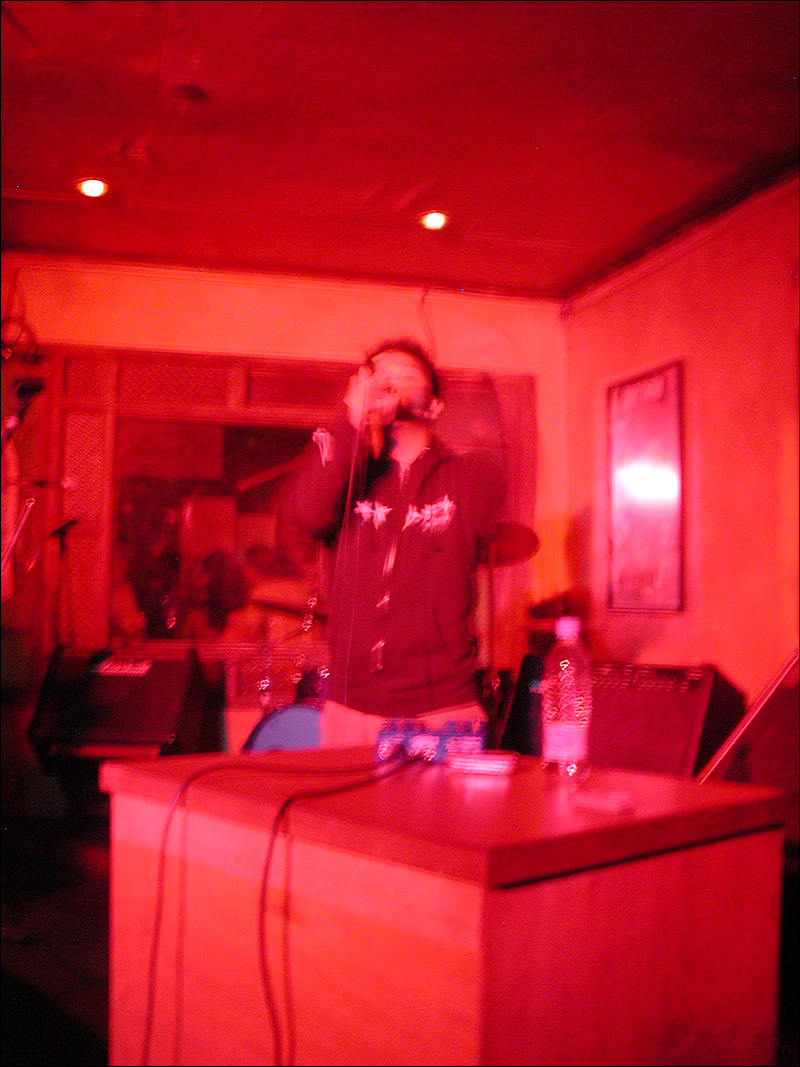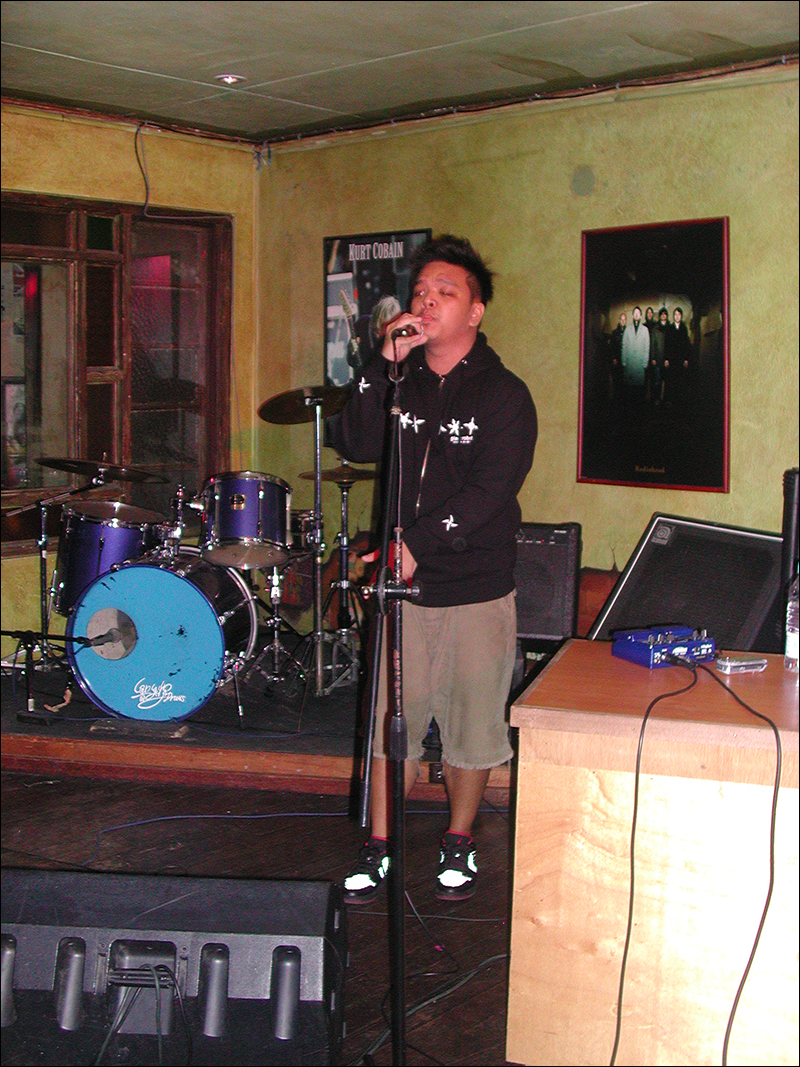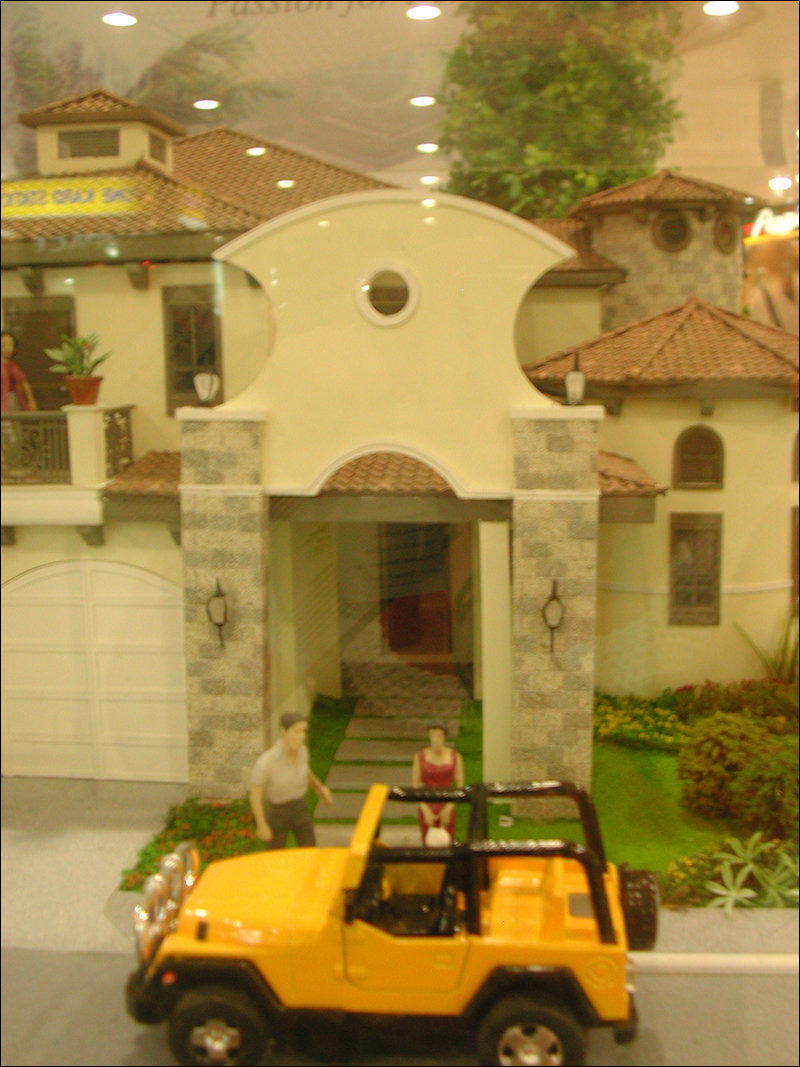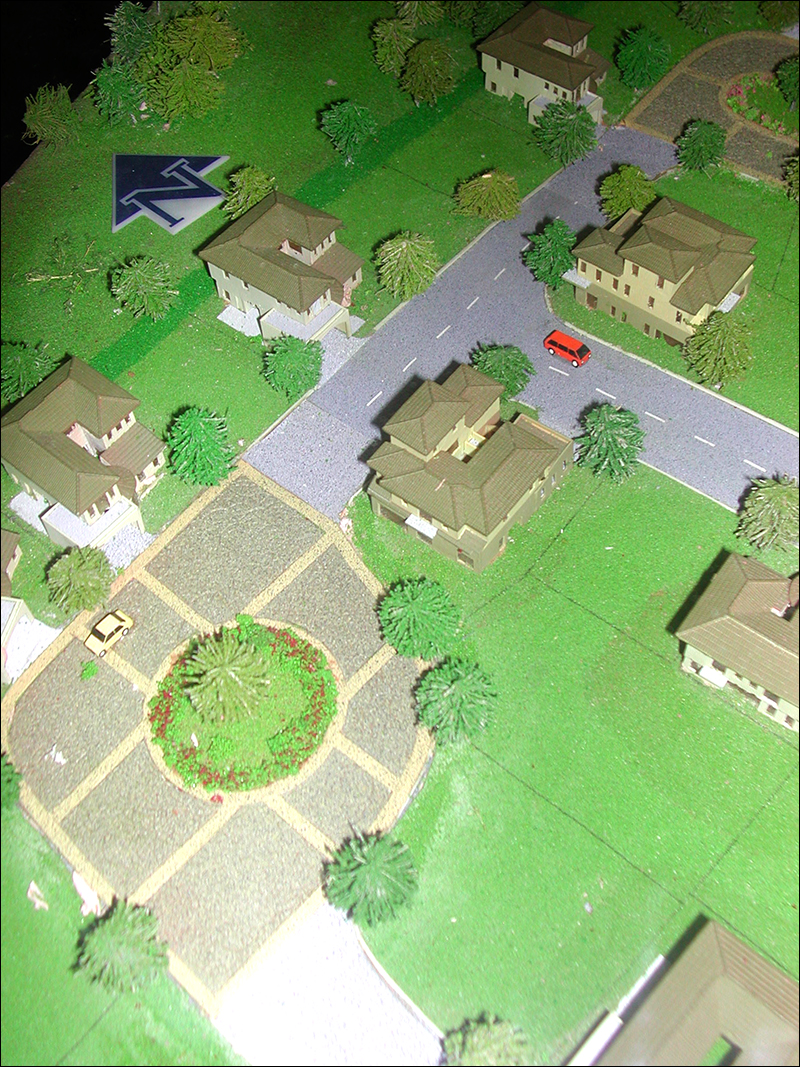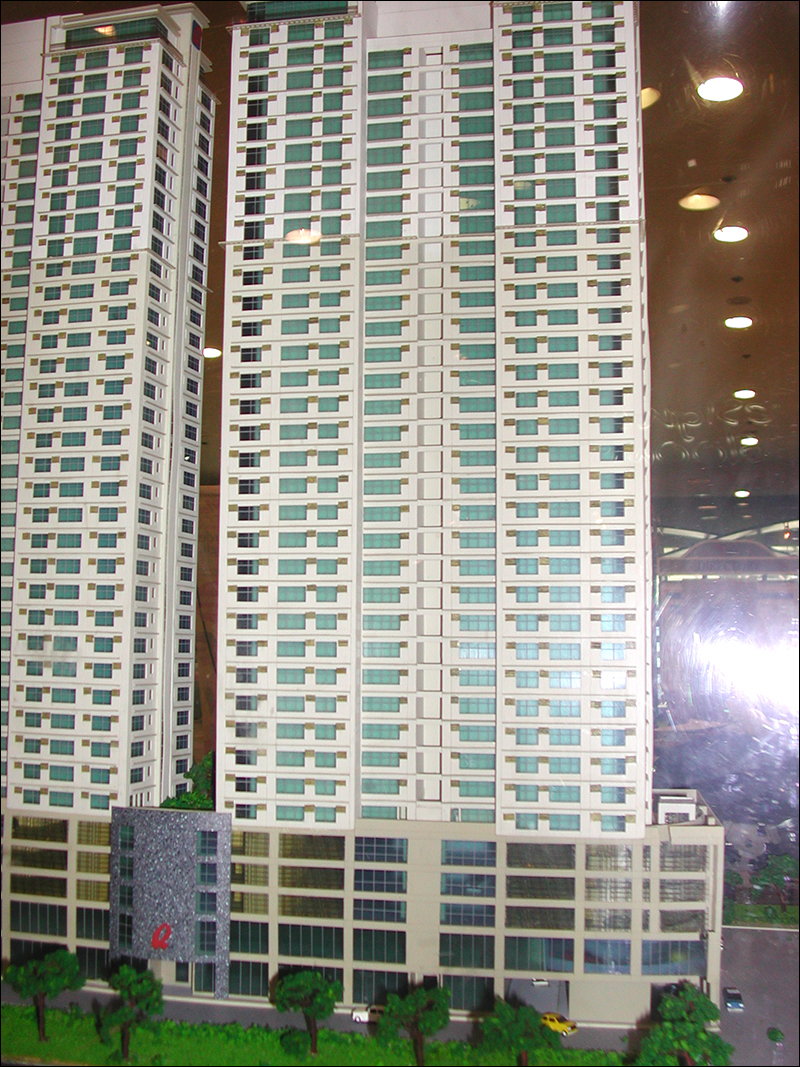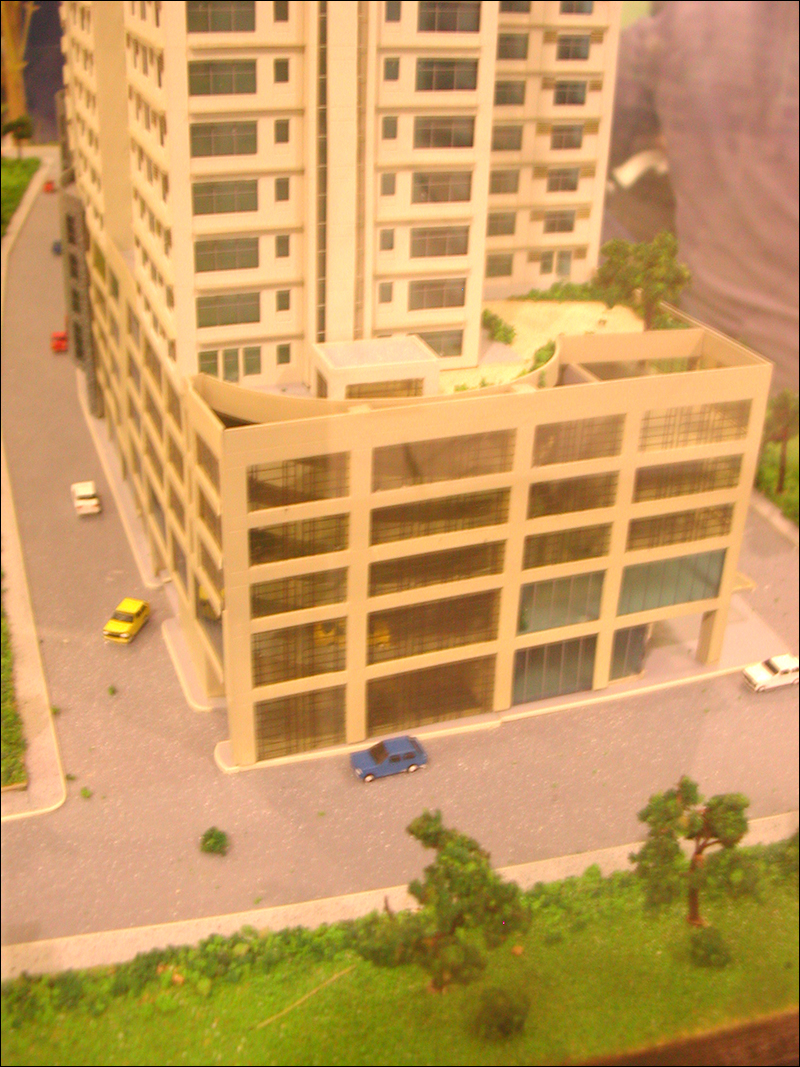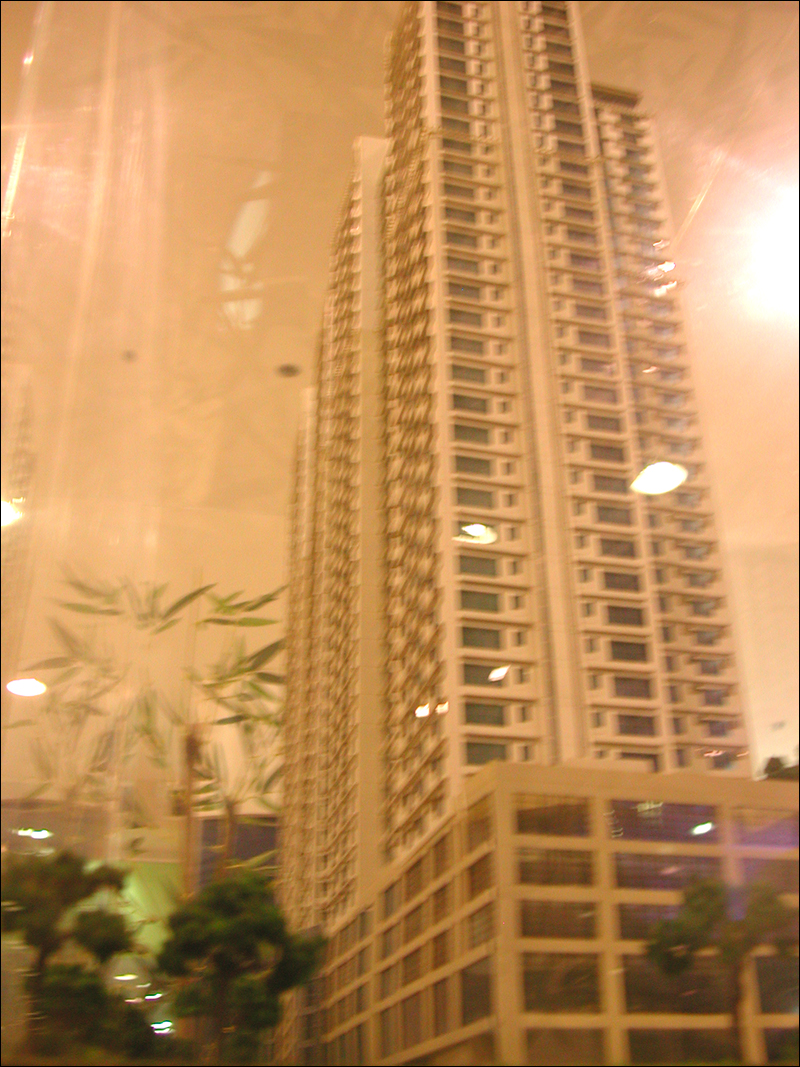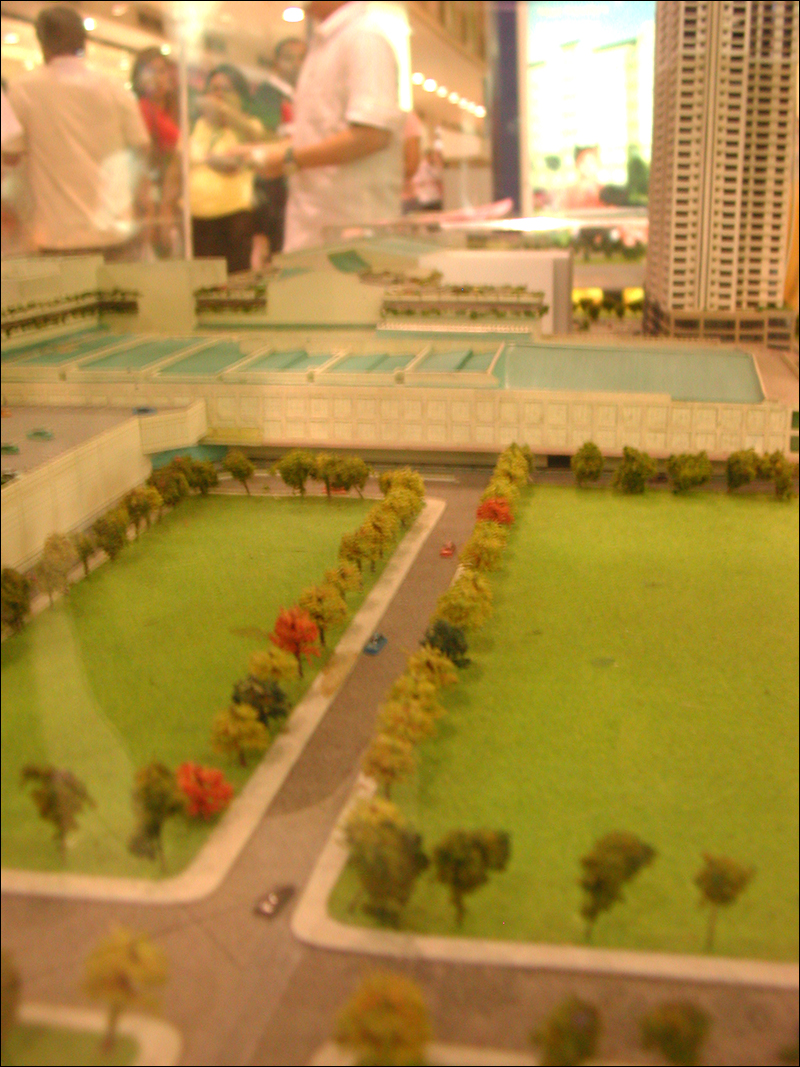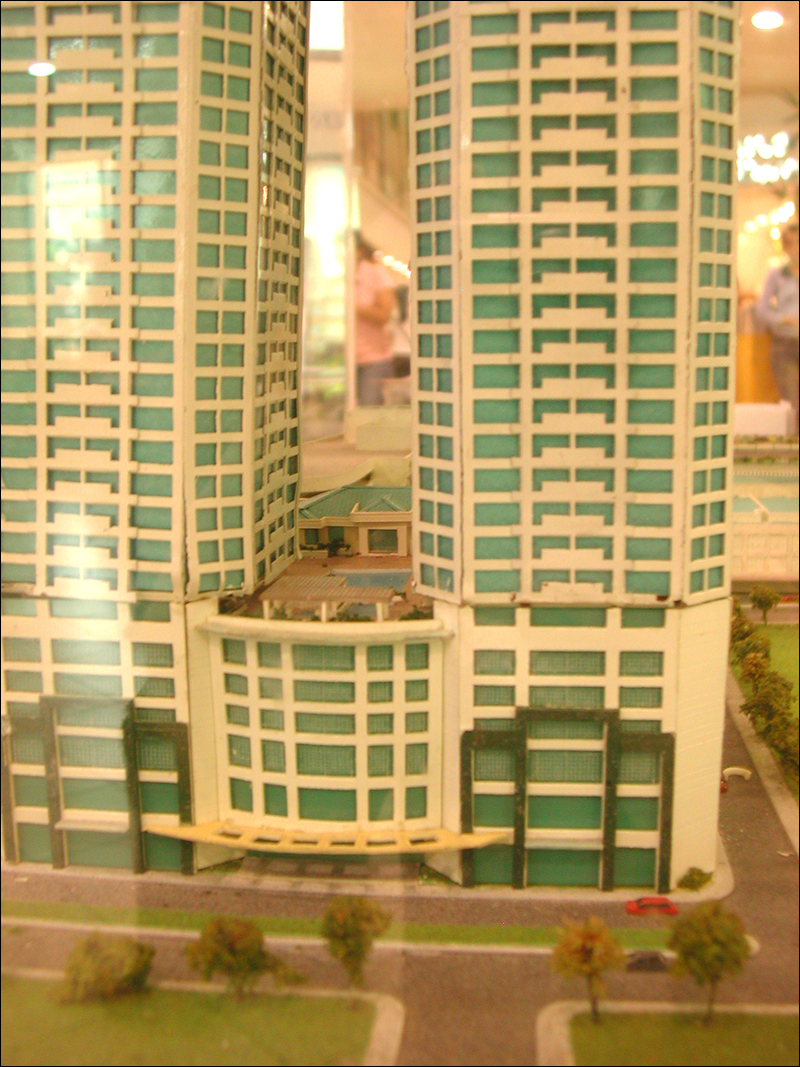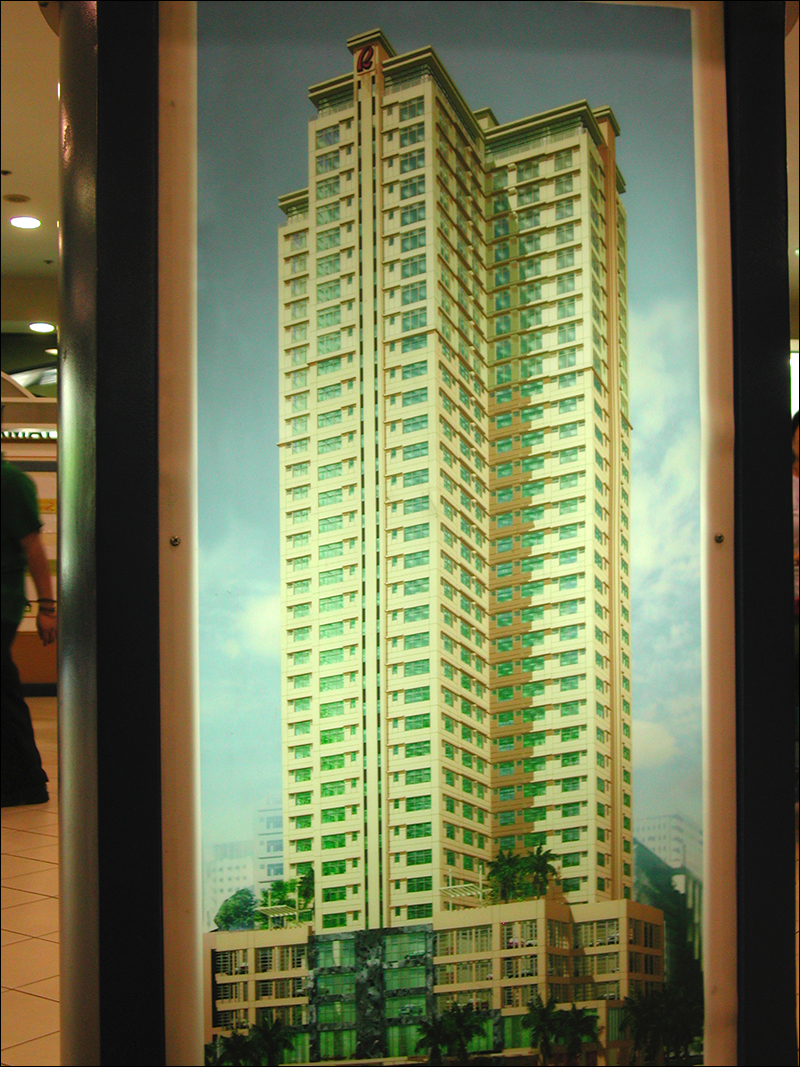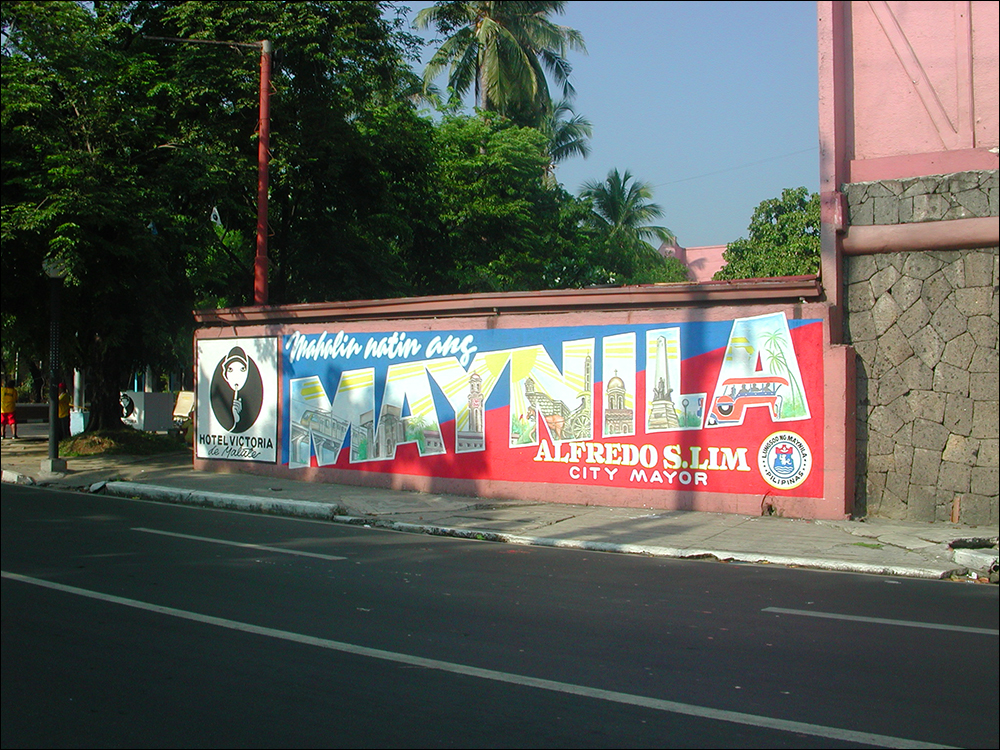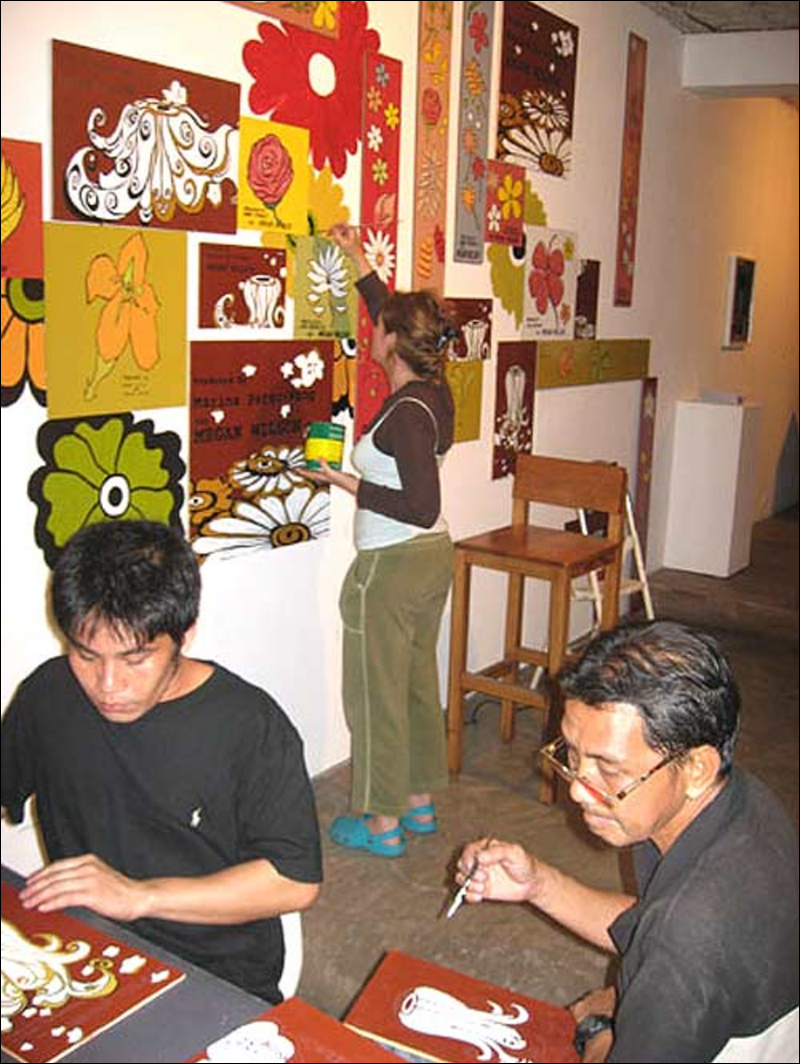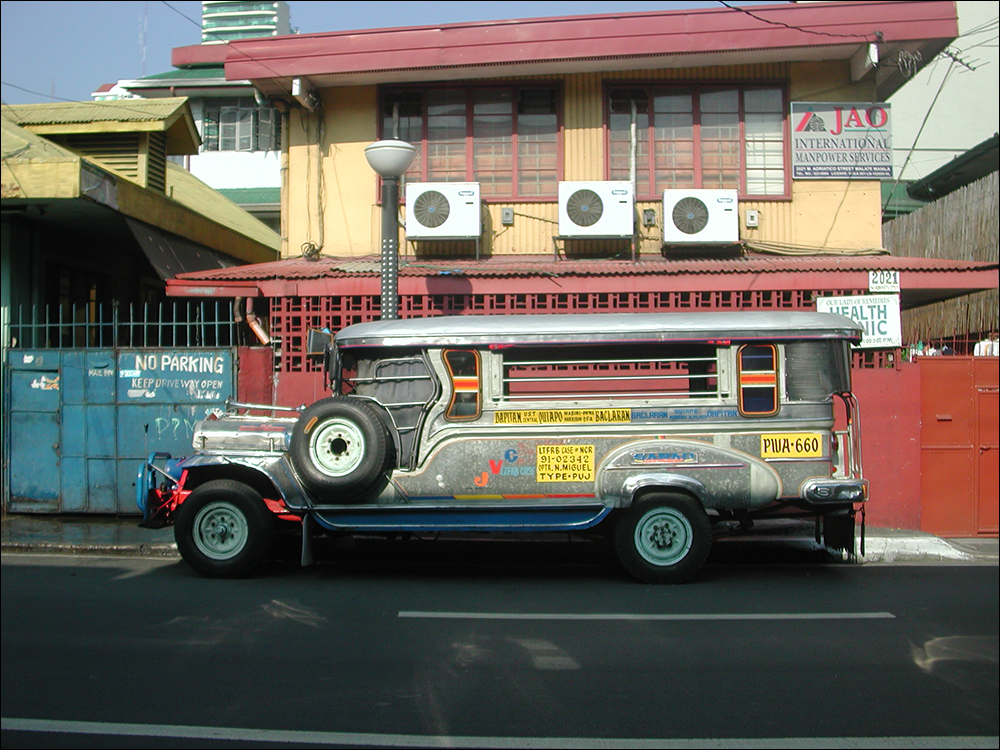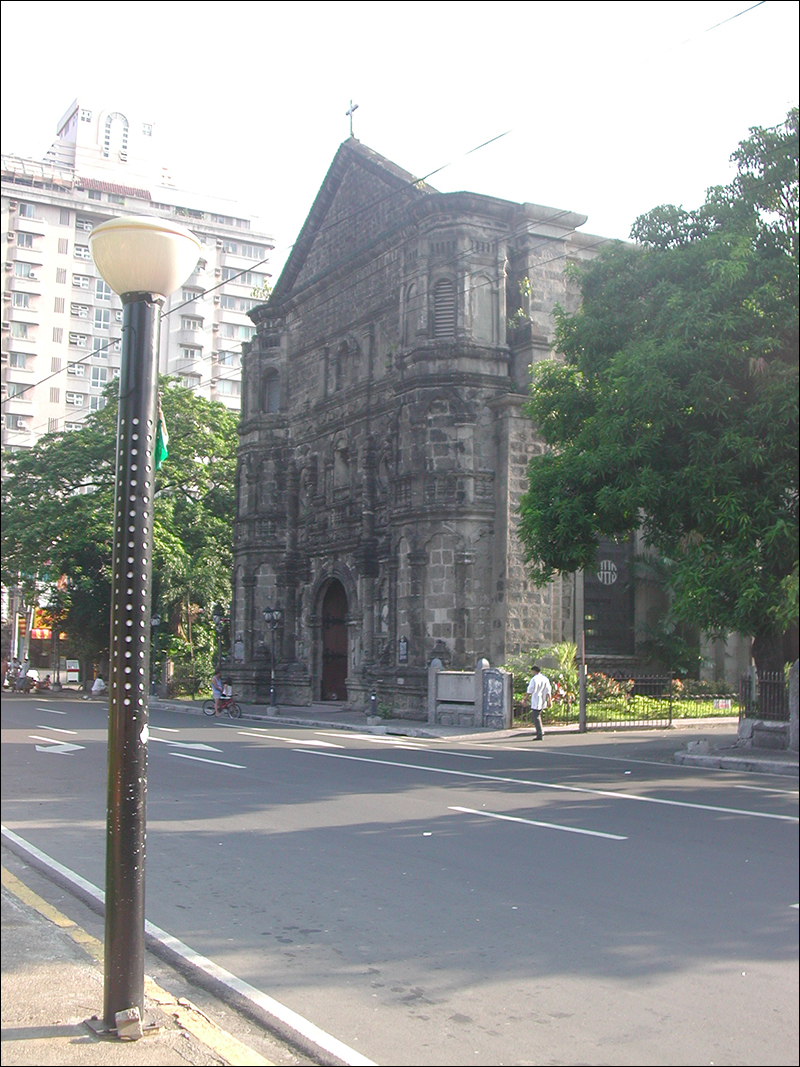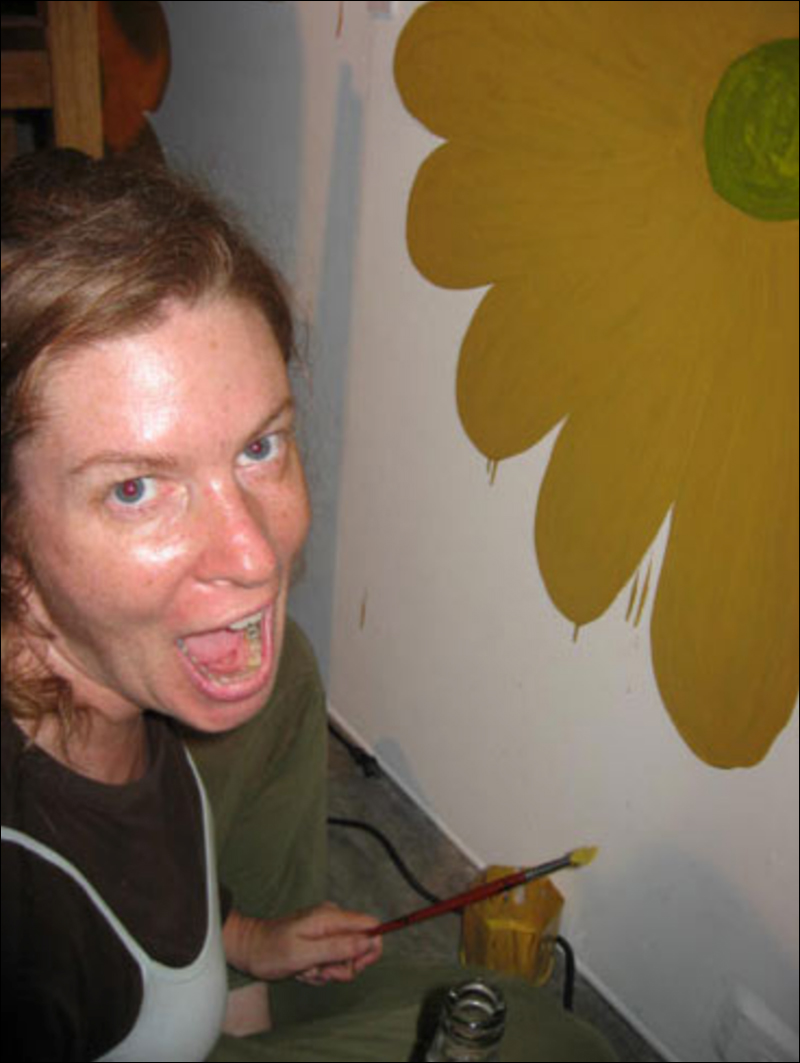Produced by Marina Perez-Wong, Ramie J. Jiloco, Jose Reyes Jr., Jaime Antanacio for Megan Wilson
Produced by Marina Perez-Wong, Ramie J. Jiloco, Jose Reyes Jr., Jaime Antanacio for Megan Wilson was part of the Manila Philippines leg of the exchange project Galleon Trade, conceived of, curated and organized by Jenifer Wofford. The installation was part of the show at Green Papaya Art Space that included myself, Mike Arcega, Stephanie Syjuco, Christine Wong, and Reanne Estrada.
Megan Wilson, Produced by Marina Perez-Wong, Ramie J. Jiloco, Jose Reyes Jr., Jaime Antanacio for Megan Wilson, paint, wood, Green Papaya Art Projects, Manila, Philippines, 2007
Galleon Trade
Initiated, curated, and organized by Jenifer Wofford
Jenifer Wofford, 2007:
Galleon Trade is an exchange exhibition of artists with ties to the Philippines, Mexico, and California. Having recently organized an exhibition of Manila-based artists for a gallery in Berkeley, California, I am now putting together another show heading the other direction back across the Pacific Ocean. Taking the historic Acapulco-Manila galleon route as its metaphor of origin, this exhibition seeks to create new routes of cultural exchange along old routes of commerce and trade. Galleon Trade will be hosted by the three Mag:Net galleries in Metro Manila, Philippines, in summer 2007.
Galleon Trade will feature well-known, innovative California-based artists Stephanie Syjuco, Julio Morales, Christine Wong Yap, Megan Wilson, Jaime Cortez, Johanna Poethig, Eliza Barrios, Reanne Estrada, Mike Arcega, Gina Osterloh, and Enrique Chagoya. Their work crosses multiple disciplines, from painting/drawing, to installation, sculpture, video, photography, performance and new media. These 11 artists will install their works across the three Mag:Net galleries simultaneously, with three to four artists in each space.
In addition to the three exhibitions, there will be an associated series of lectures, screenings, performances and special events all tied to Galleon Trade, at spaces including Green Papaya Art Projects, The Living Room, University of the Philippines, and Mag:net Katipunan.
WHY GALLEON TRADE:
The myriad connections and histories shared between California, Mexico, and Philippines are tremendous, but have rarely been acknowledged in a creative setting. Contemporary issues of postcolonial history, transnational relationships, globalization and commerce provide ample inspiration for creative output, and new ways of creating dialogue across multiple communities. The potential for exchange and new opportunities for dialogues across the Pacific Ocean is enormous, and untapped.
California, Mexico, and the Philippines all have thriving arts communities and artist-run galleries, despite economic challenges and lack of traditional arts funding in many of these communities. Galleon Trade aims to prove that grassroots international arts exchange can still occur despite these challenges: it will be critical as yet another model, and a template, for how international arts exchange can manifest creatively.
HISTORICAL CONTEXT:
The Acapulco-Manila galleons were Spanish trading ships that sailed across the Pacific Ocean between Manila in the Philippines and Acapulco, Mexico. The galleons ran this route once or twice per year from 1565 to 1815. The Spanish were the first Europeans to attempt to colonize the Philippines, and immediately sent ships across the Pacific from their colonial base in Mexico, but it wasn’t until 1565 that they discovered a viable route back across the Pacific by following north-easterly trade winds and currents to Northern California, then following the coastline south to Acapulco, effectively making a large triangle.
This discovery initiated the trading route that became known as the "nao de la China", or "the ship of China": though the Philippines provided some products, it was spices and goods from the "Spice Islands", and silk, porcelain, jewels, gold and other valuables from China which made the Manila galleon trade so lucrative. There was huge demand in China for silver from the New World mines, and westbound Manila Galleons were loaded with it. Europe and the New World's appetite for these products from the Far East became insatiable, and the huge profit margin made the perilous journey worthwhile.
Produced by Marina Perez-Wong, Ramie J. Jiloco, Jose Reyes Jr., Jaime Antanacio for Megan Wilson
During the opening, Ramie (Apeed), Jose (Boy), and Wilson painted throughout the event. Wilson was interested in bringing visibility to the workers behind the labor/objects they produce and paying them a living wage for that work.
Hanging at Galleon Trade Home Spaces - Thank You Carlos Celdran and Juan!
Exploring Manila
Out On The Town
Manila Planned Communities Displayed in Malls:
Galleon Trade I Manila
Galleon Trade I came to Metro Manila, Philippines, from July 24 to August 16 2007. Galleon Trade II was presented as part of Bay Area Now at Yerba Buena Center for the Arts in 2008, pairing artists from the Philippines and California artists.
Produced by Marina Perez-Wong, Ramie J. Jiloco, Jose Reyes Jr., Jaime Antanacio for Megan Wilson
For Galleon Trade I Wilson hired 4 painters to create signs that said "Produced by [their name] for Megan Wilson. The only stipulations were that they would paint this phrase of origin on each sign, create a flower design (Marina used a combination of my flower designs and hers), and use the color palette I had selected. I paid each of them a living wage for their work, rather than minimum wage or what I "could get."
During the opening, Ramie (Apeed), Jose (Boy), and I painted throughout the event. Through this project, I was interested in bringing visibility to the workers behind the labor/objects they produce and paying them a living wage for that work.


